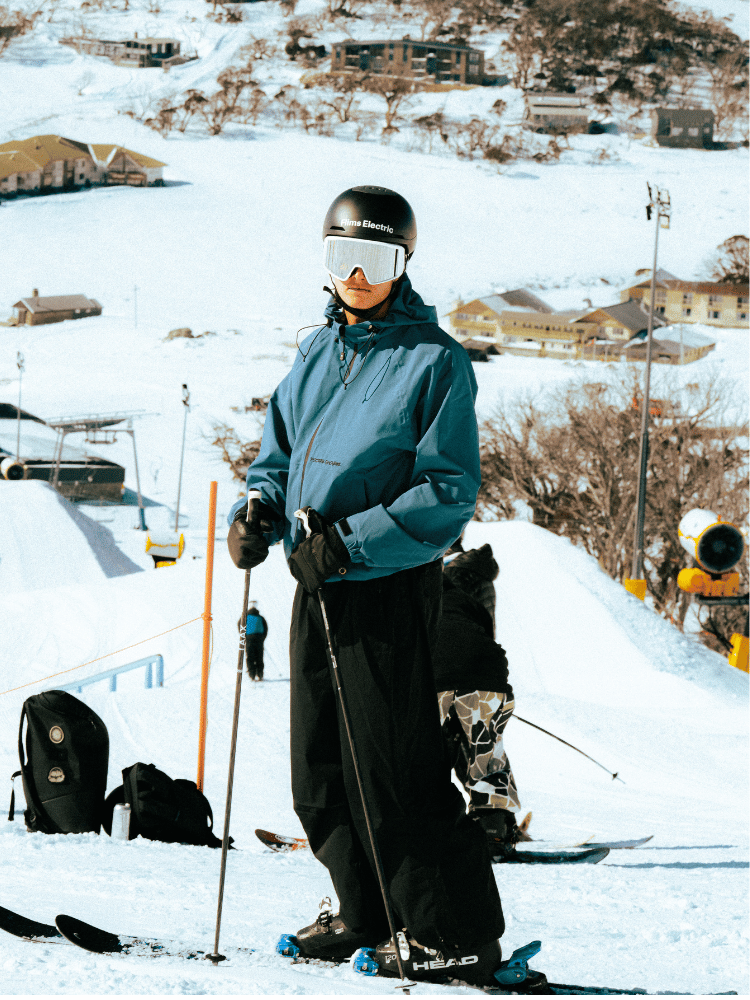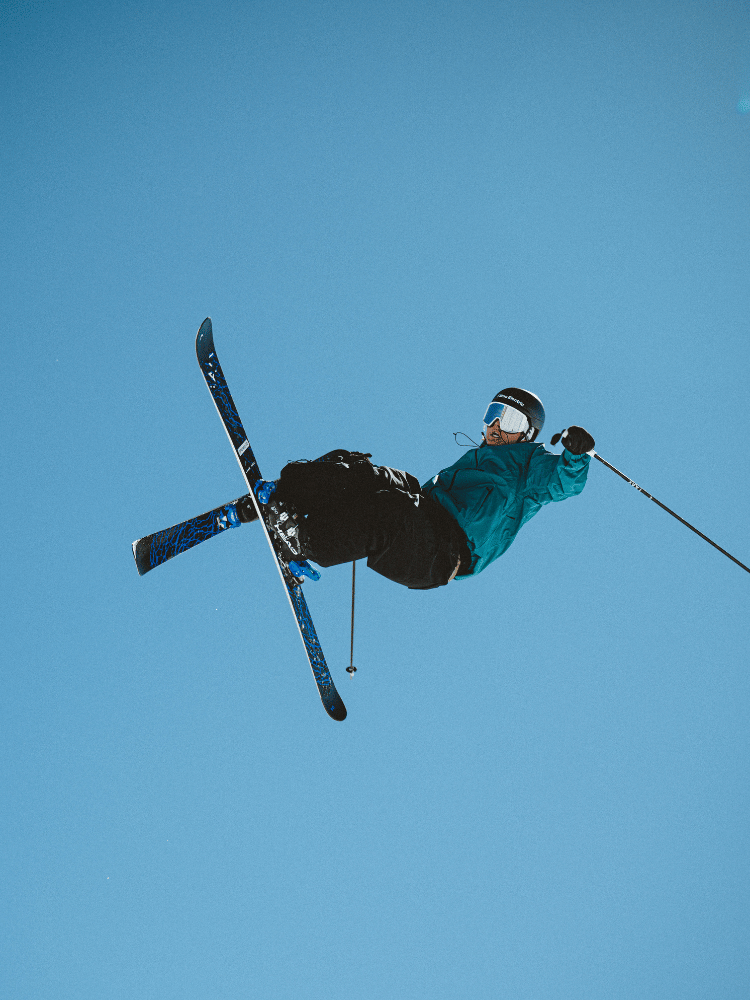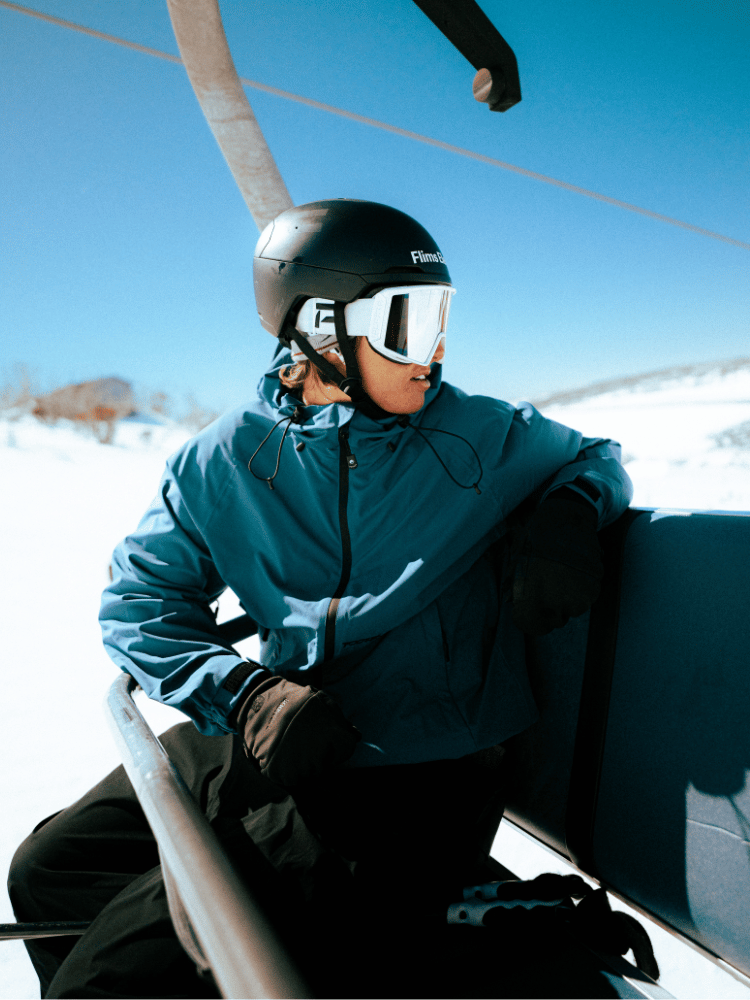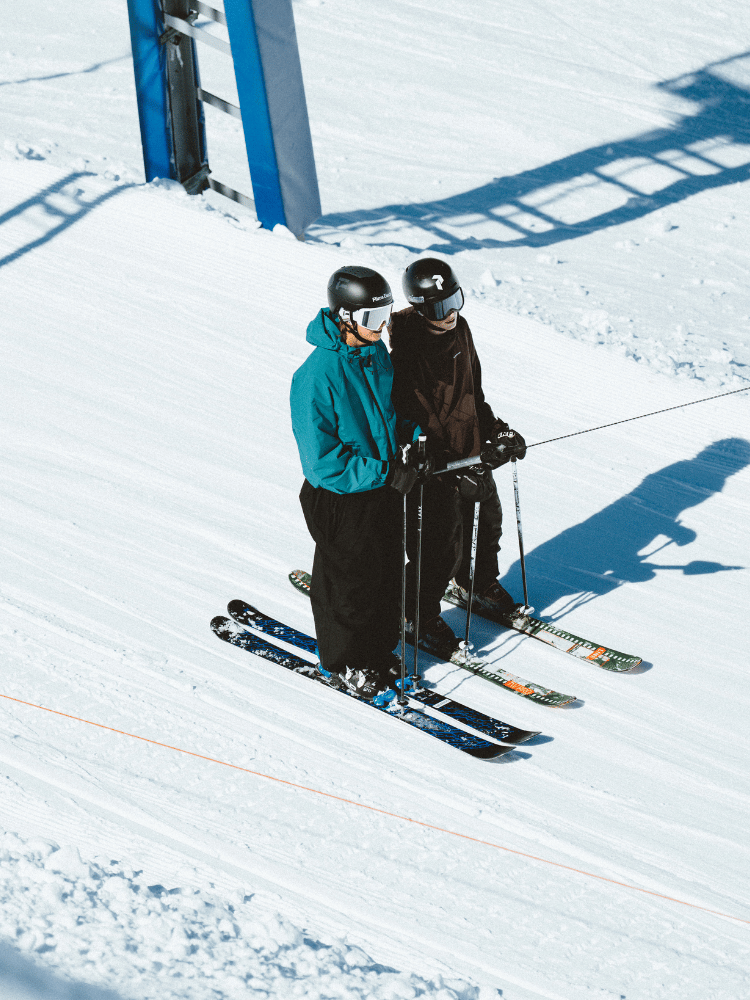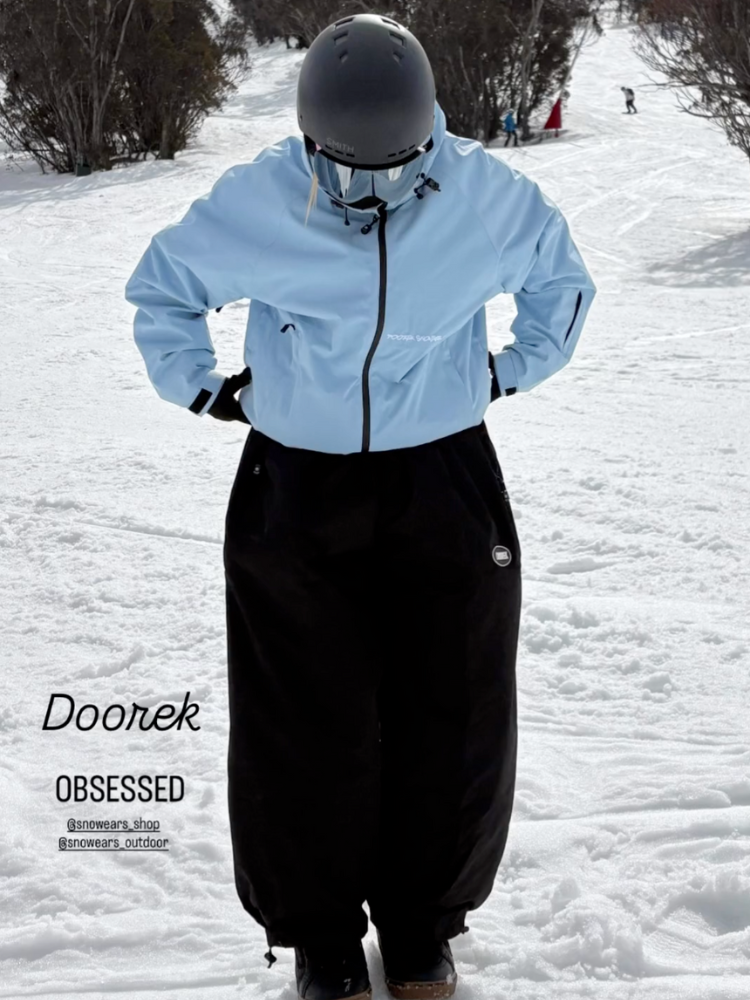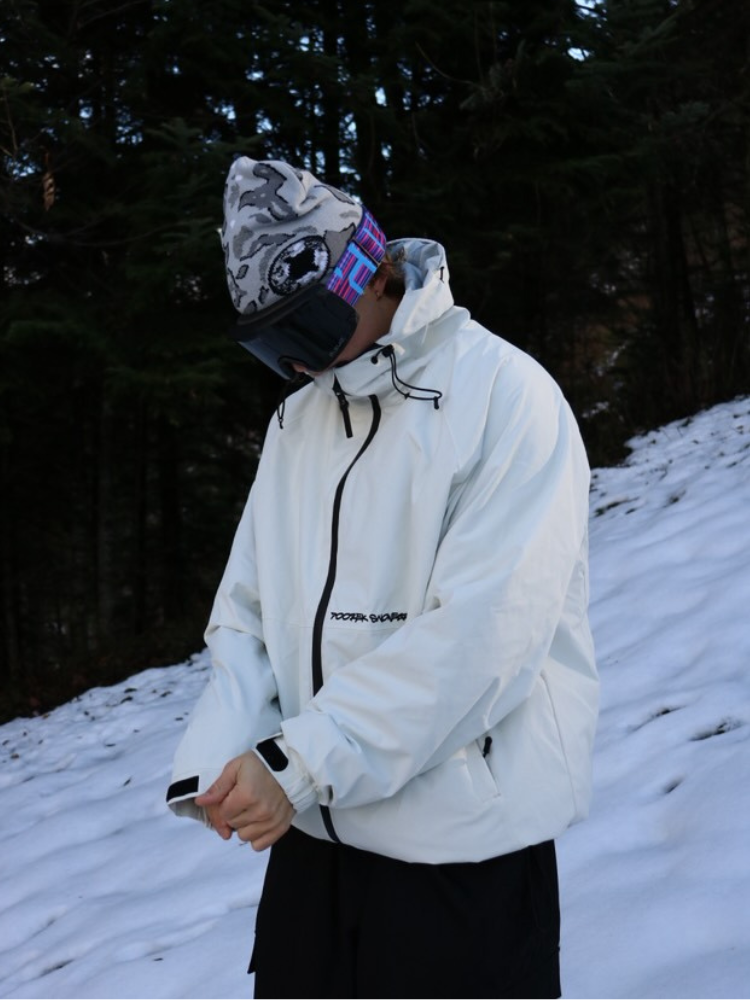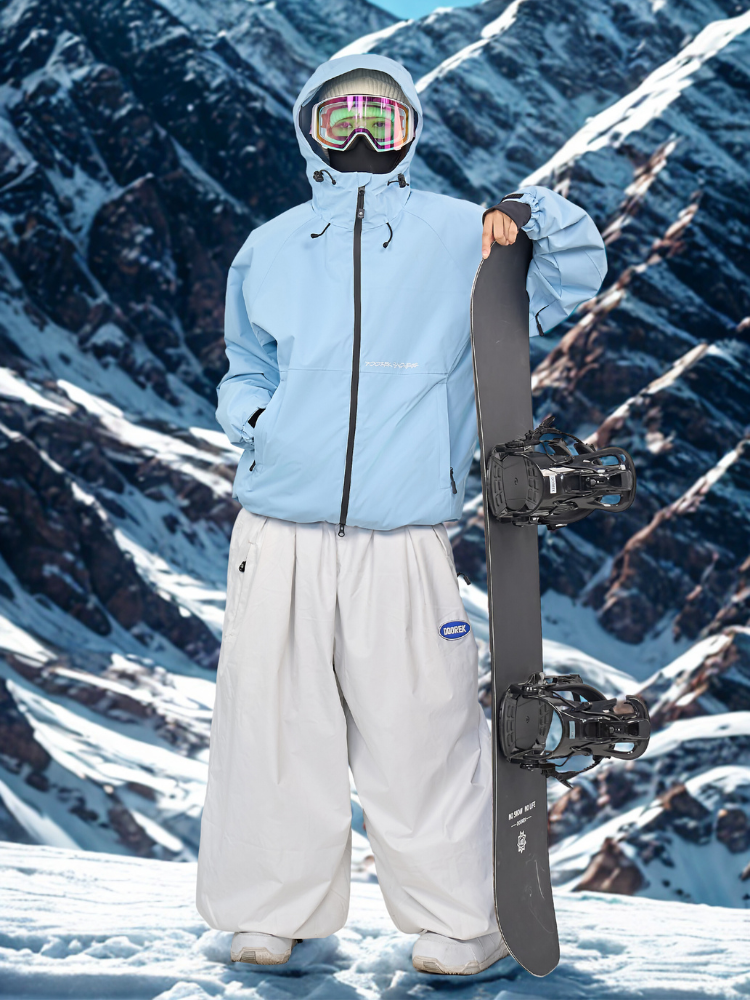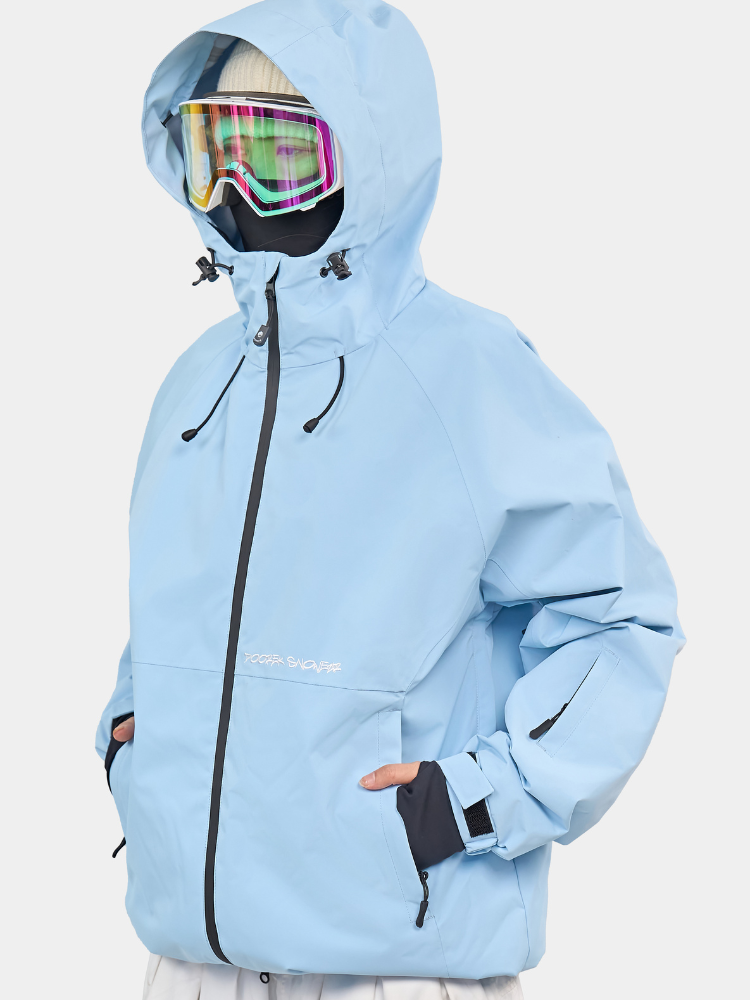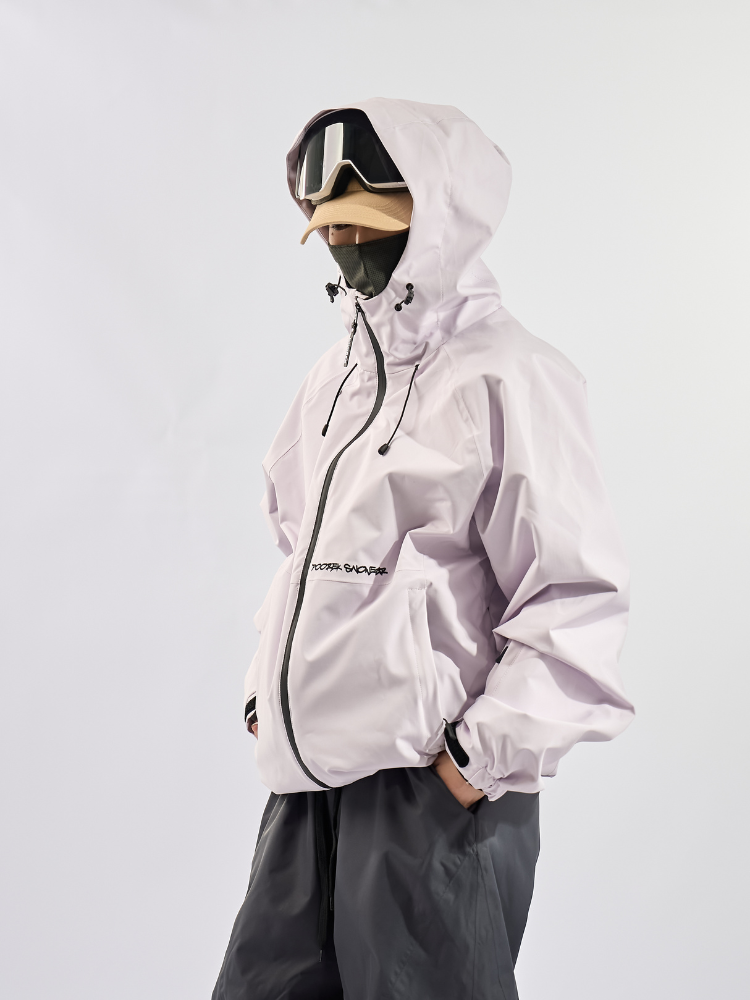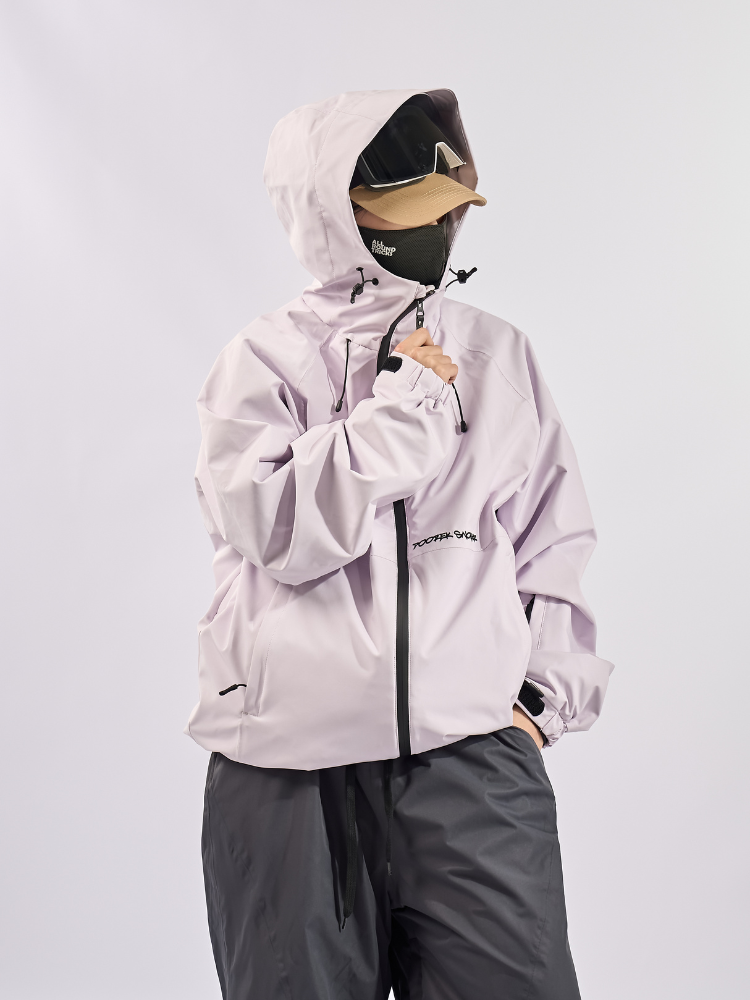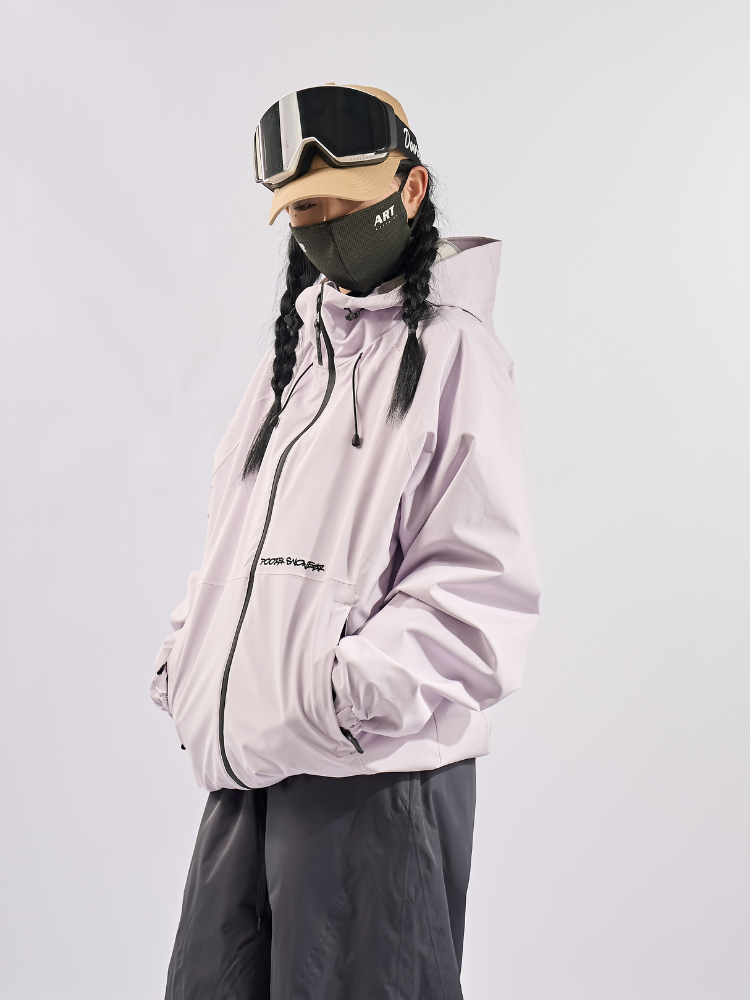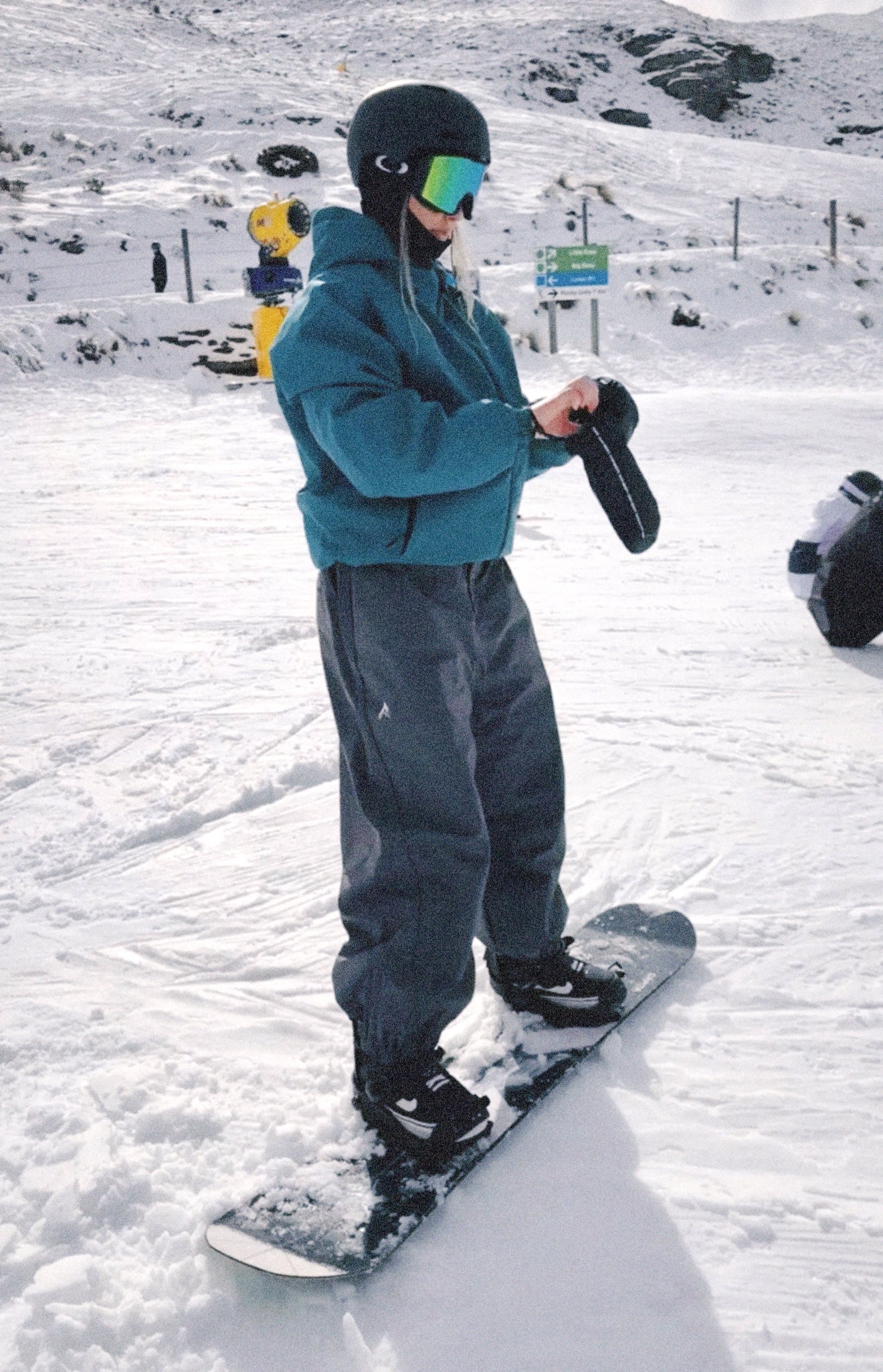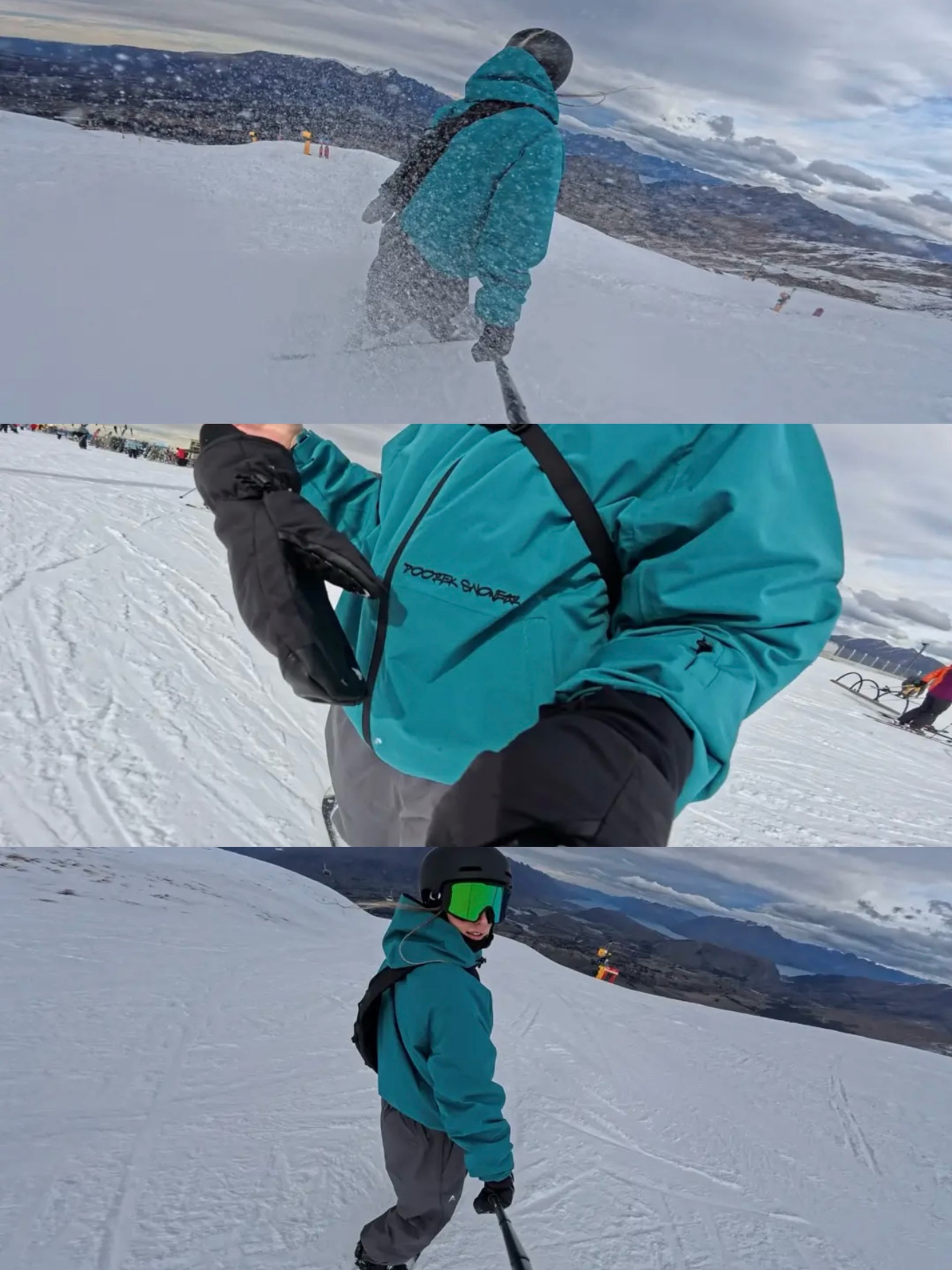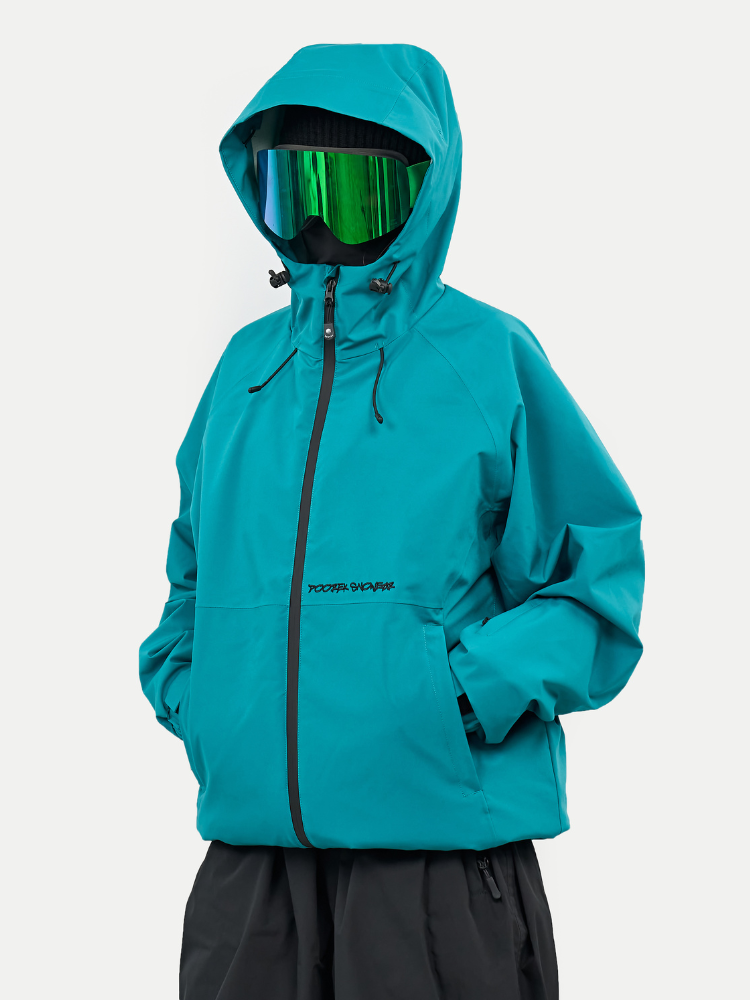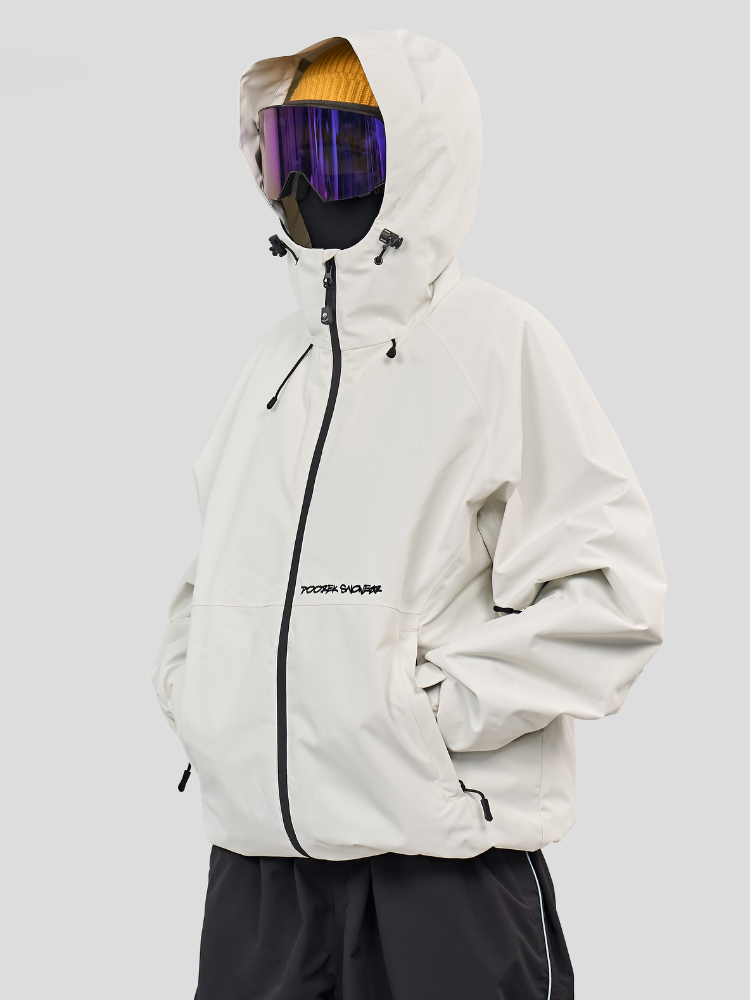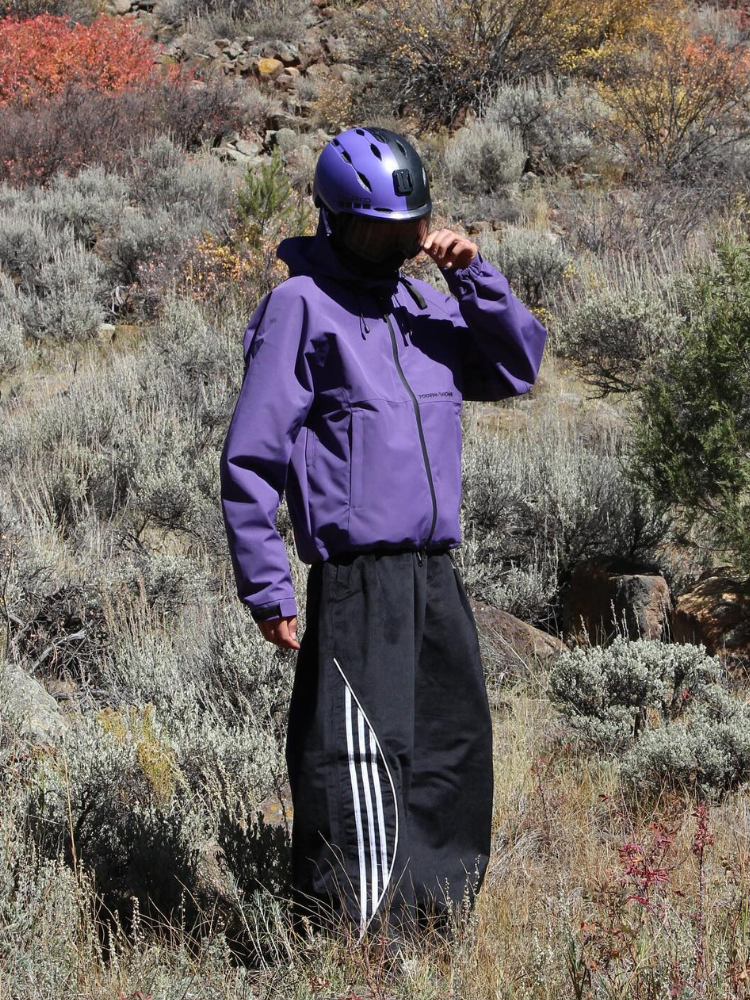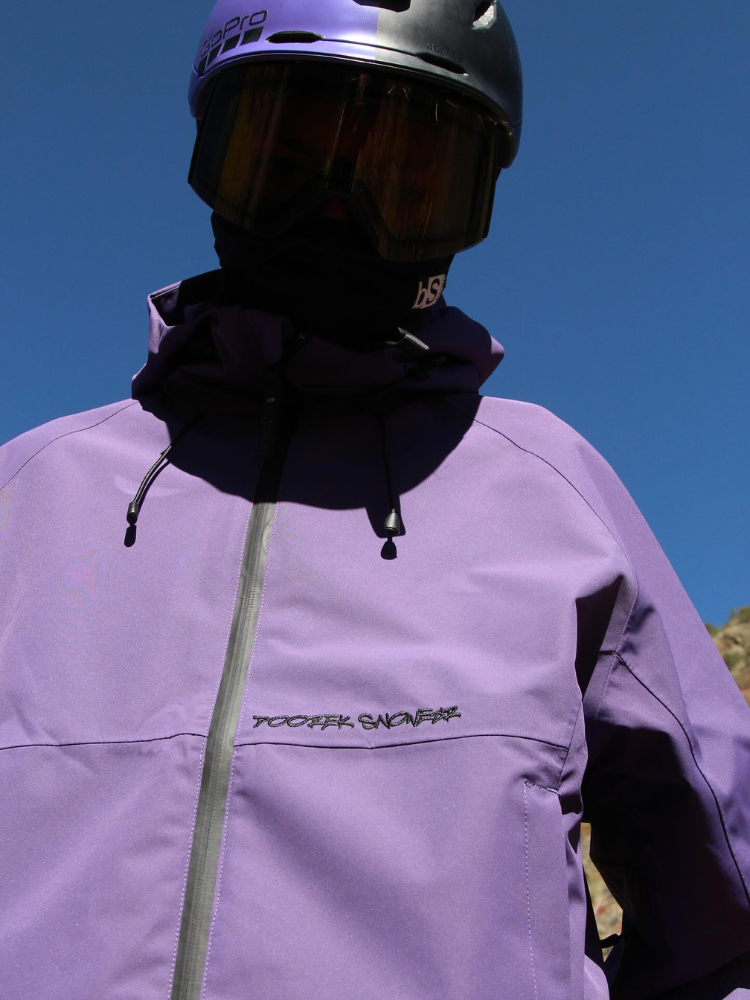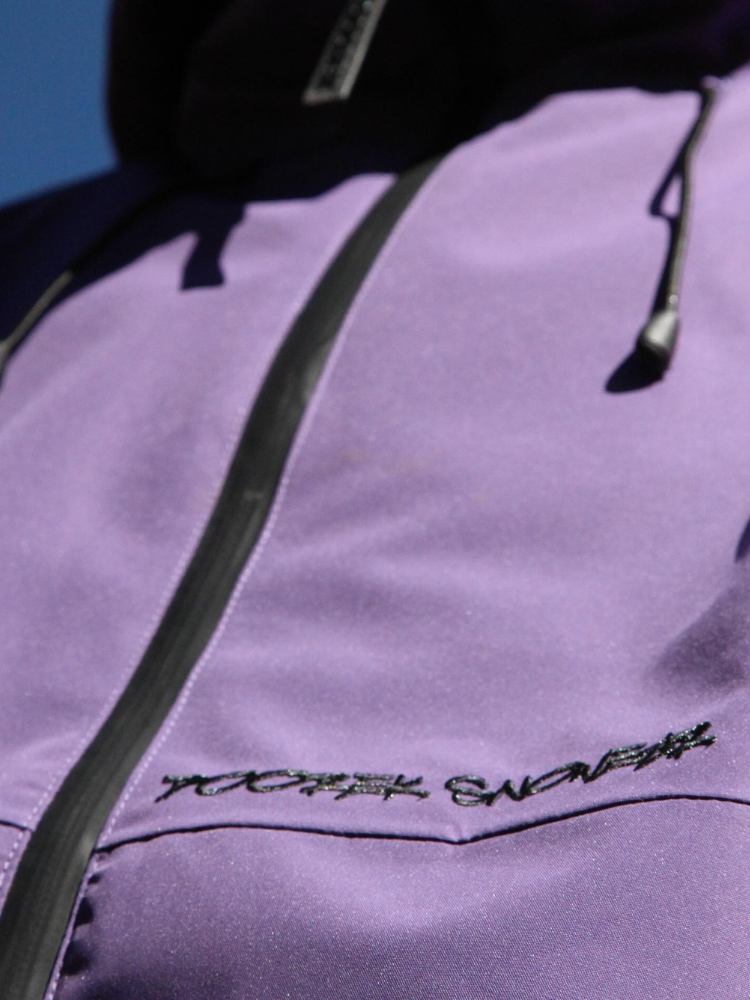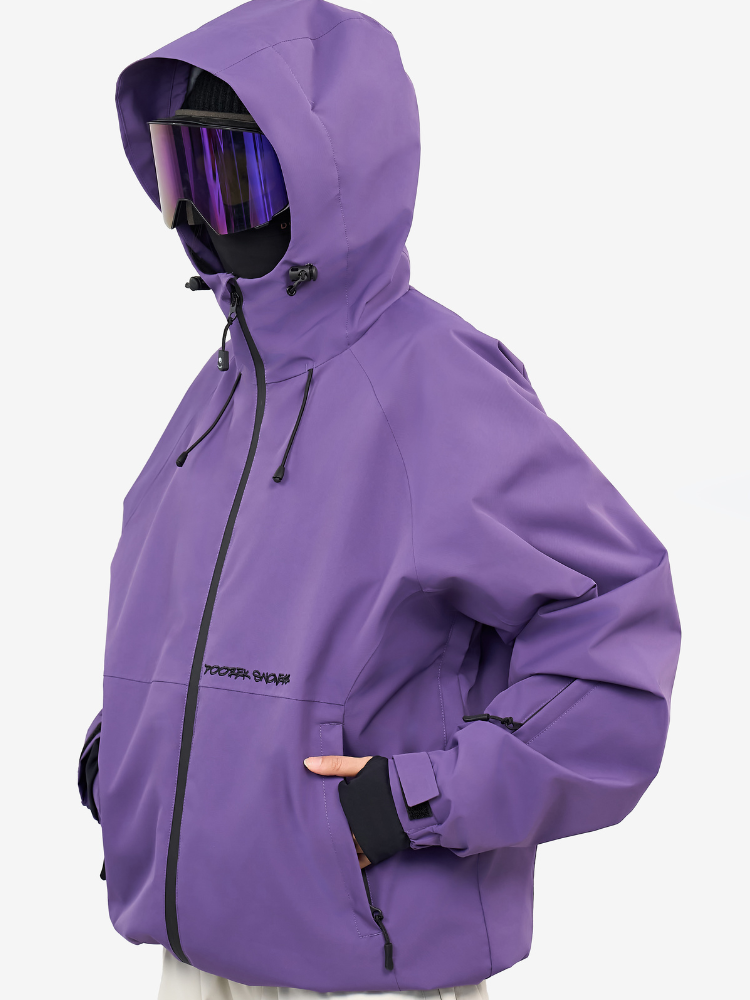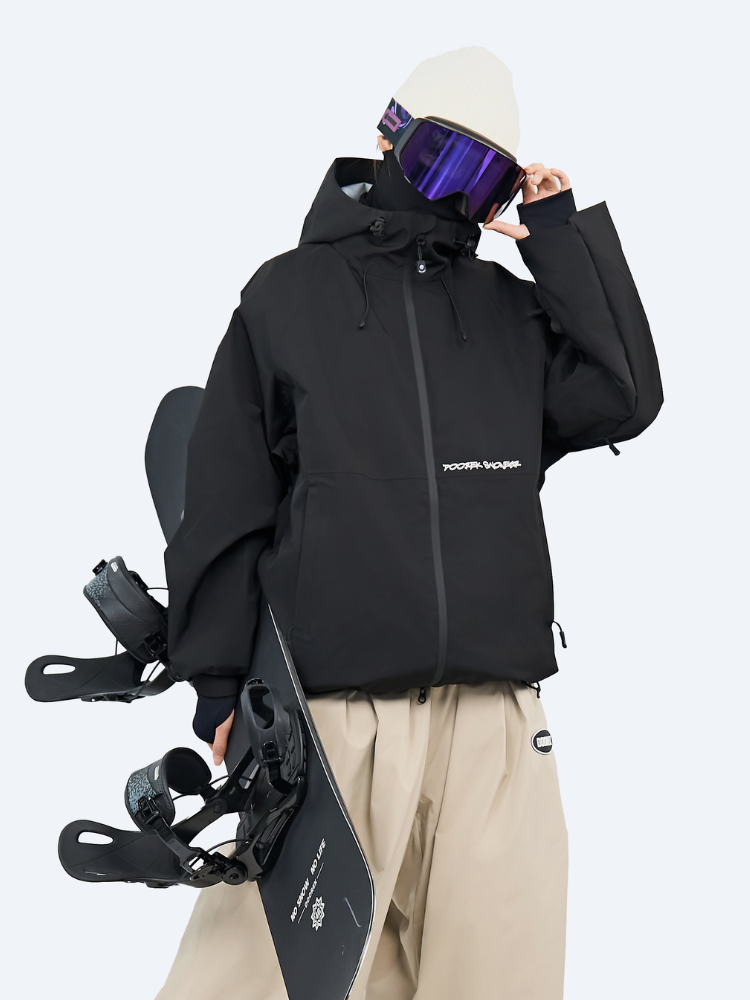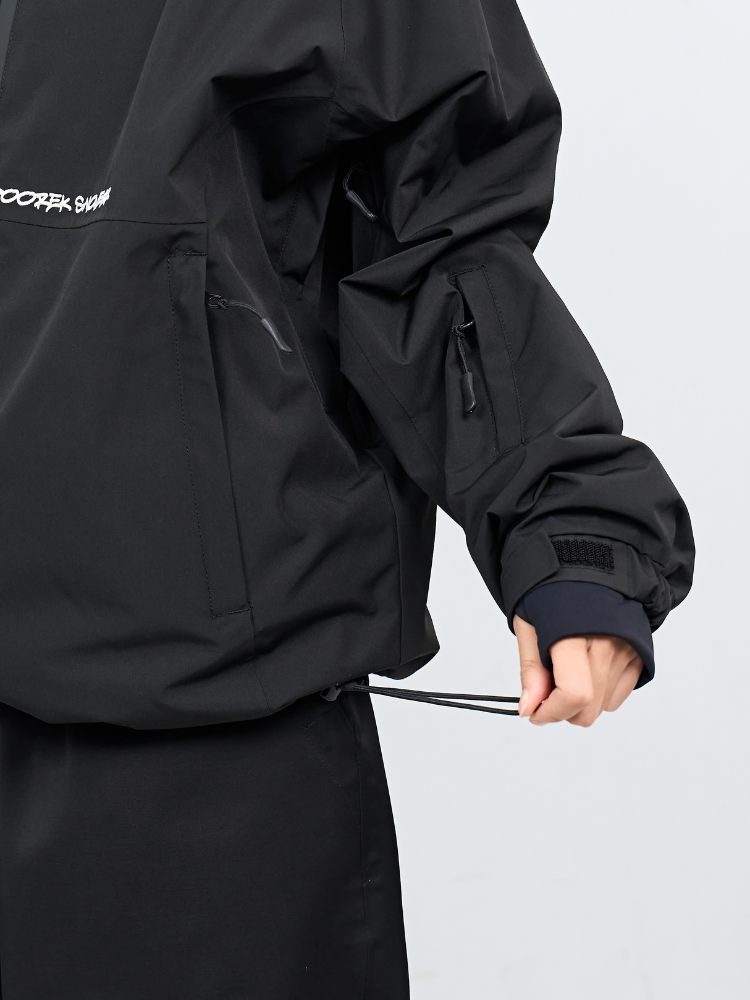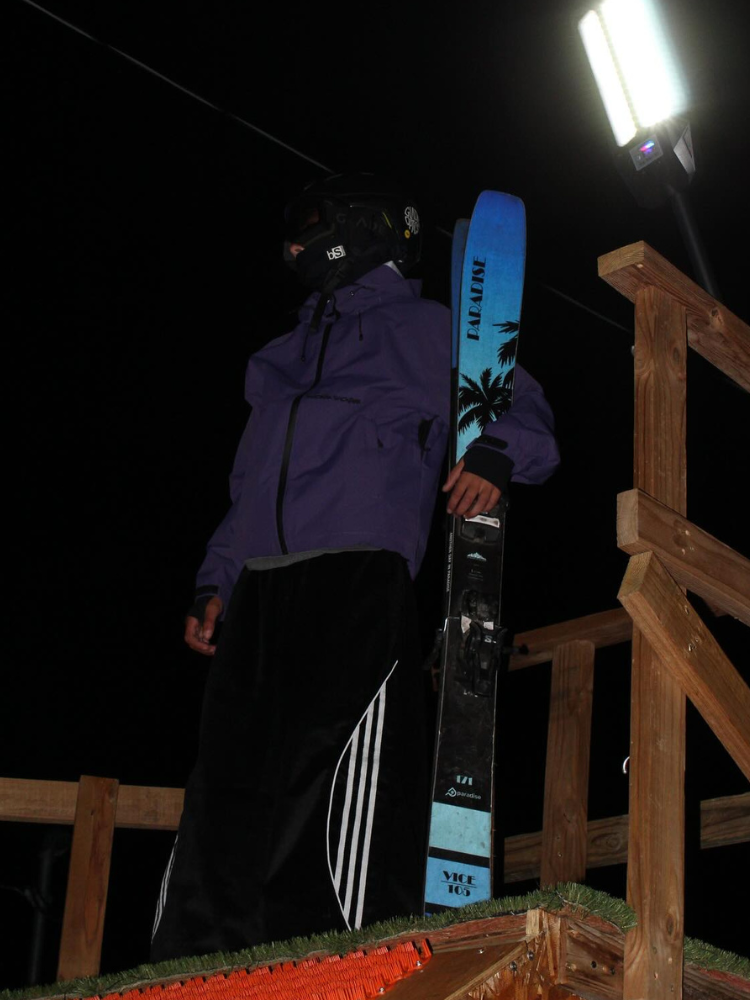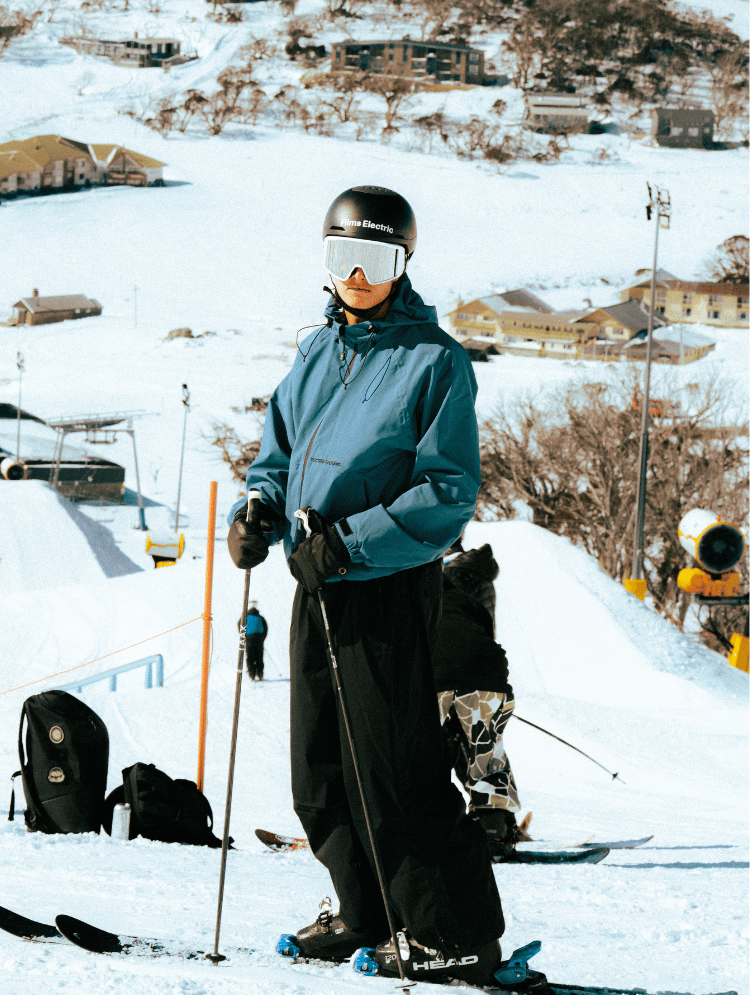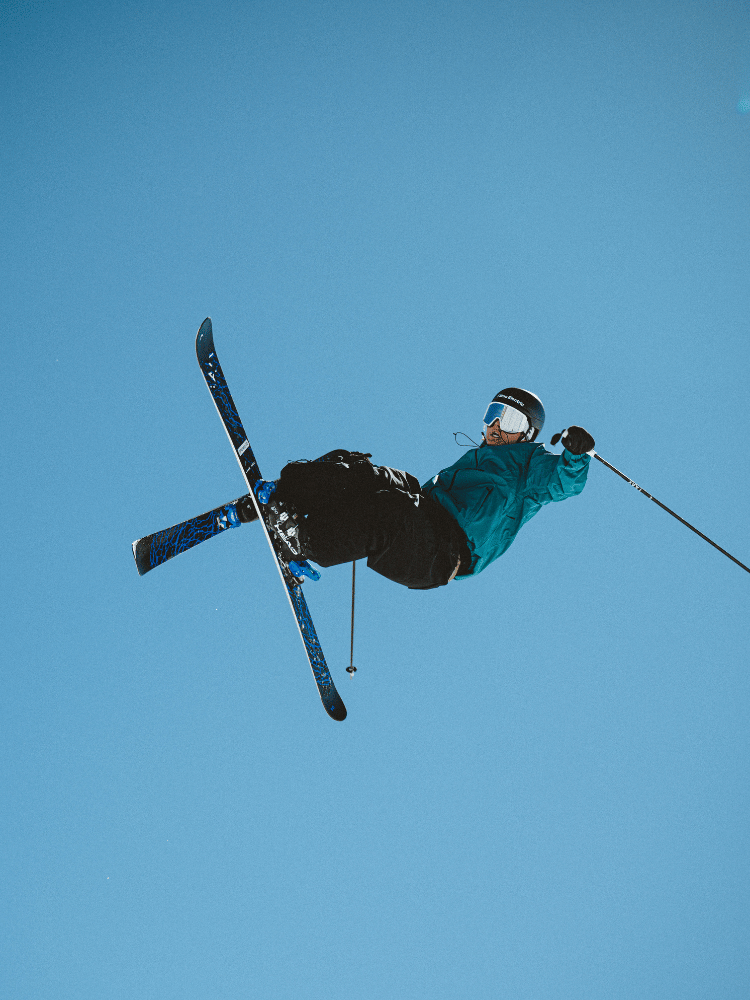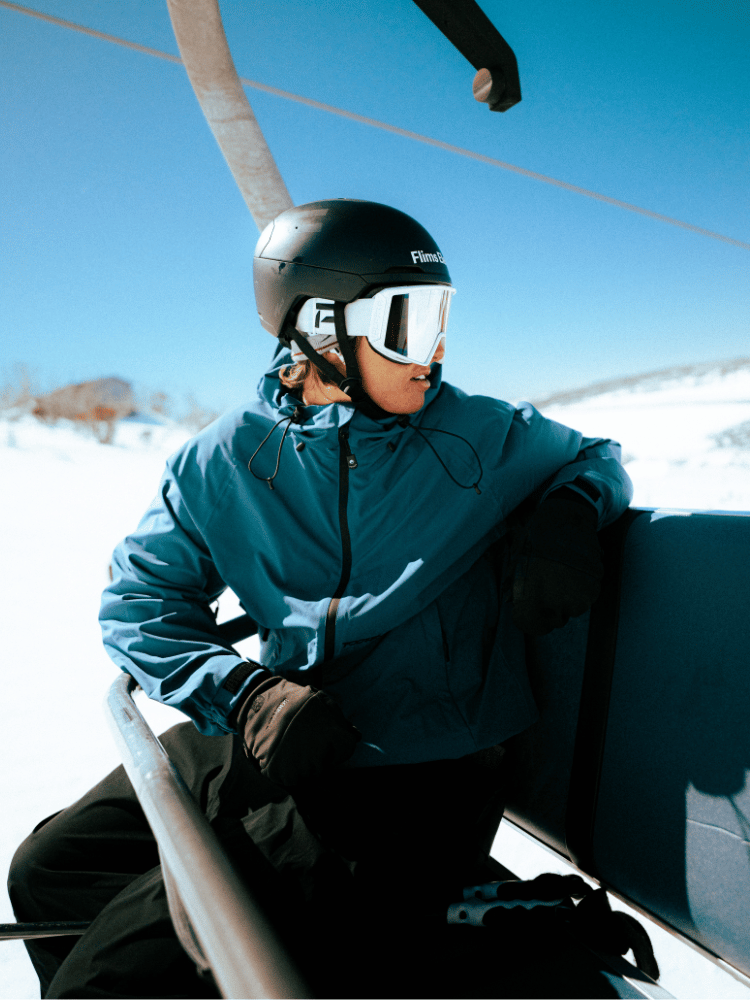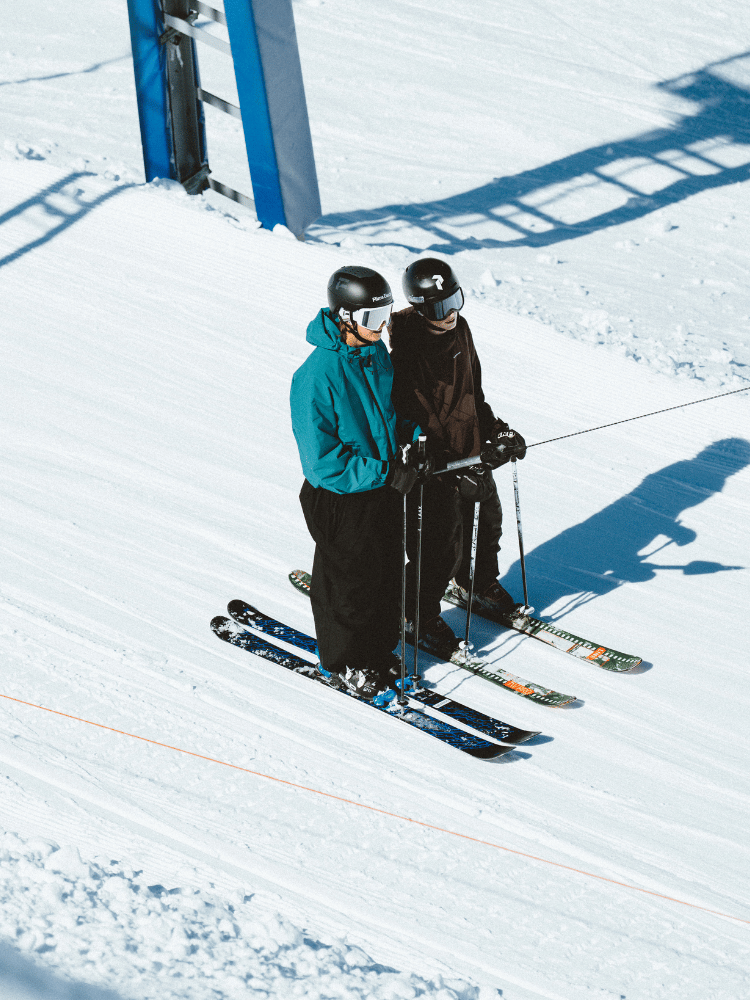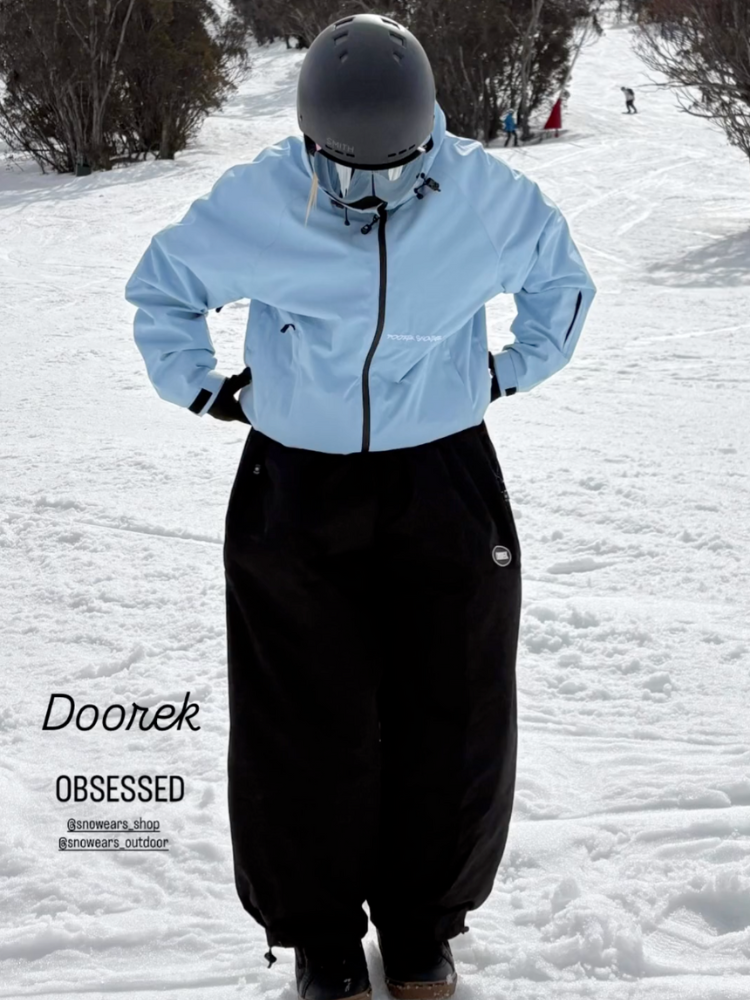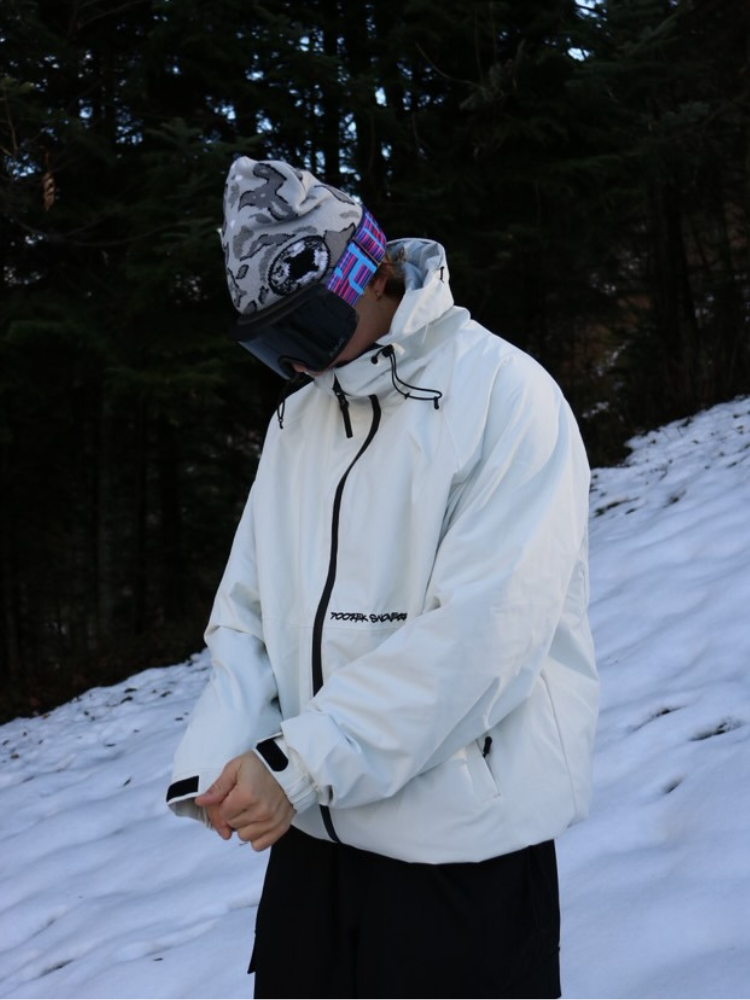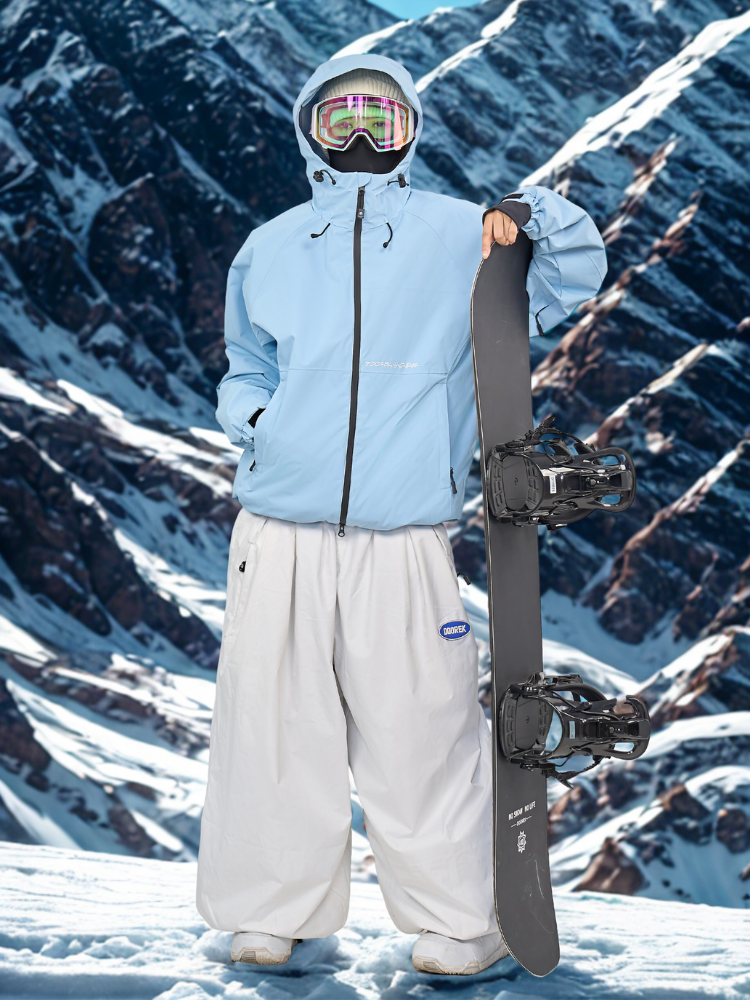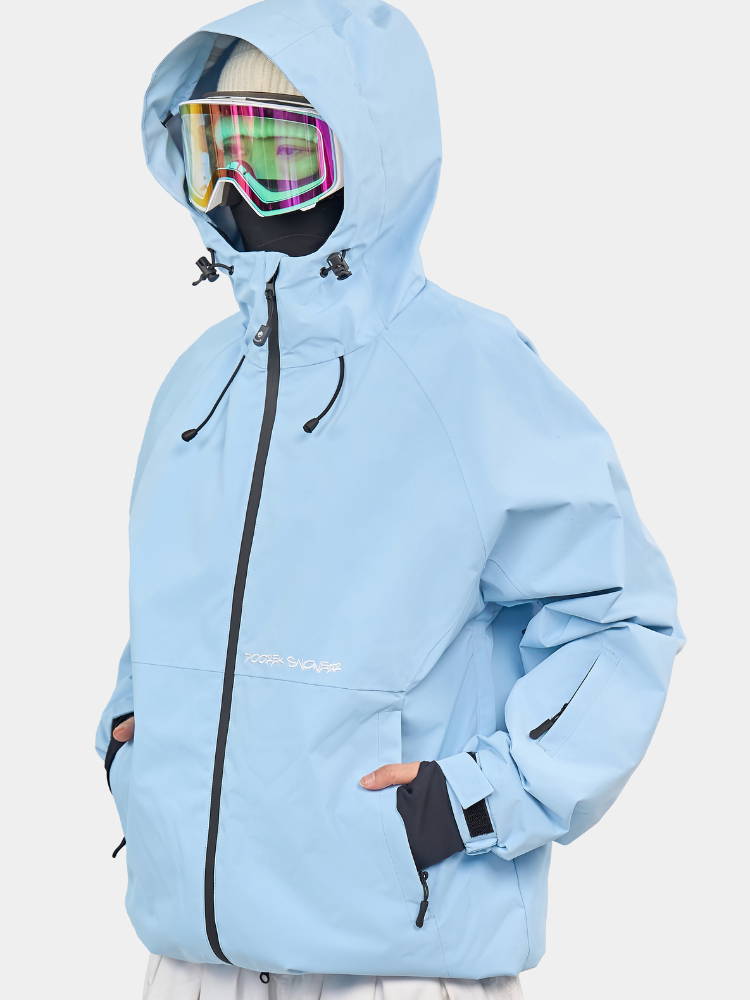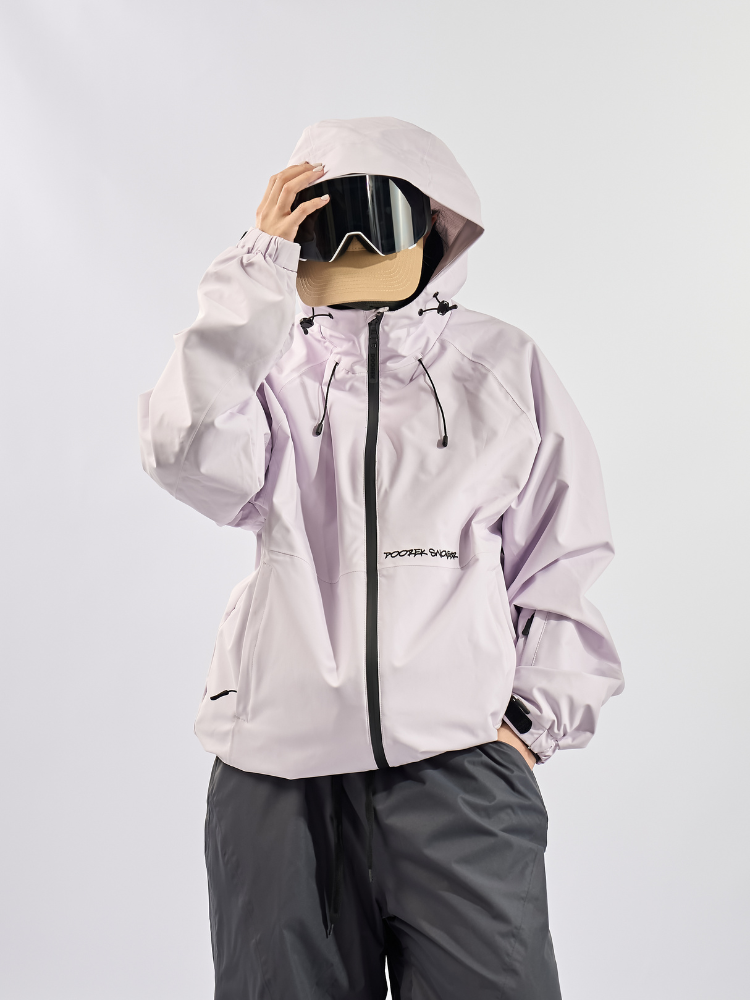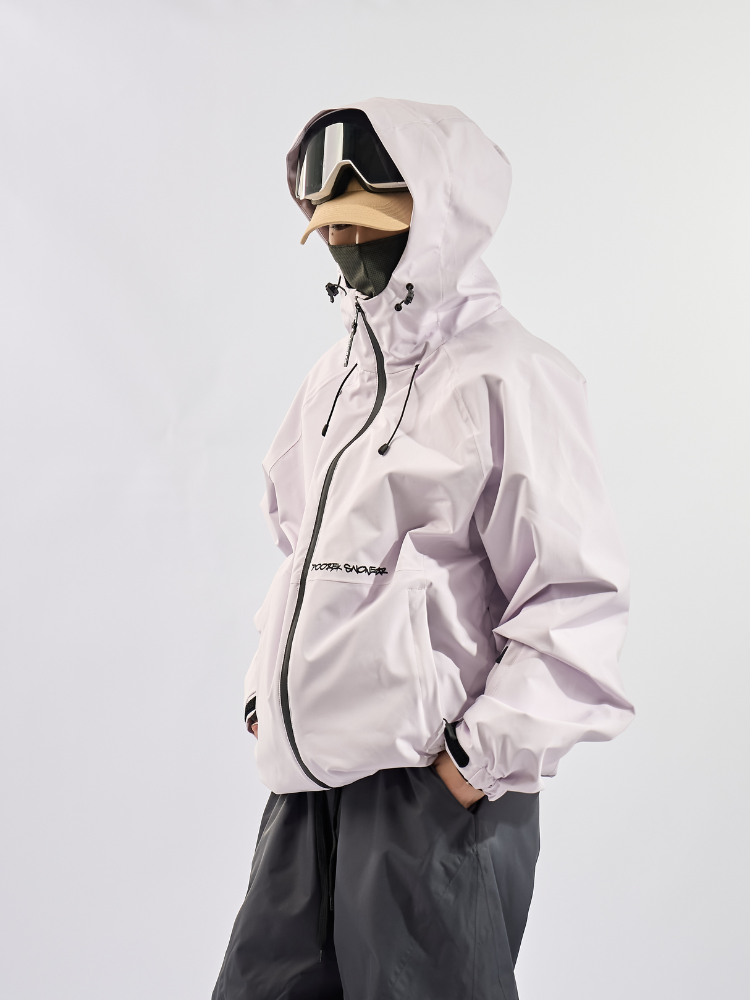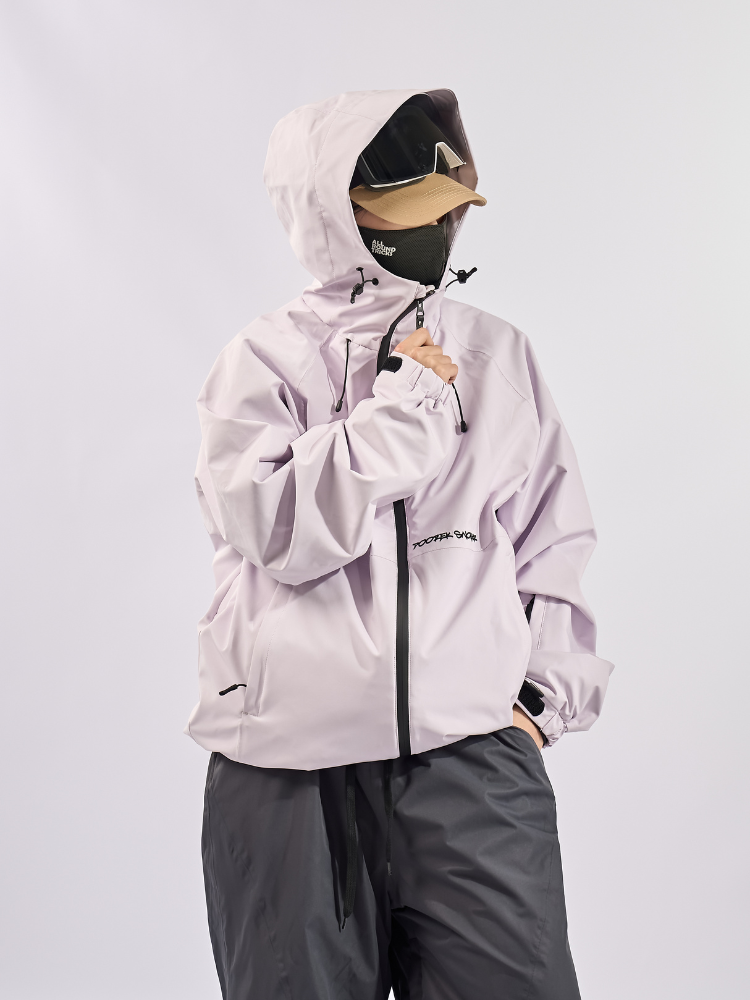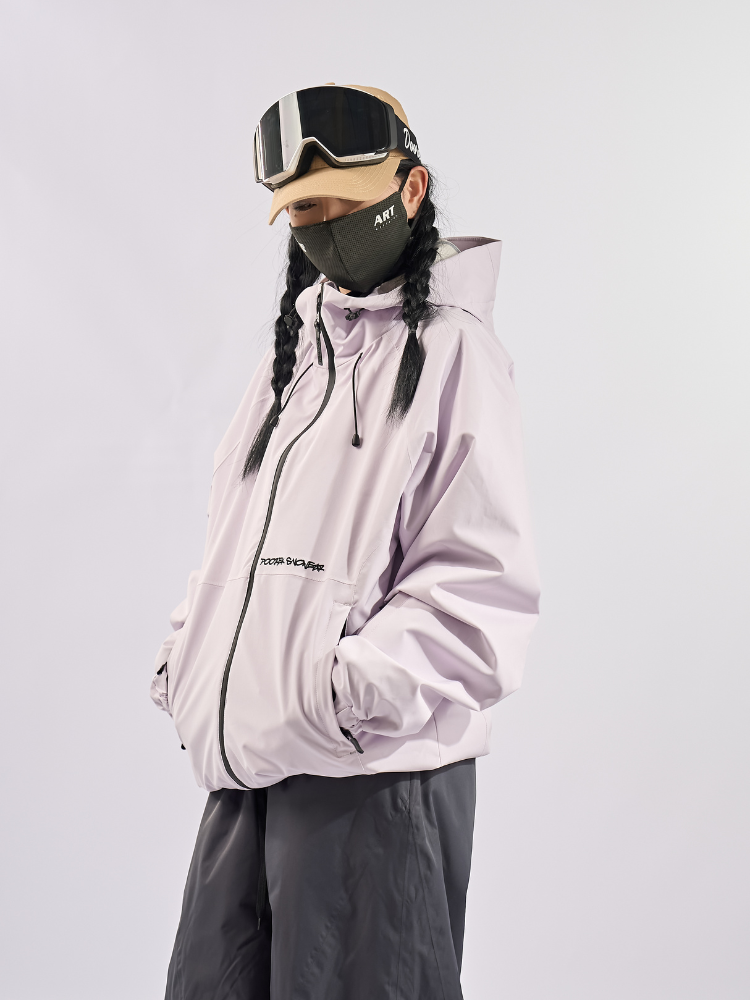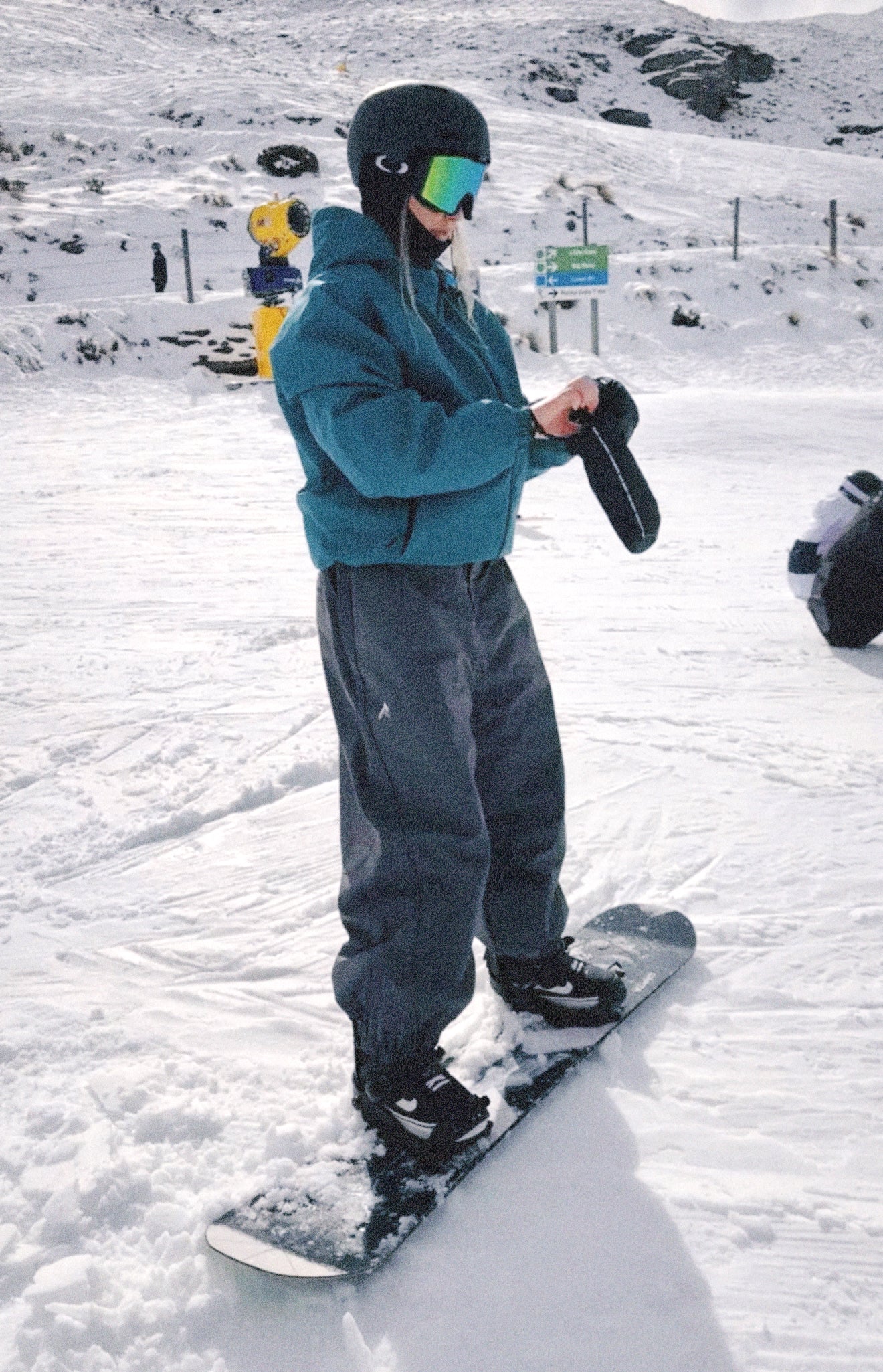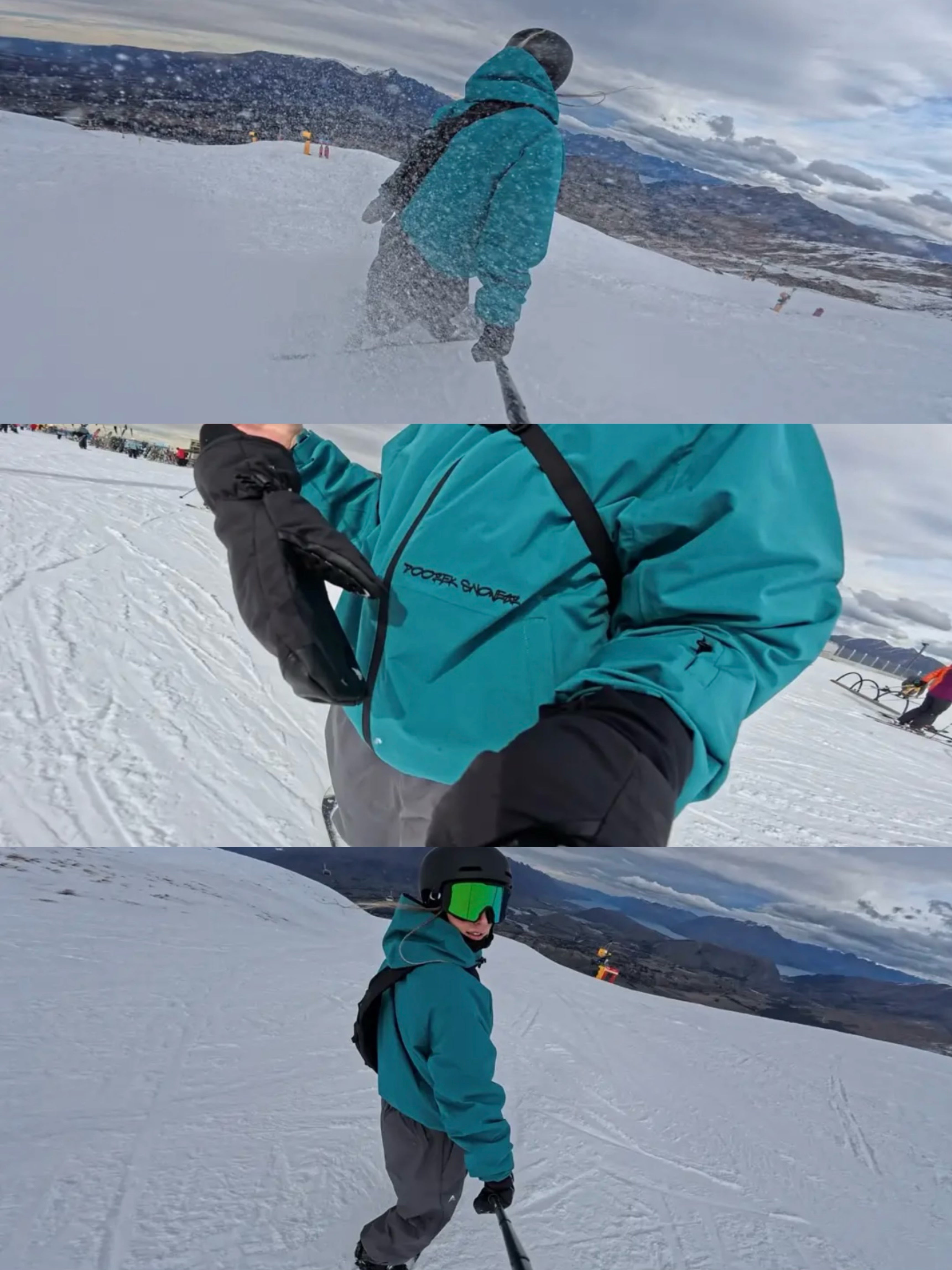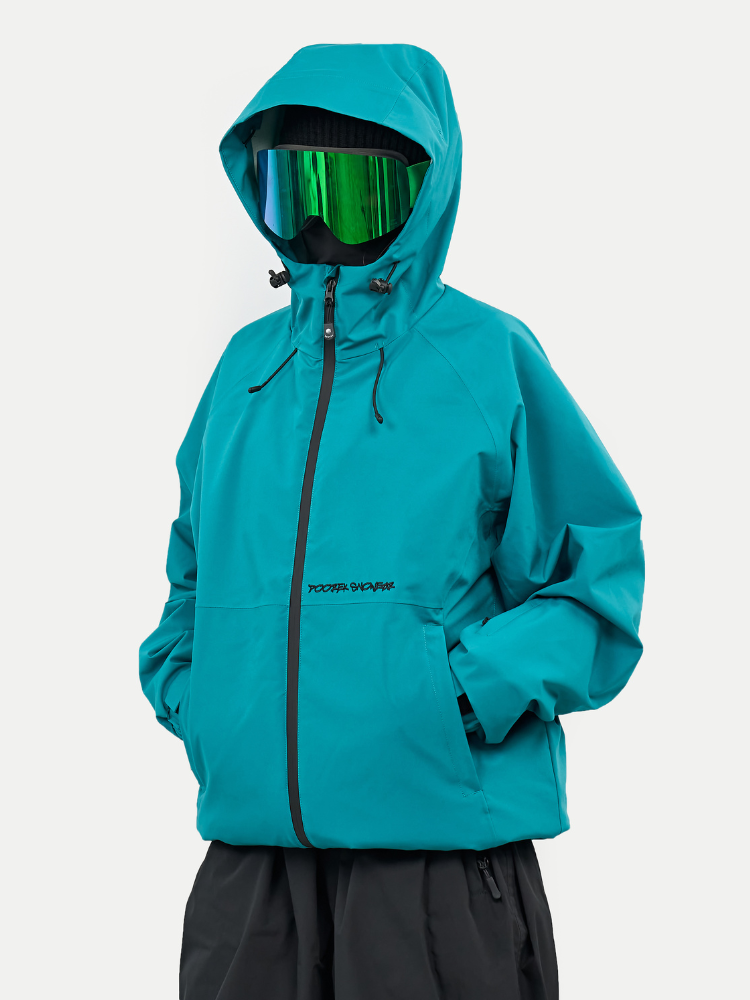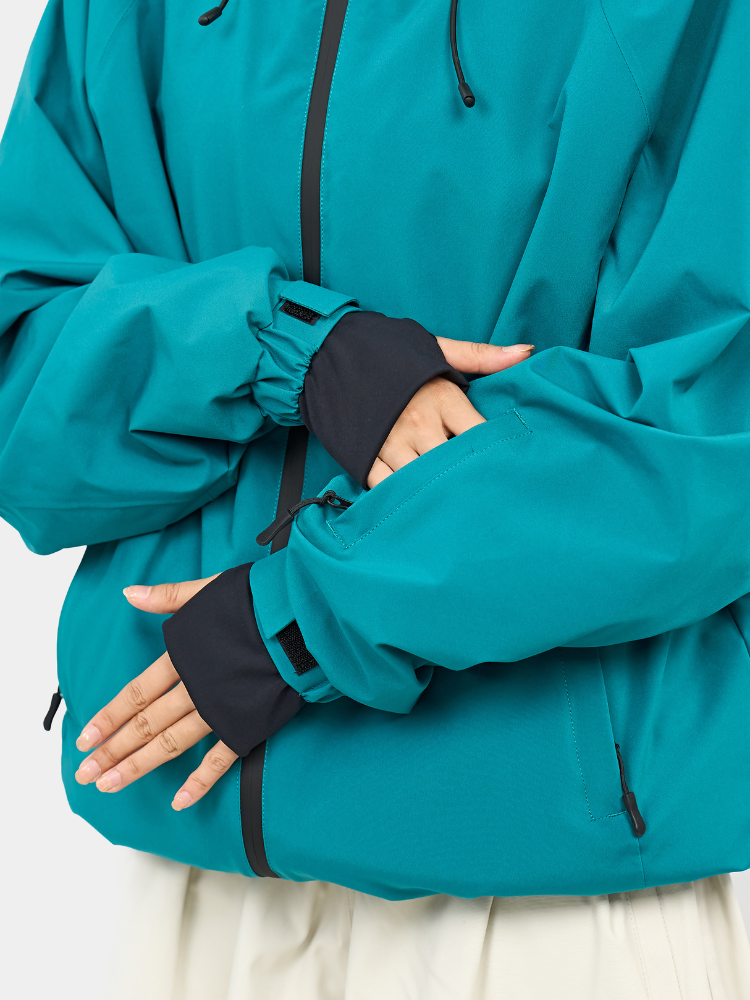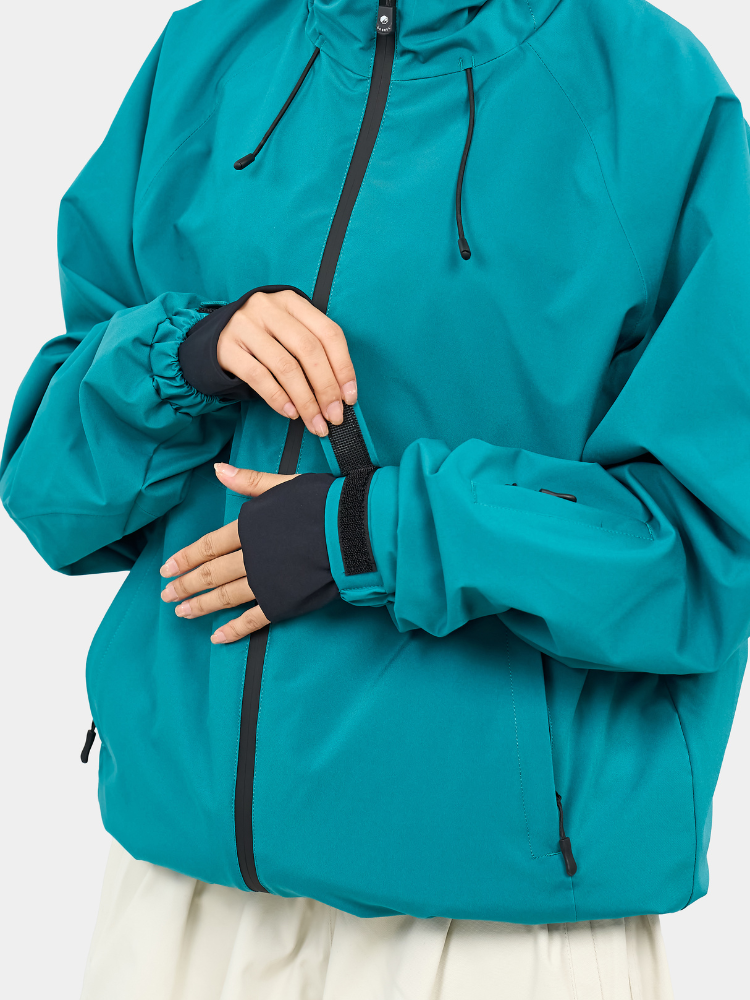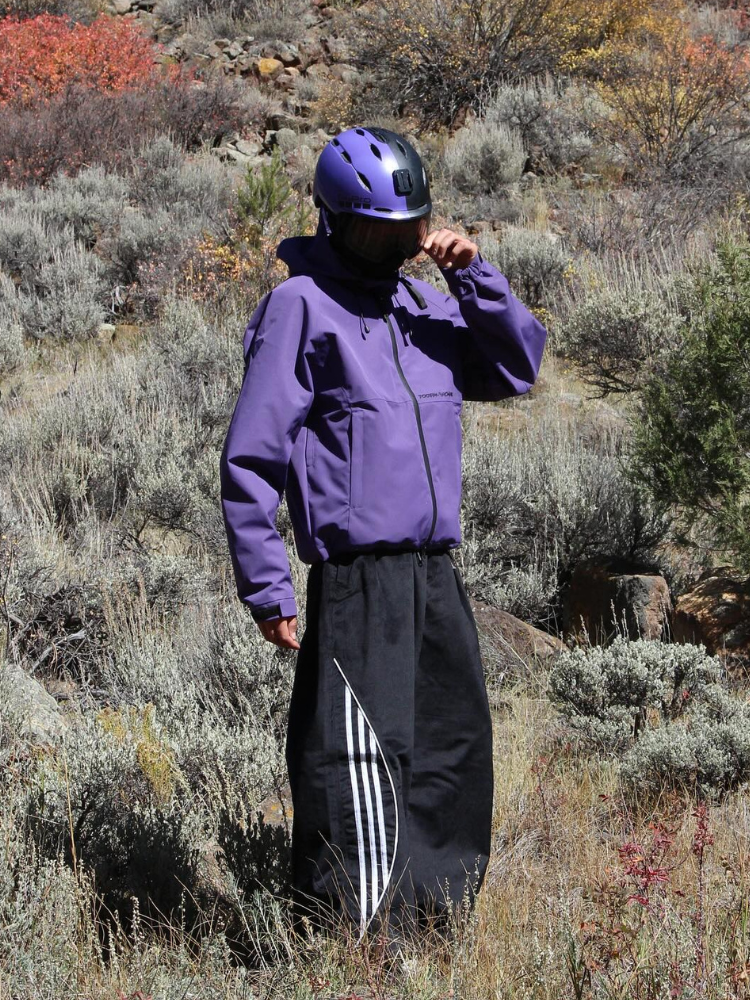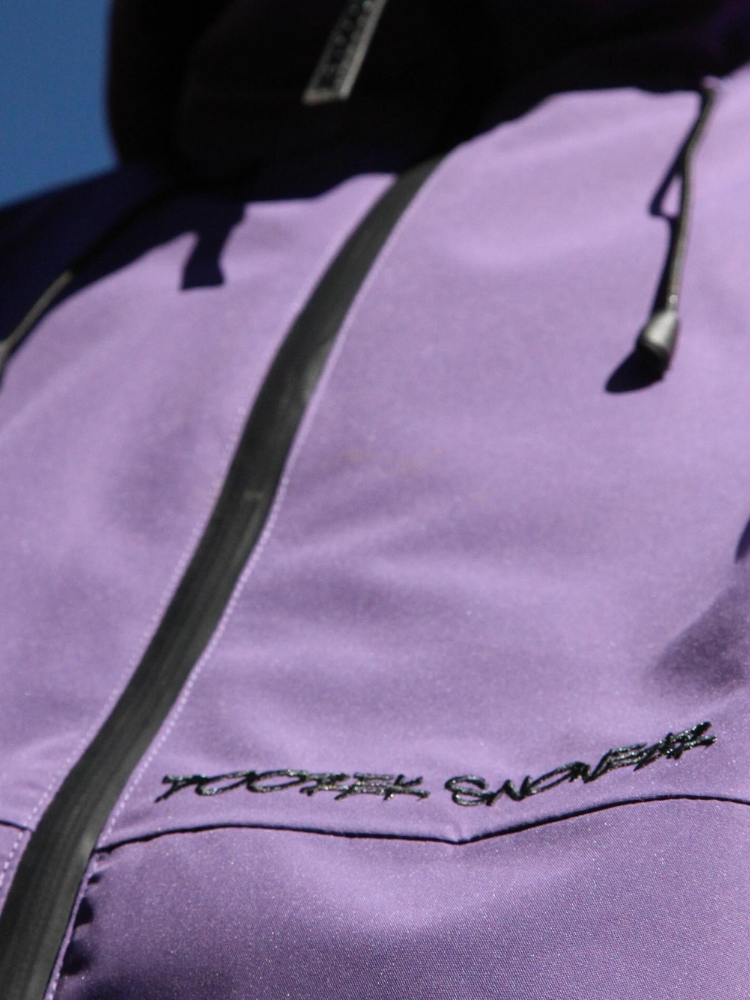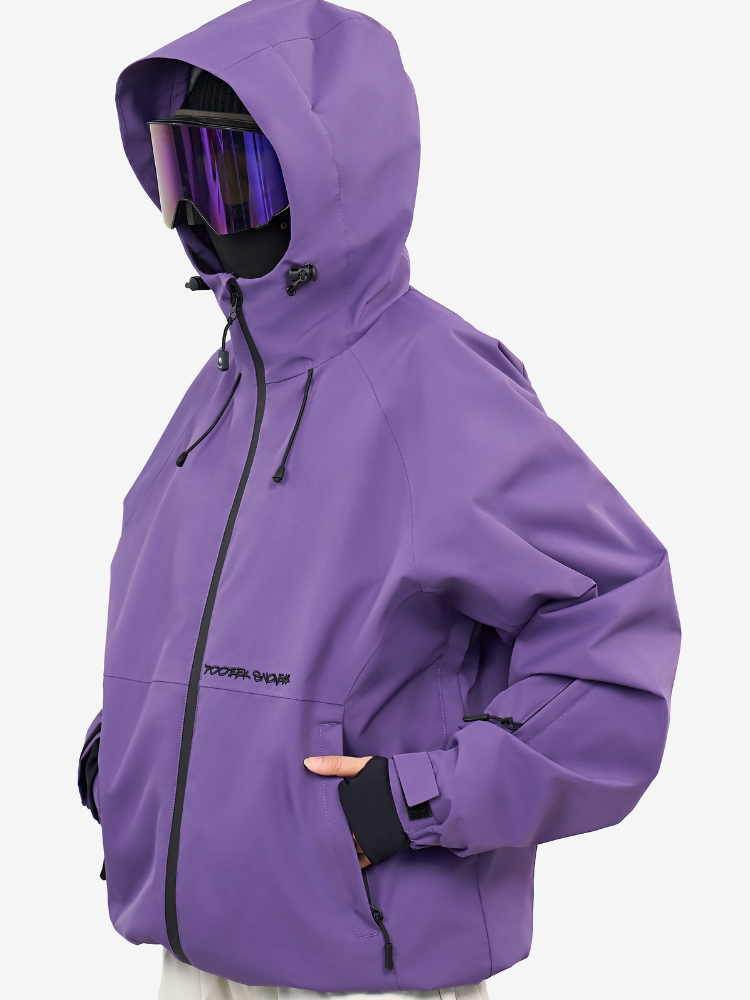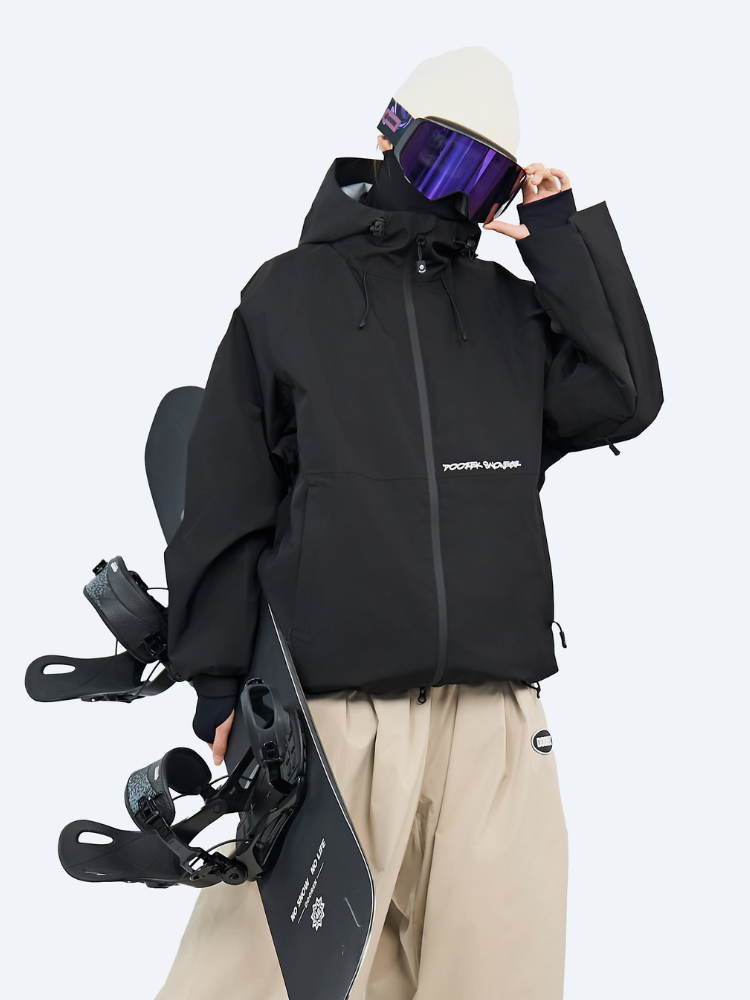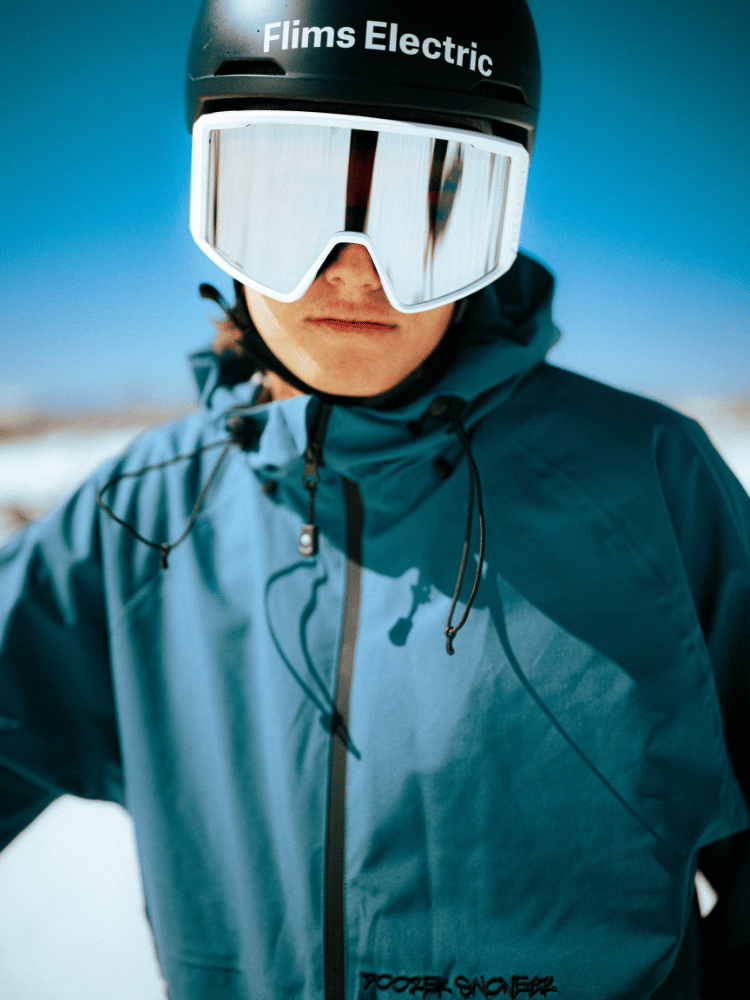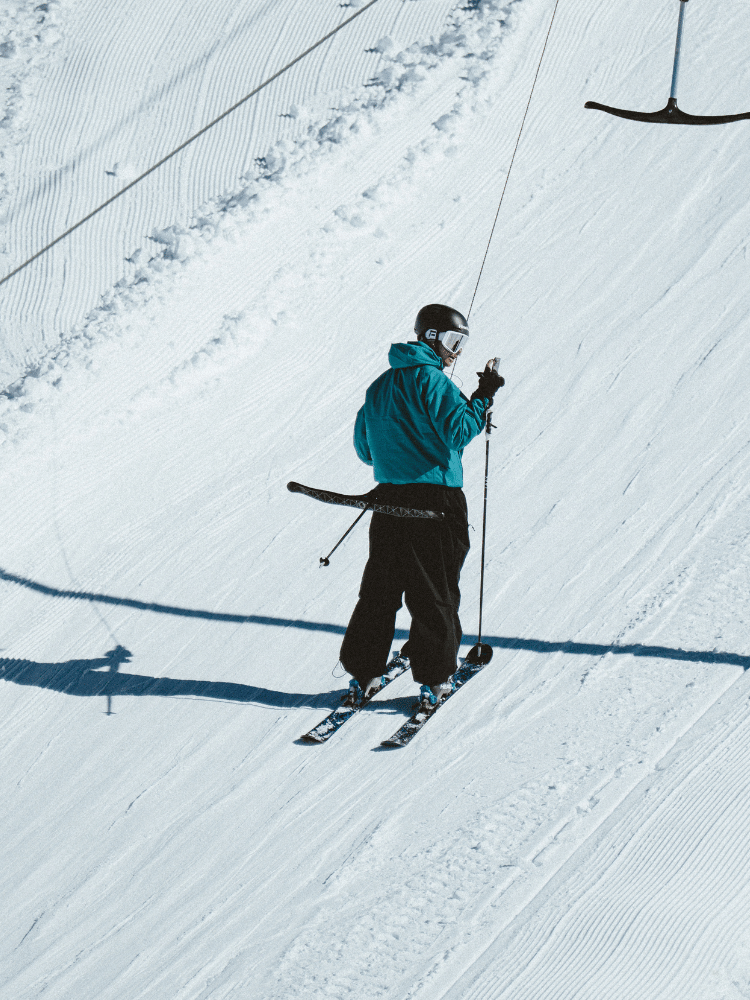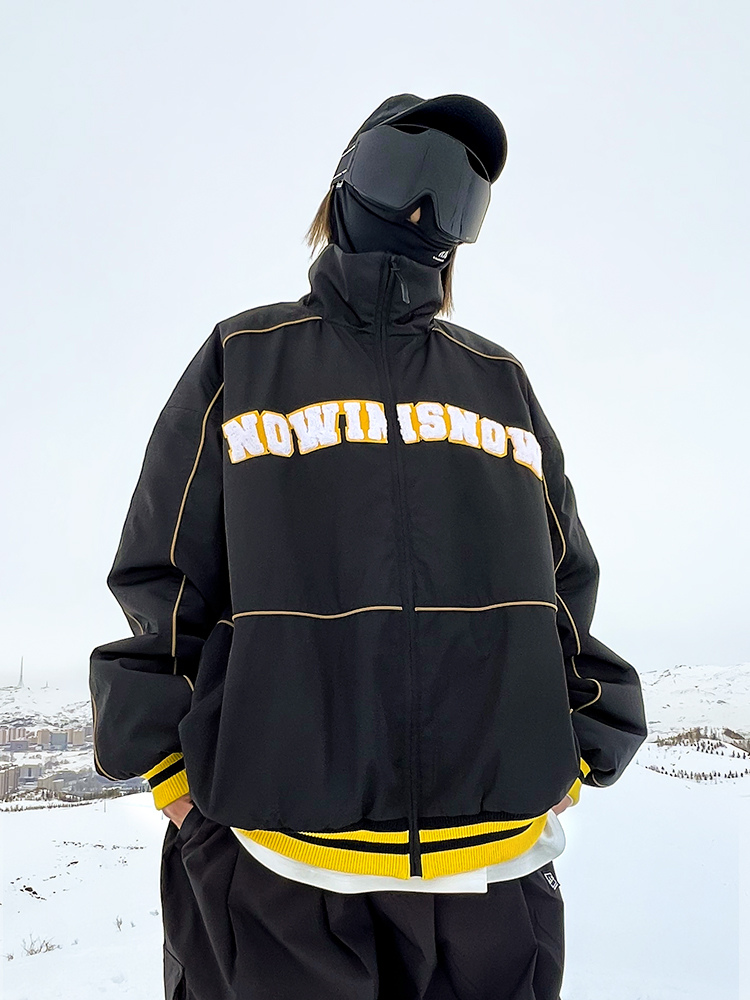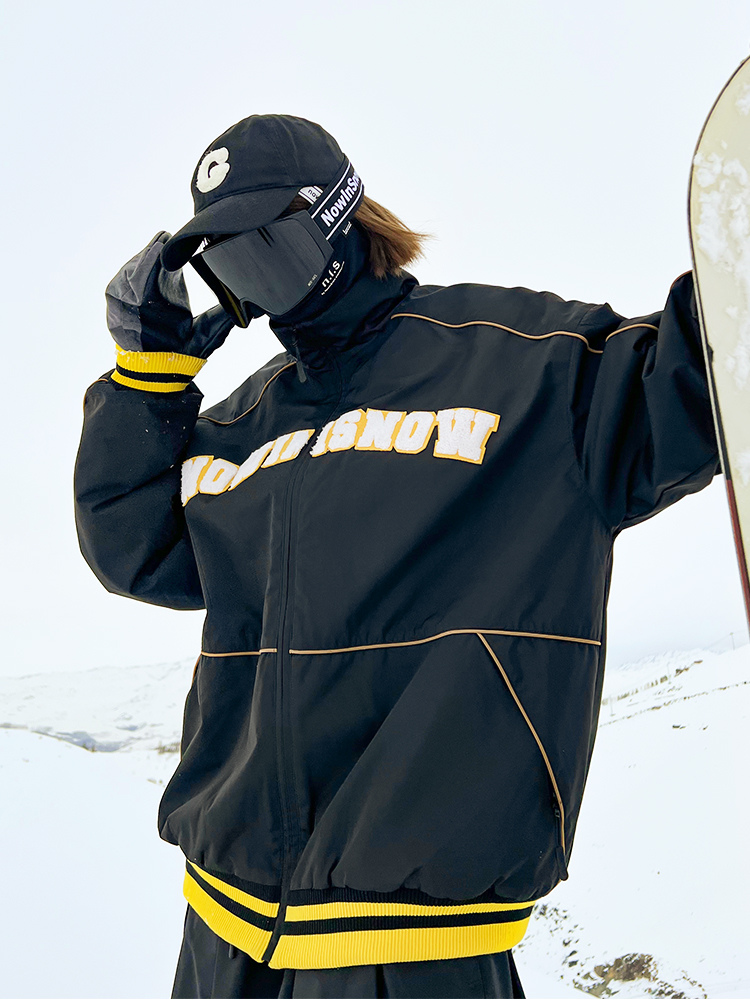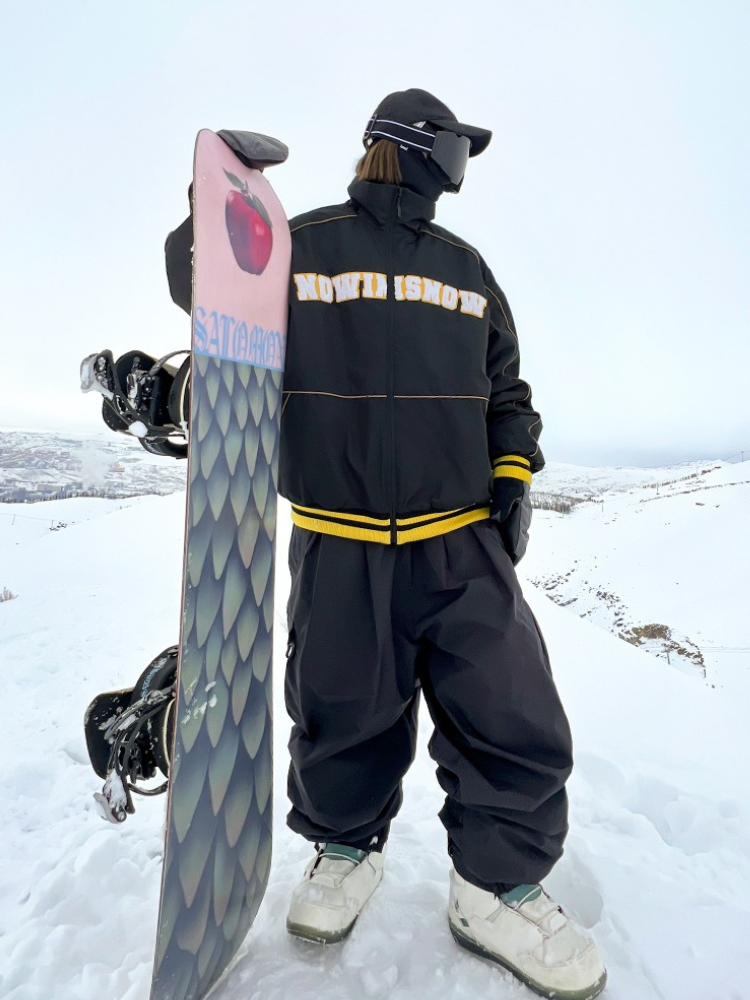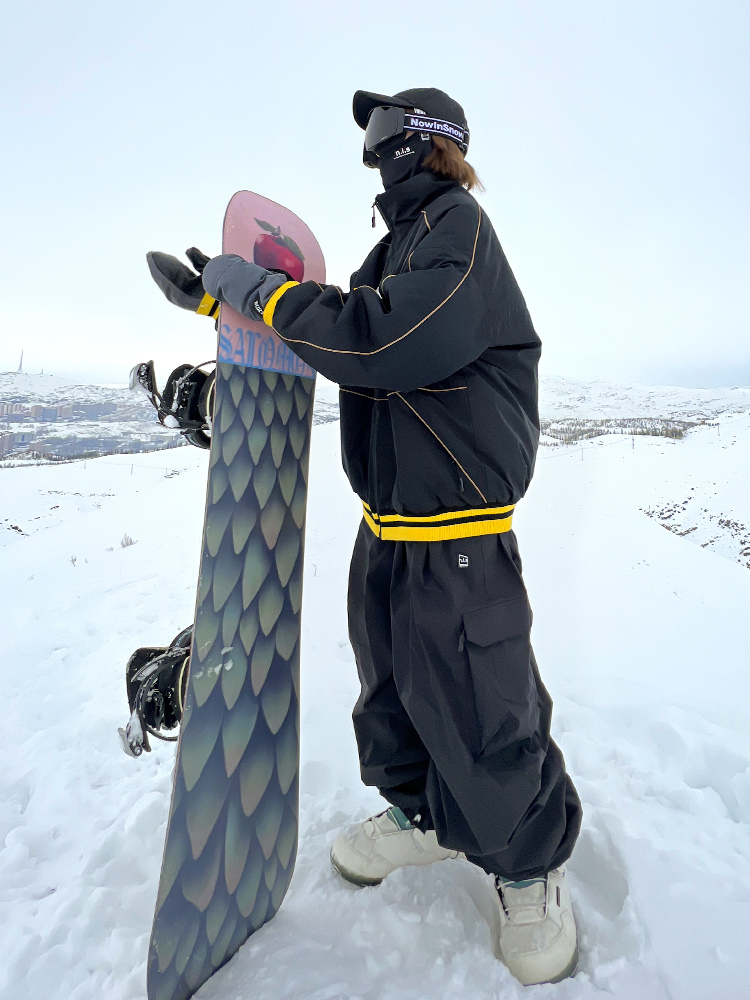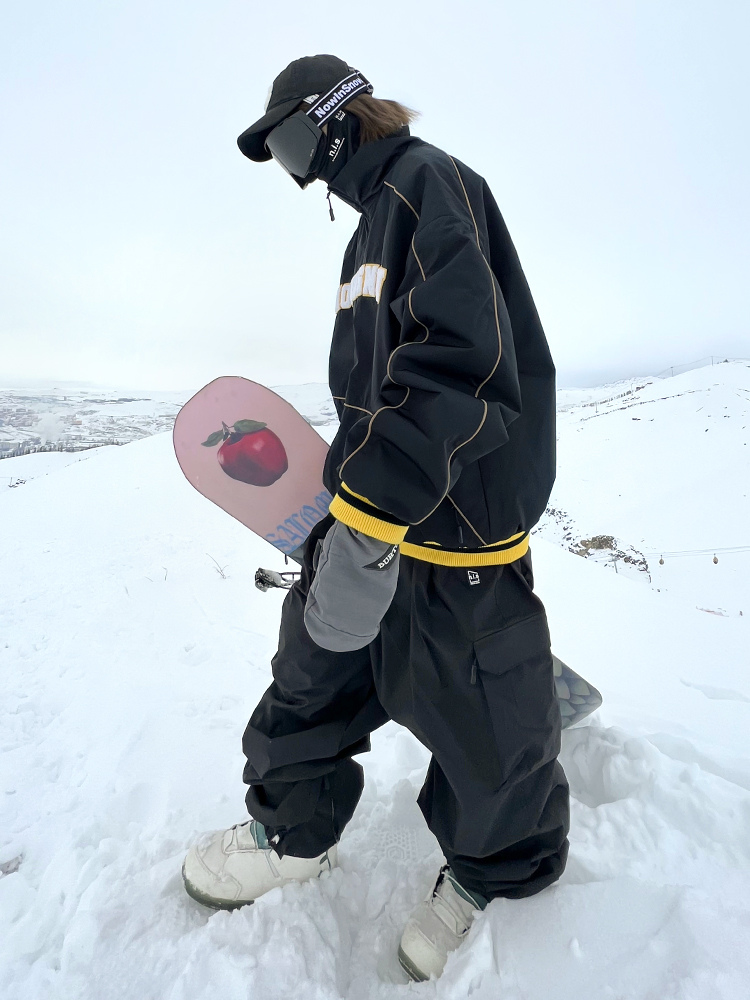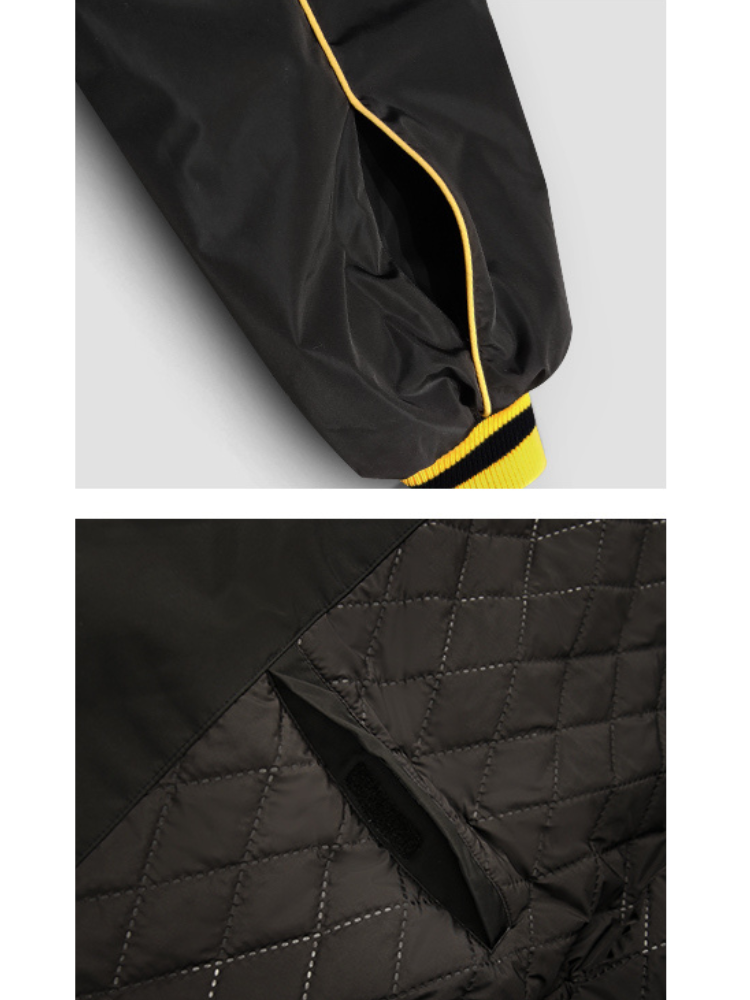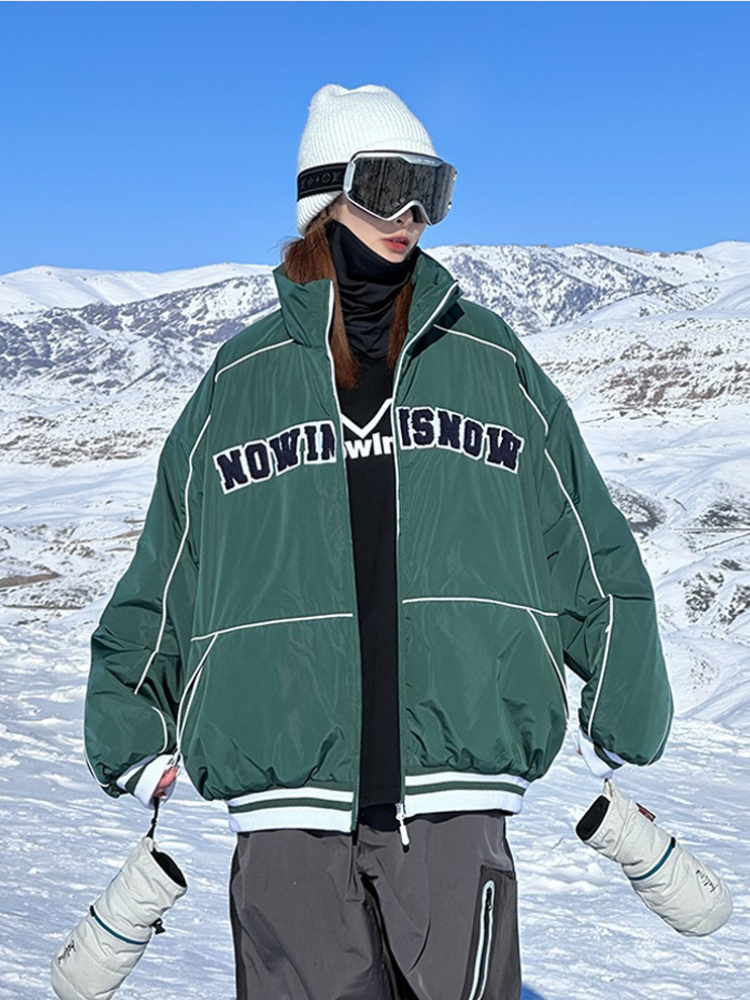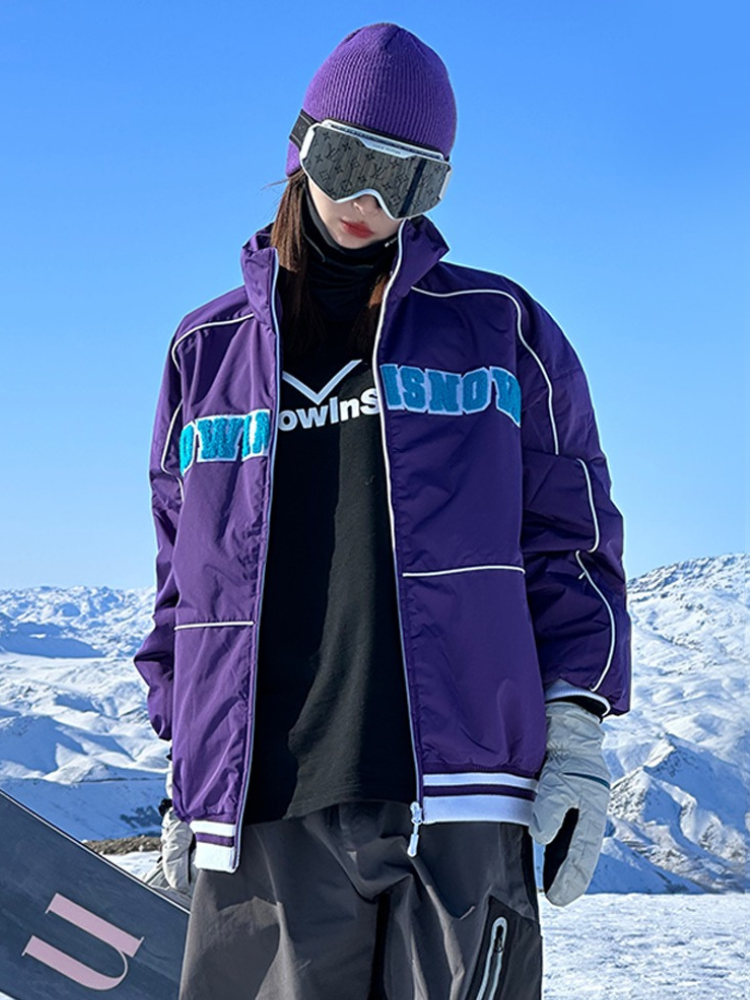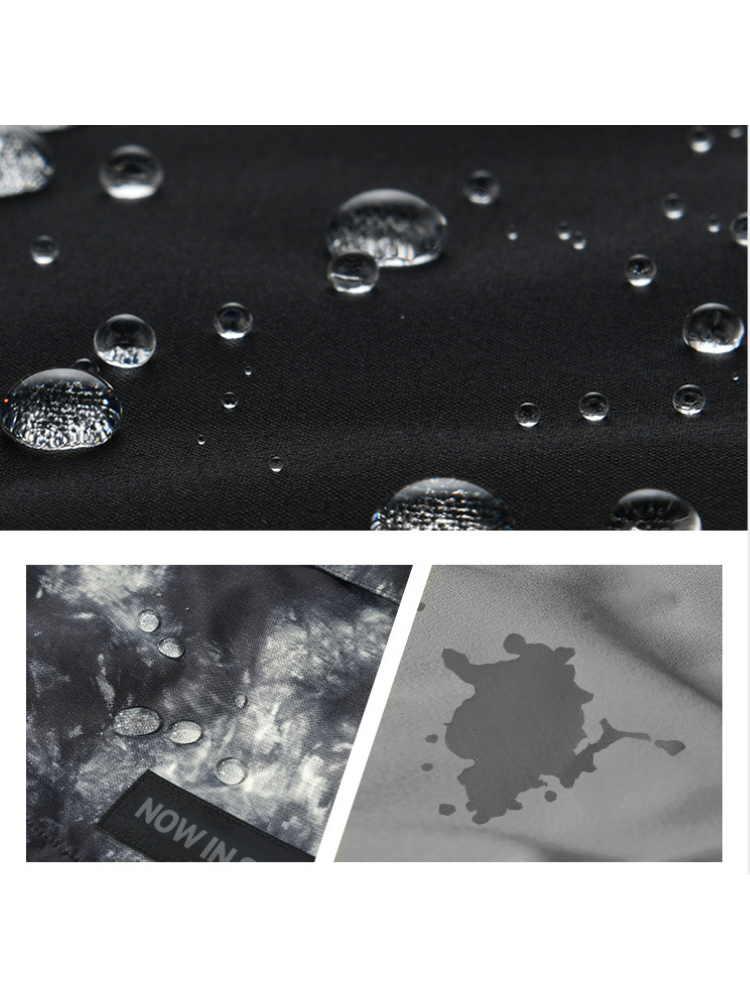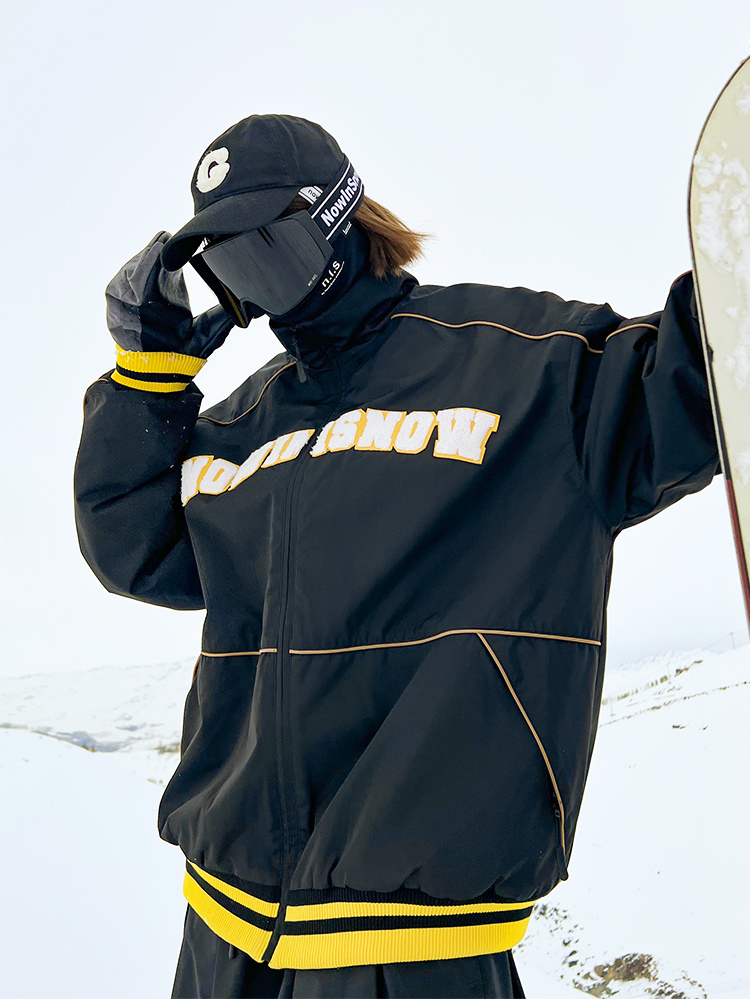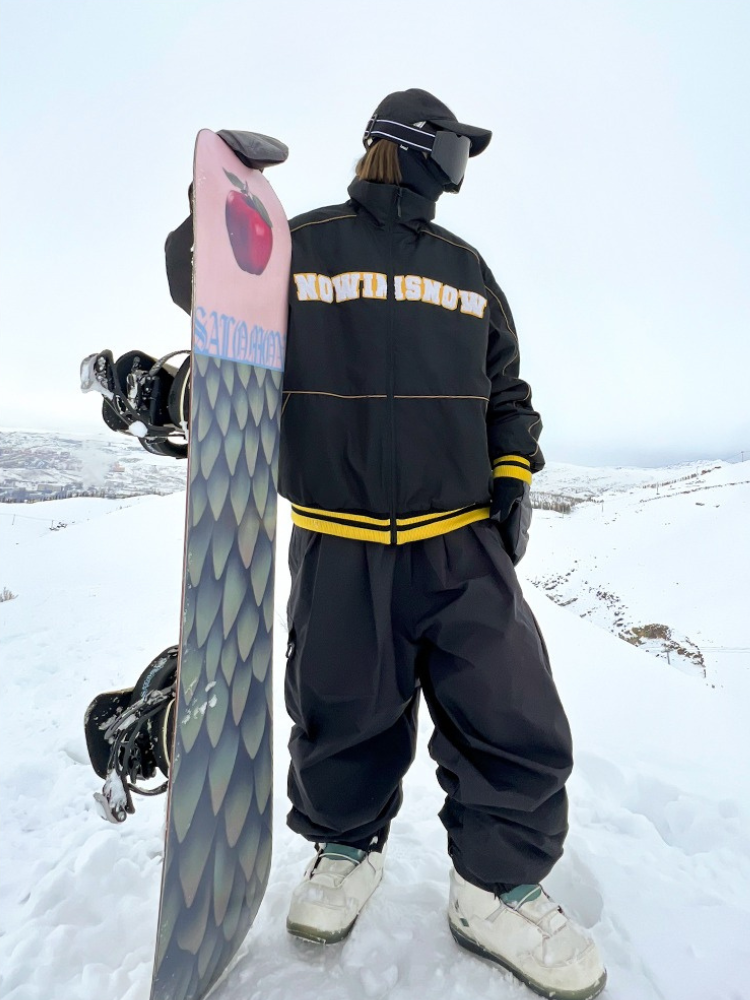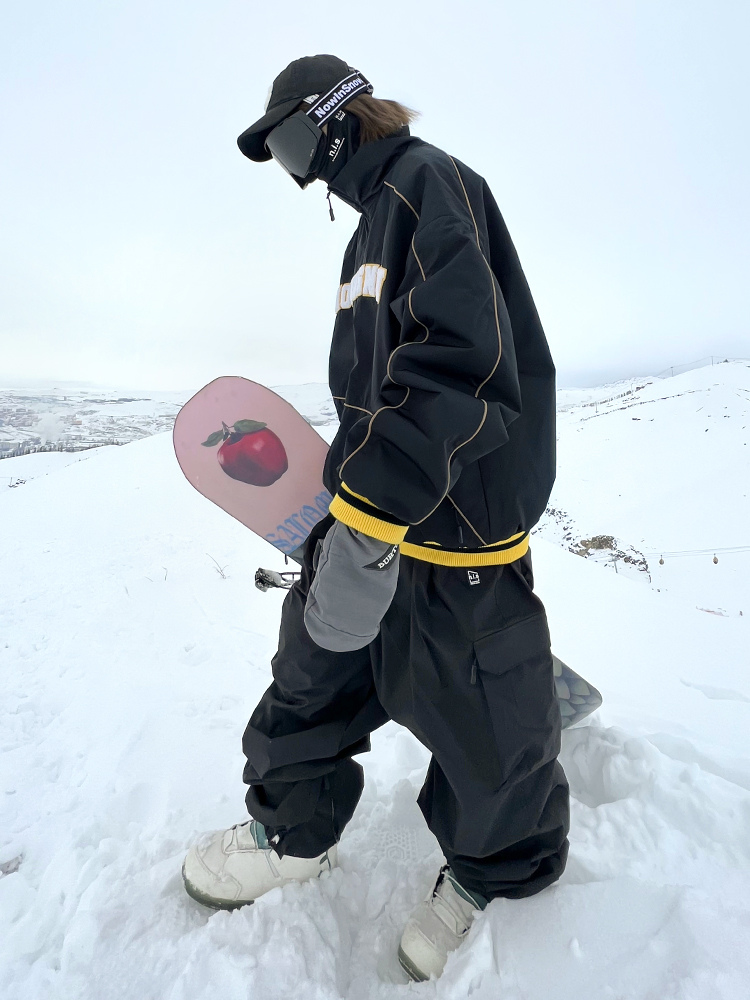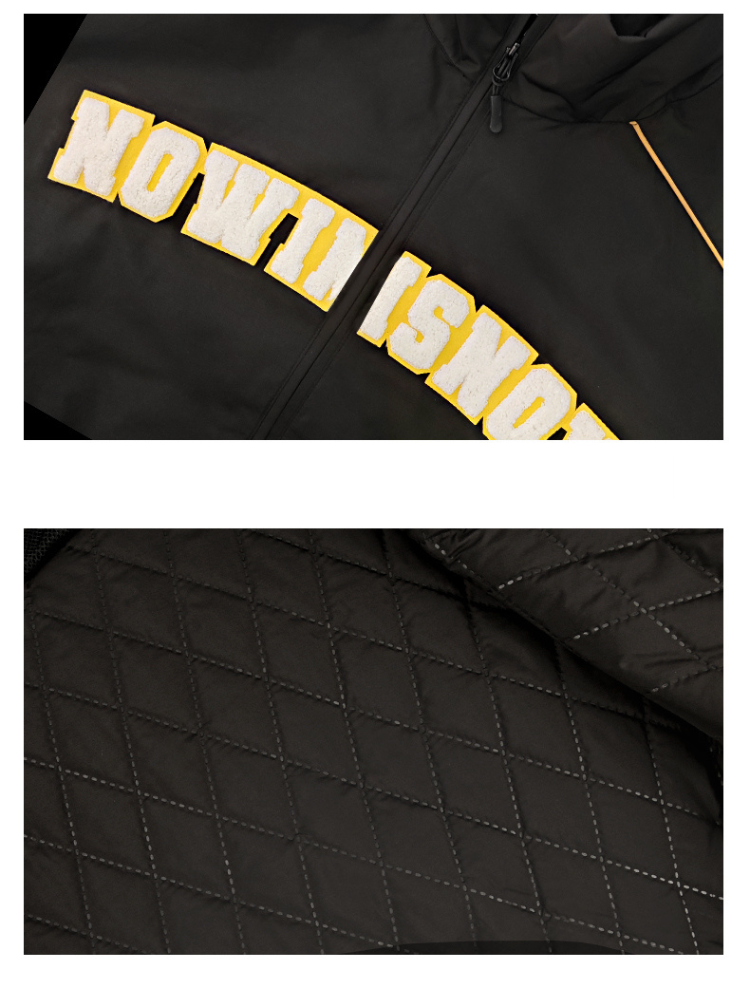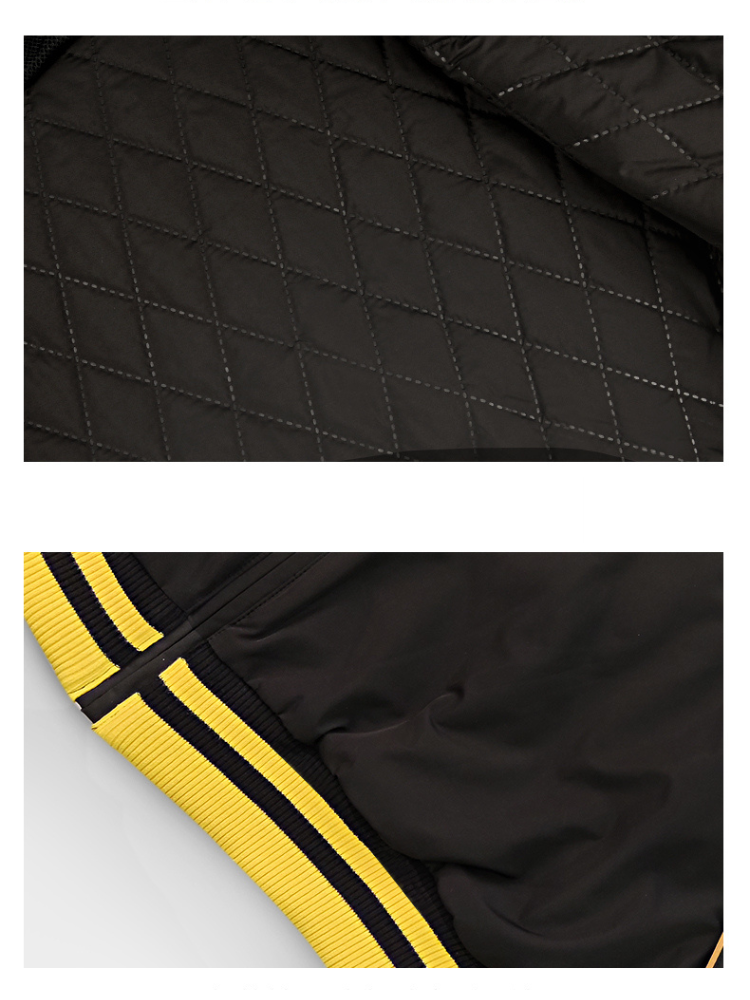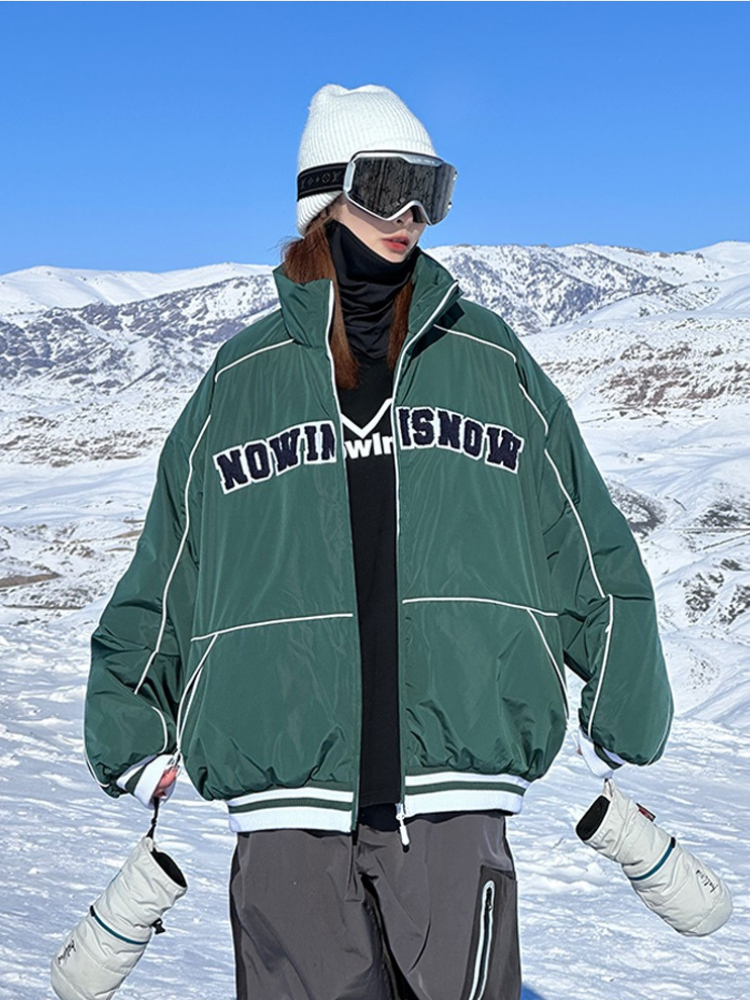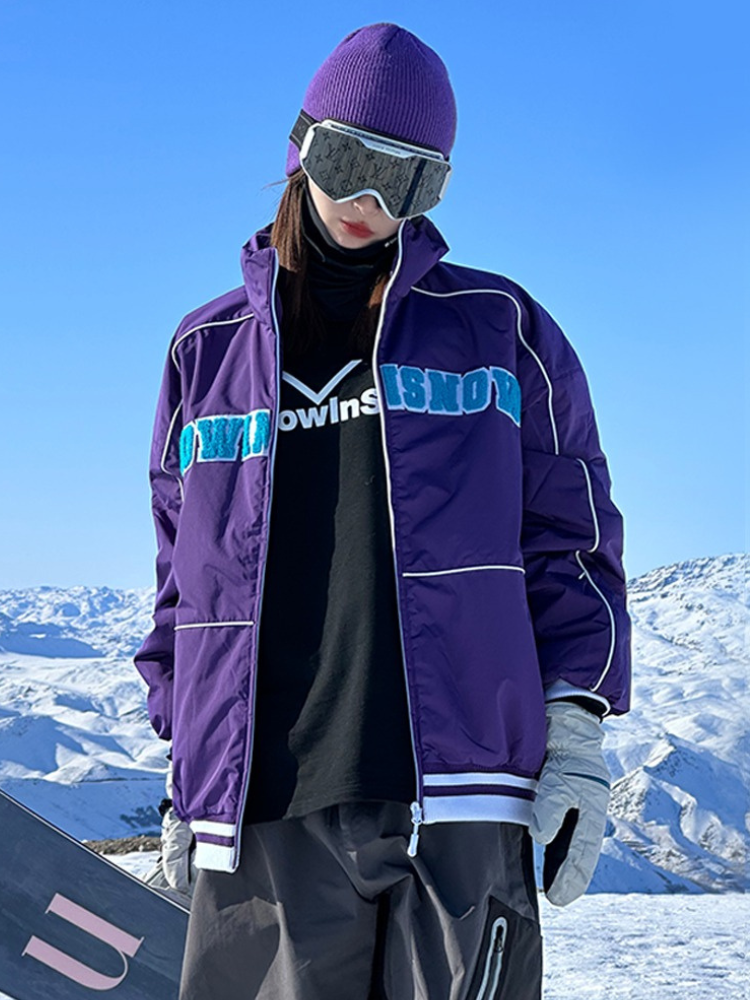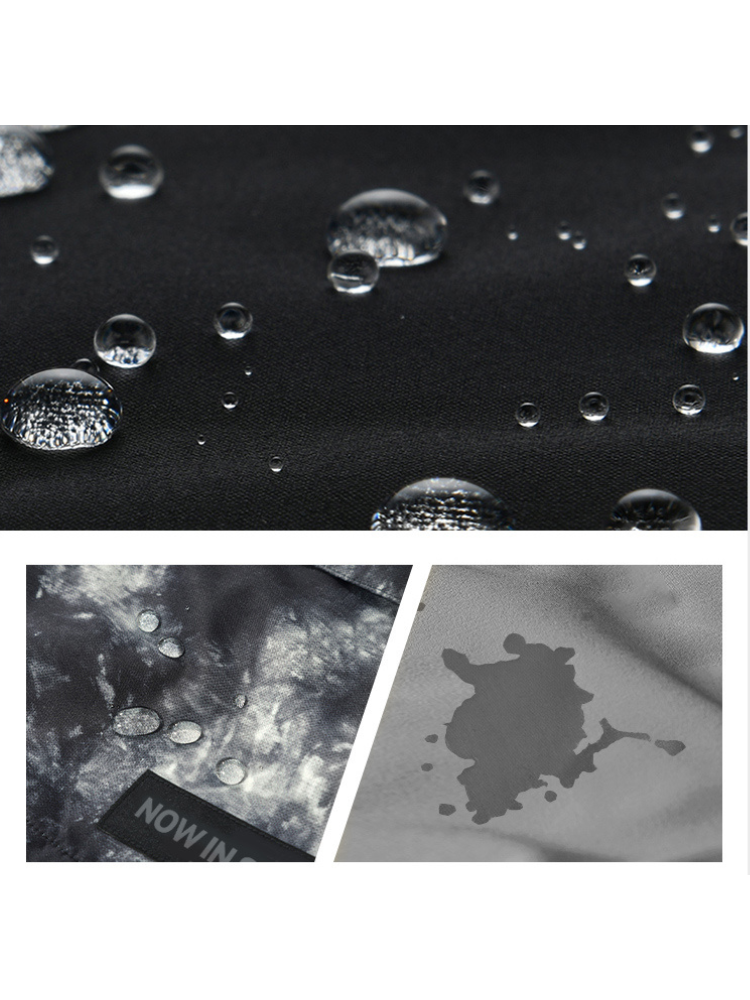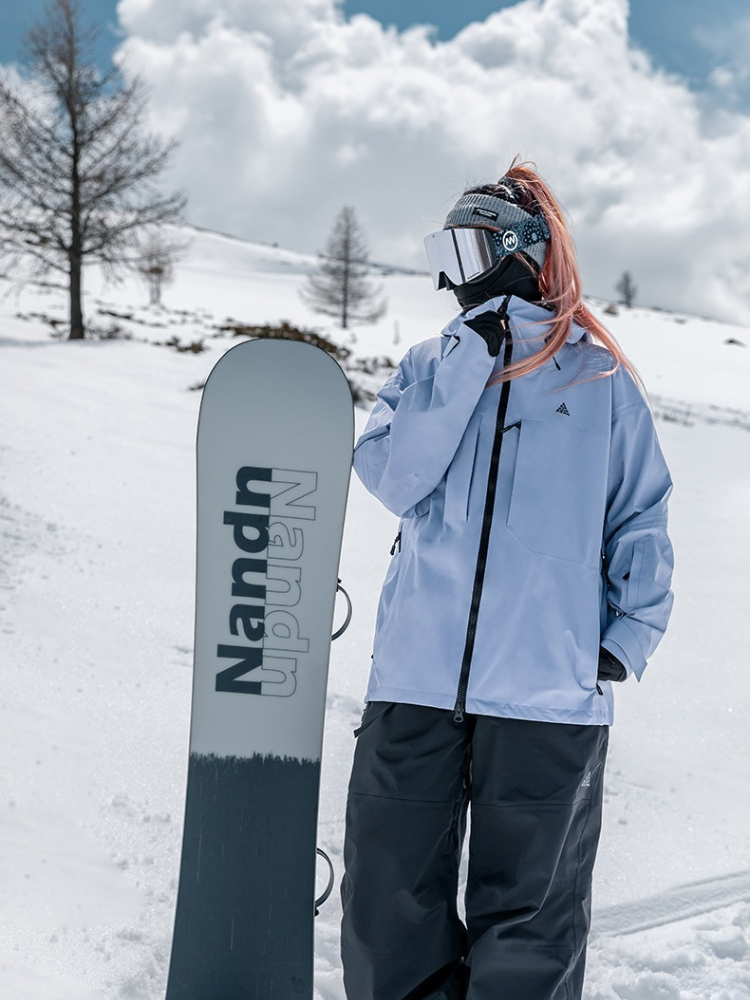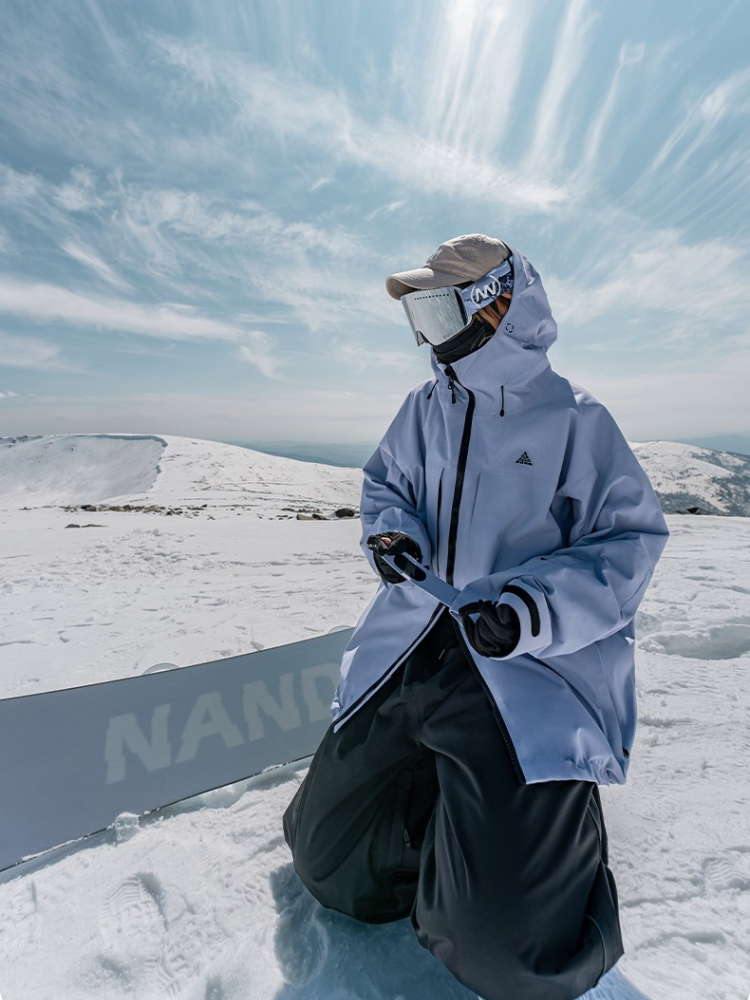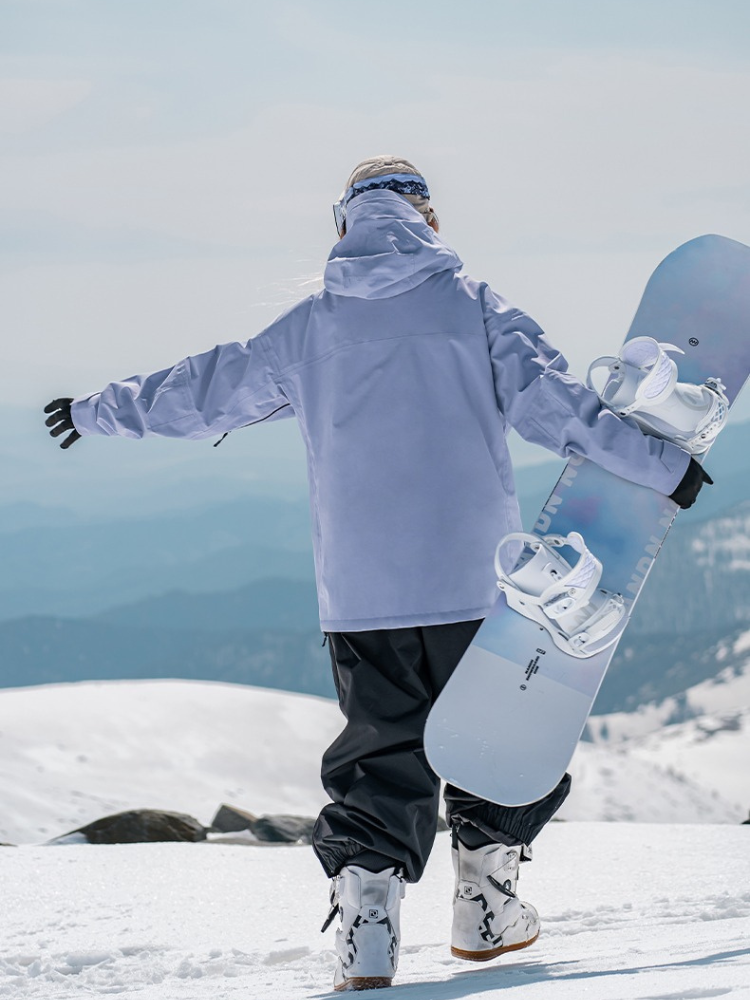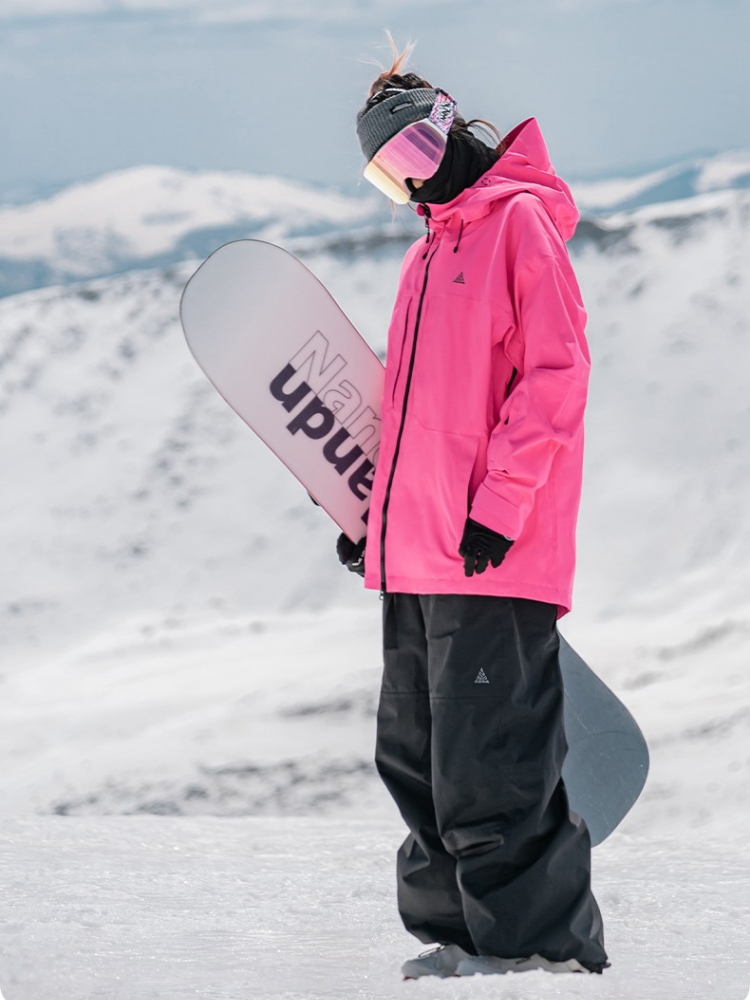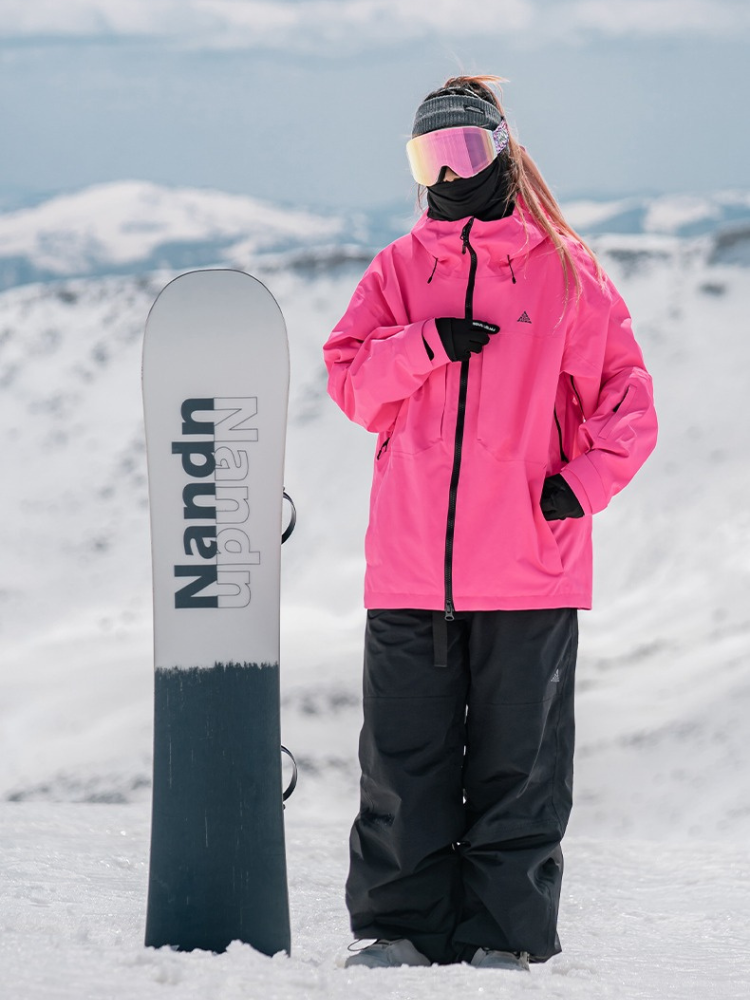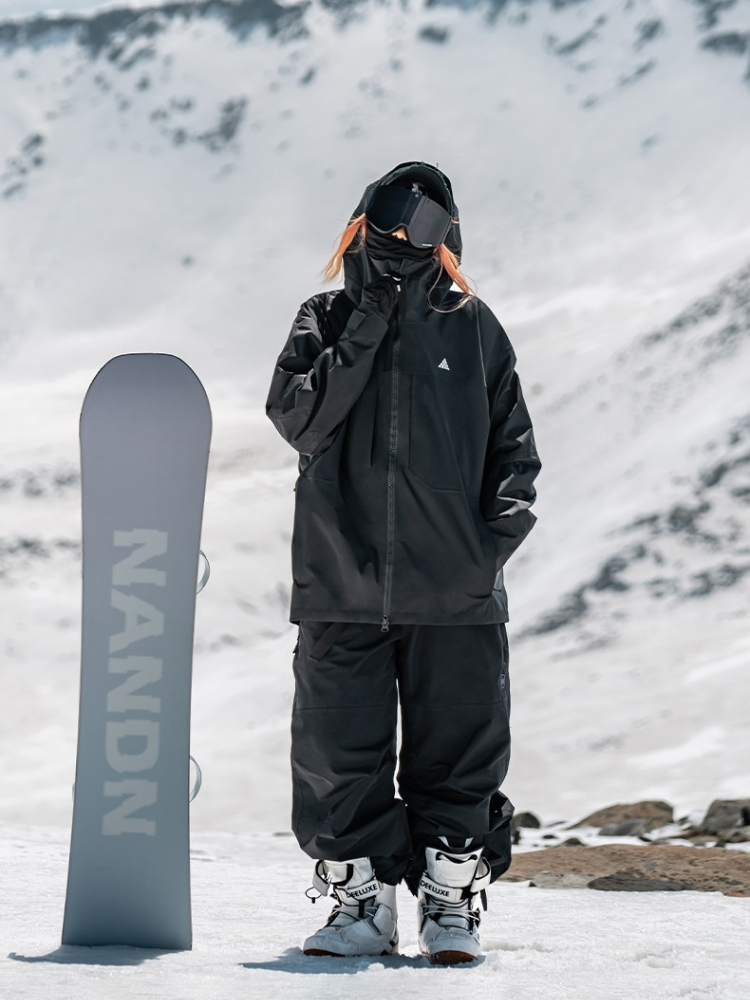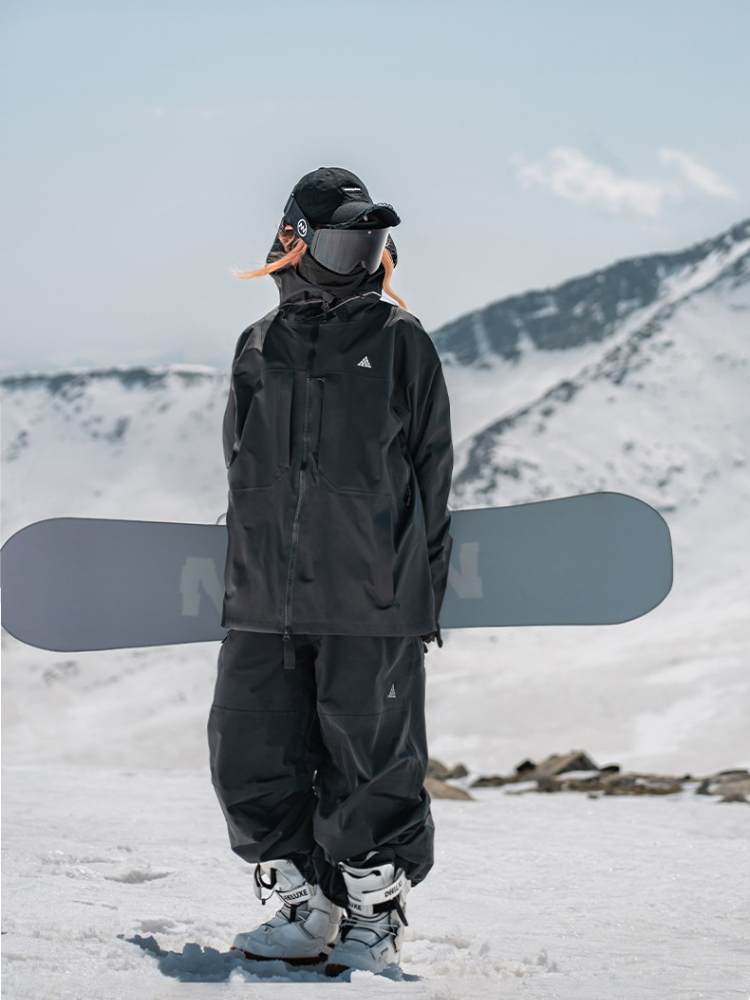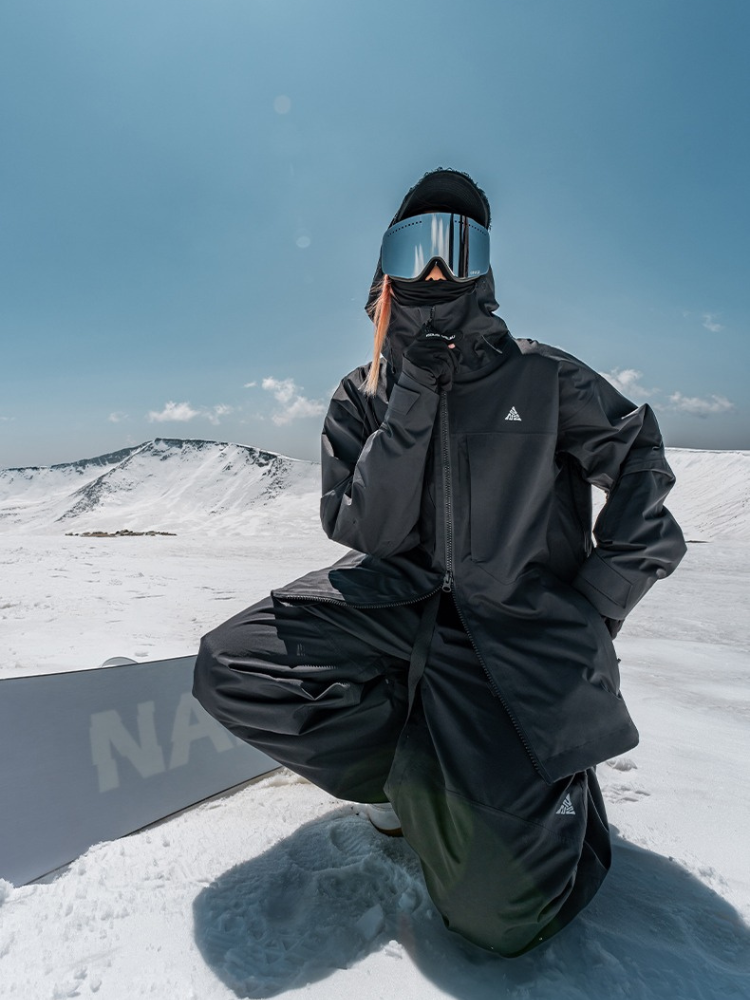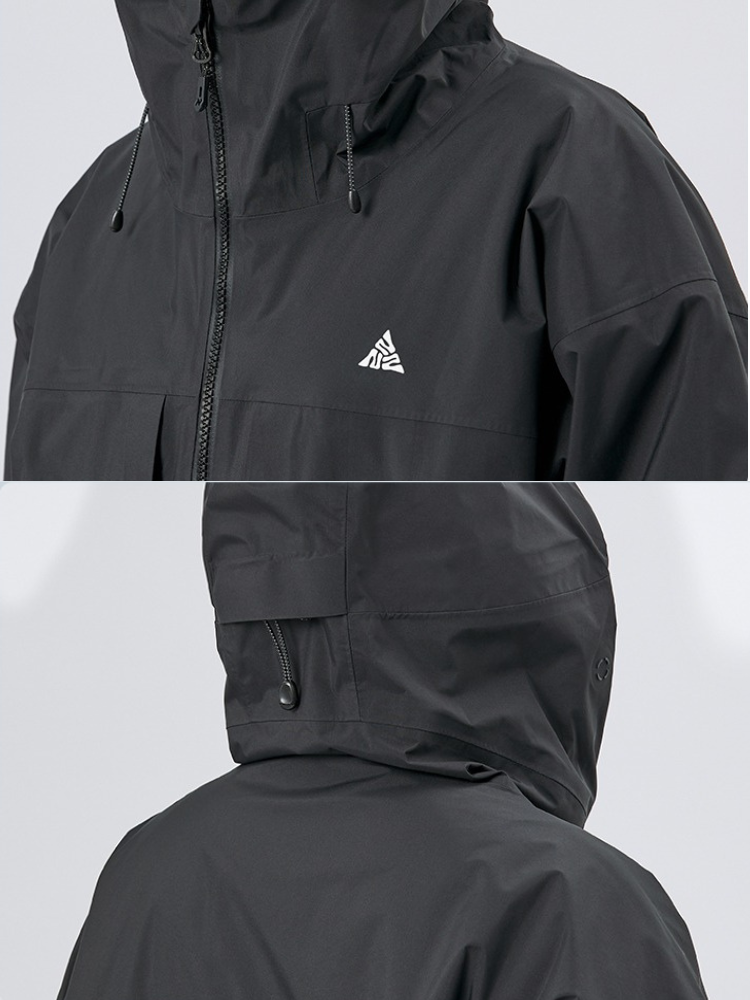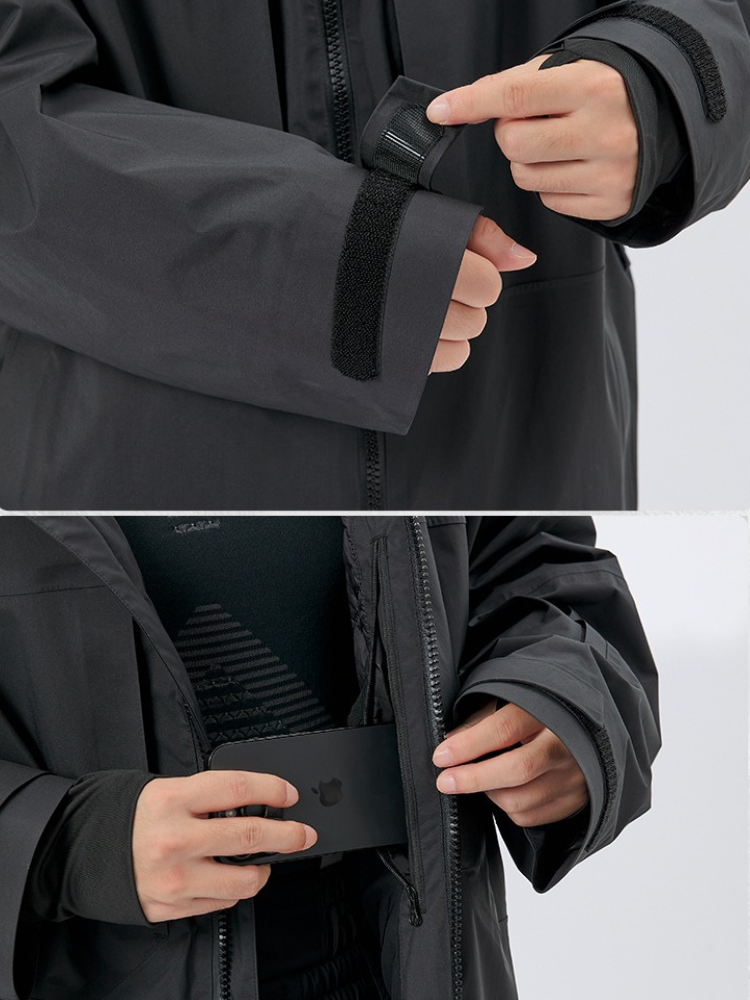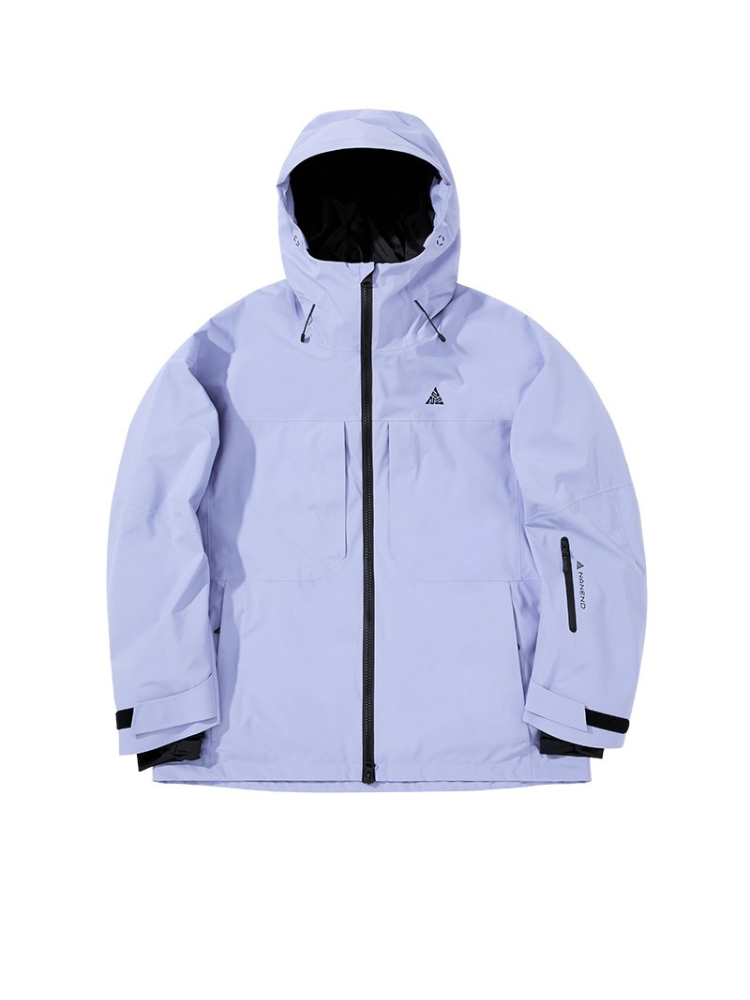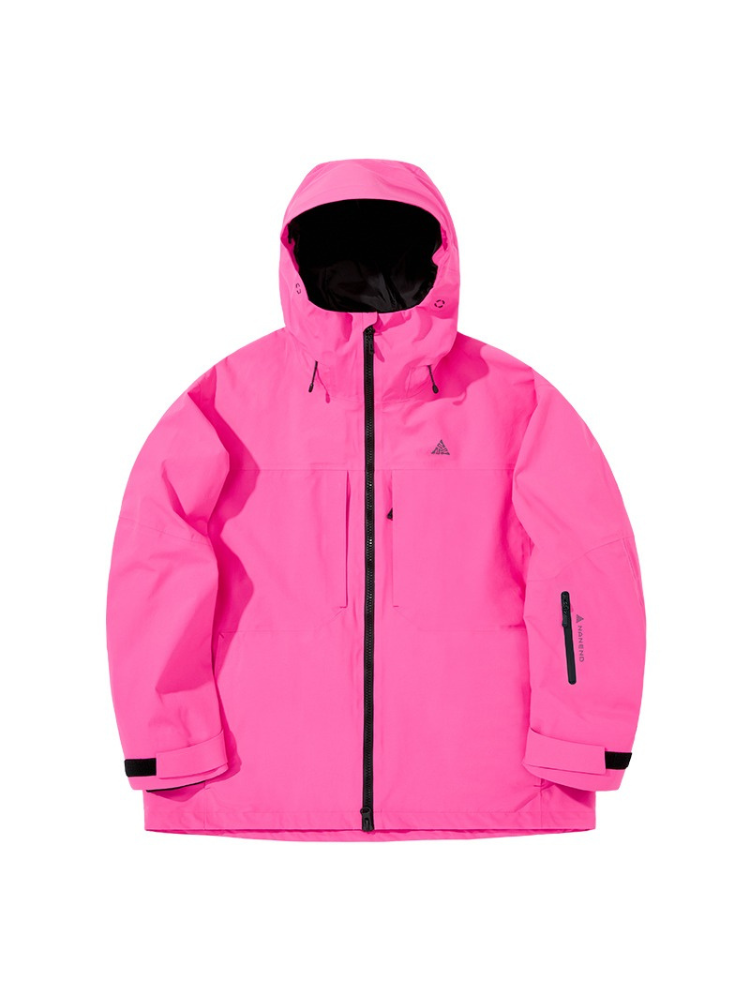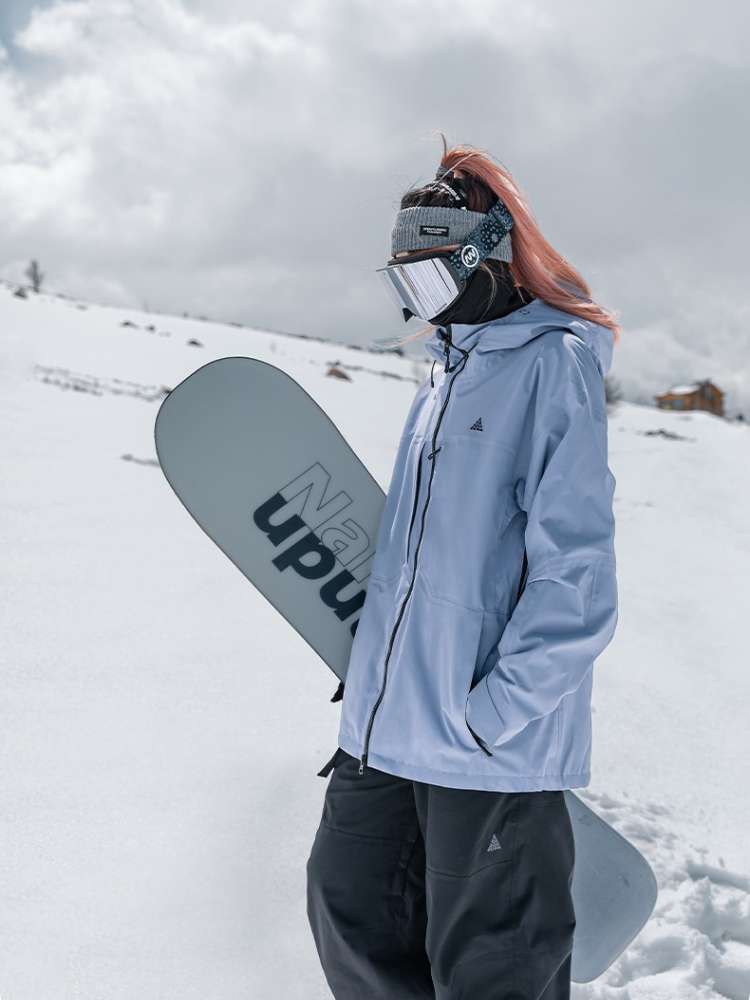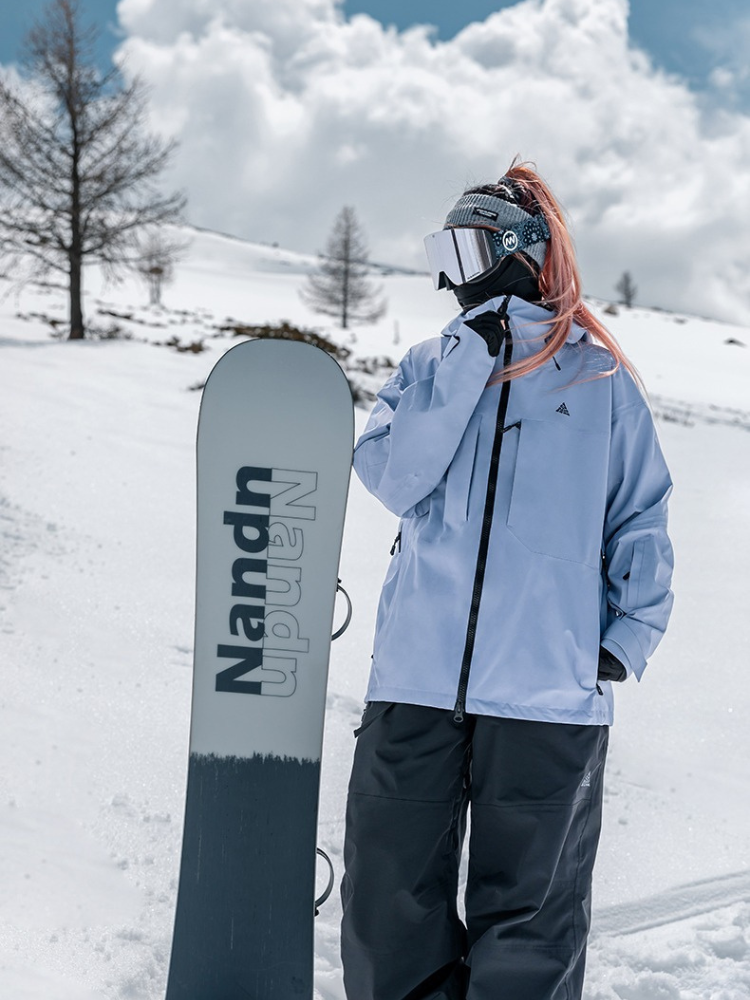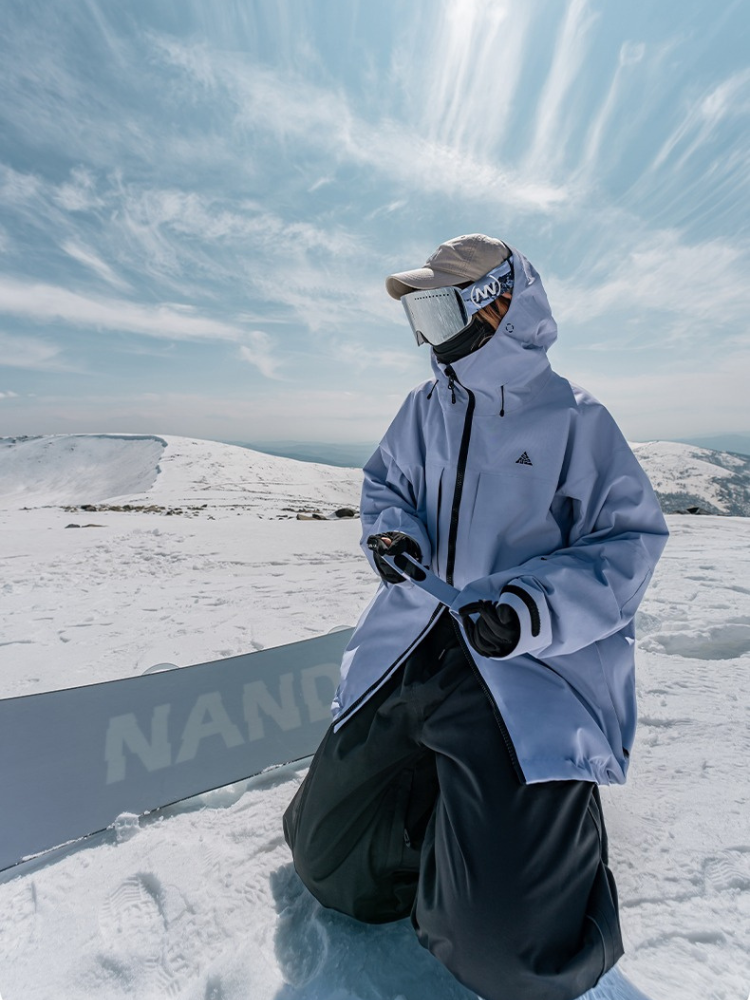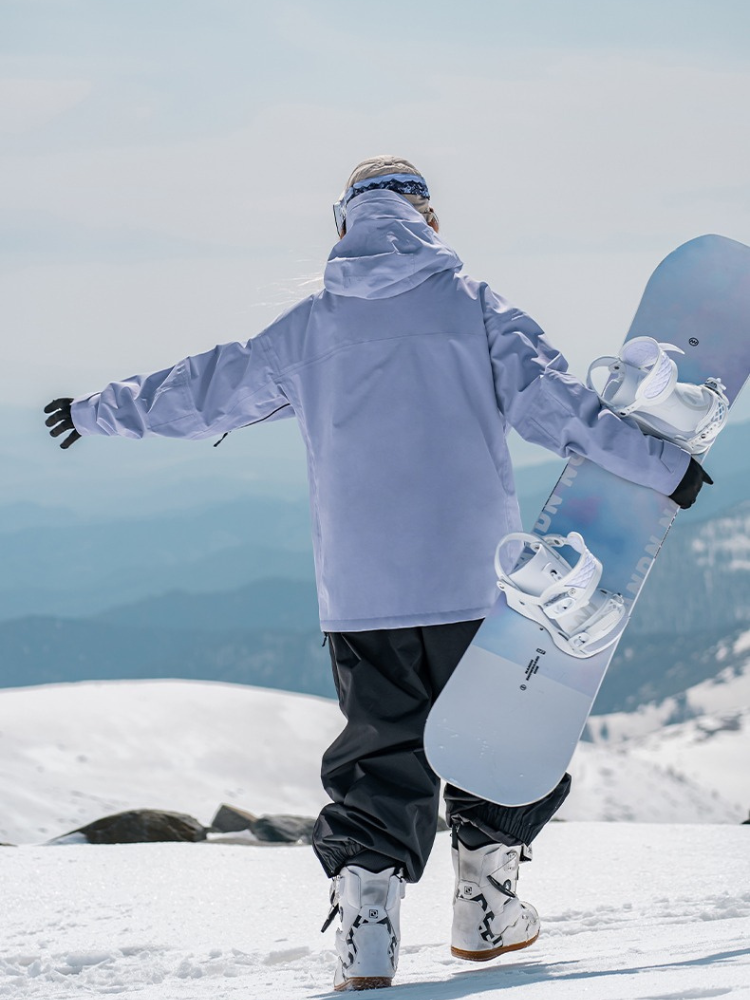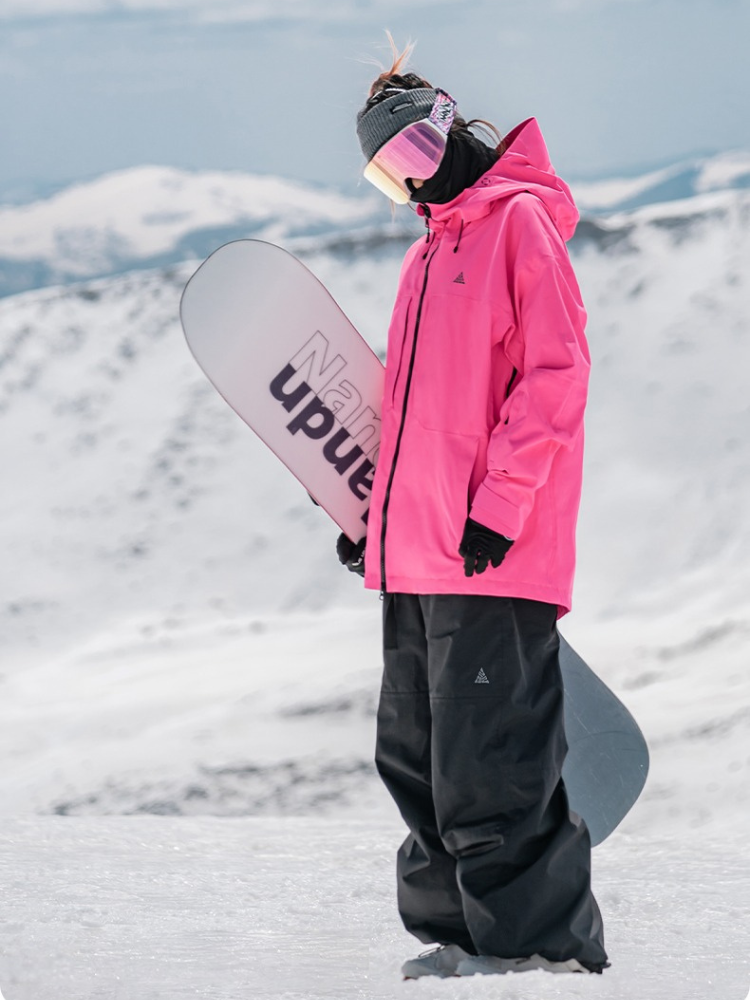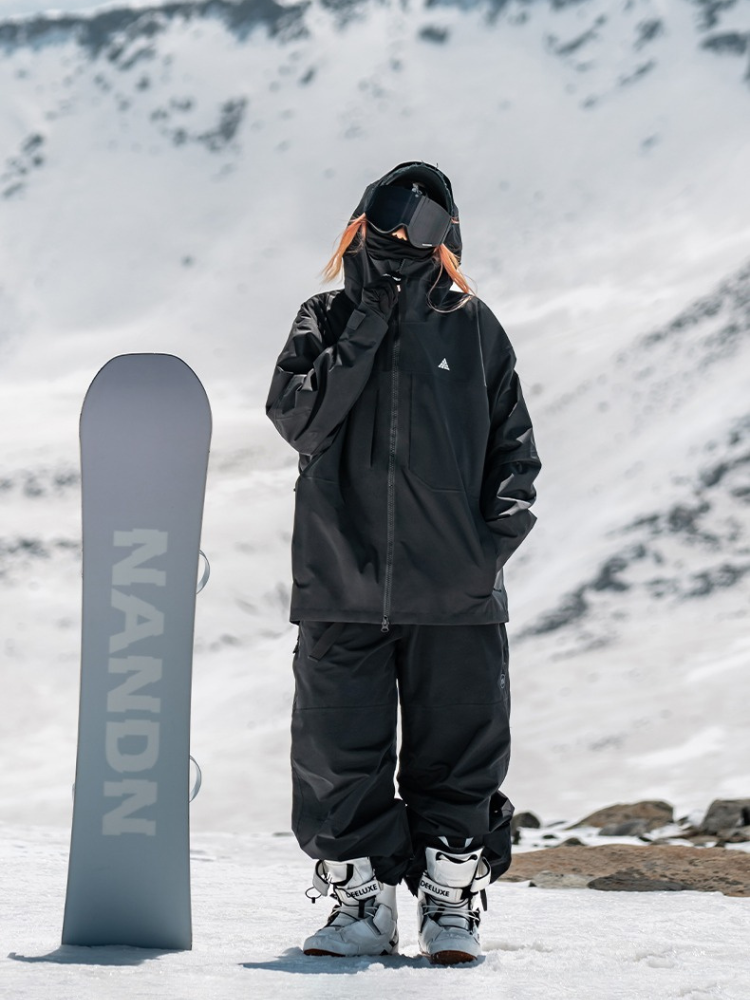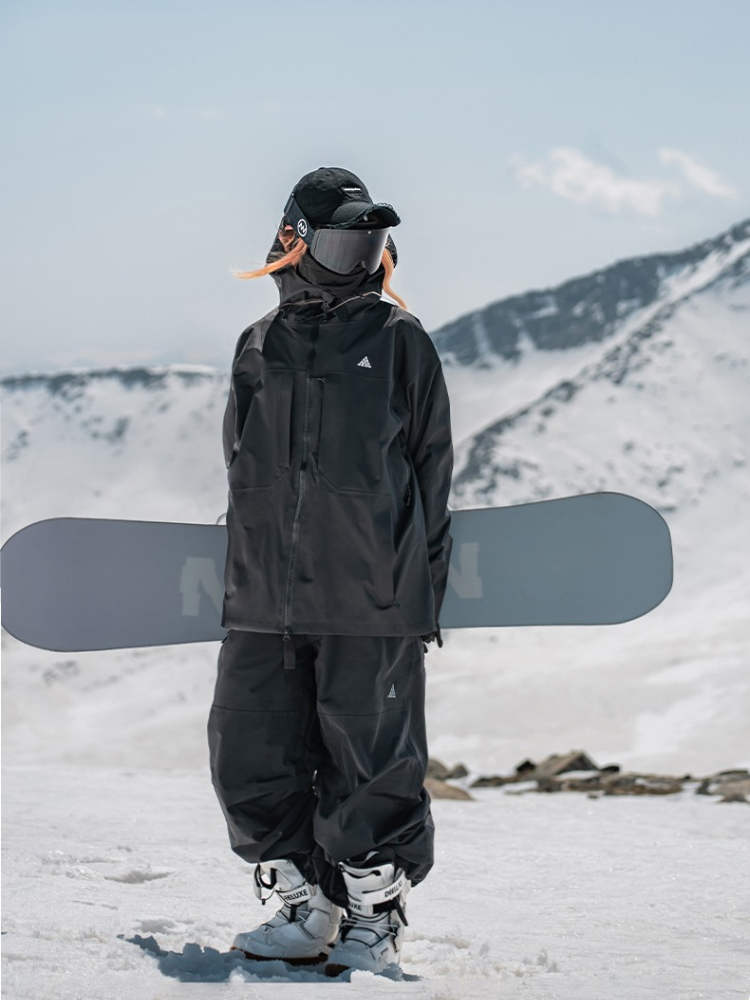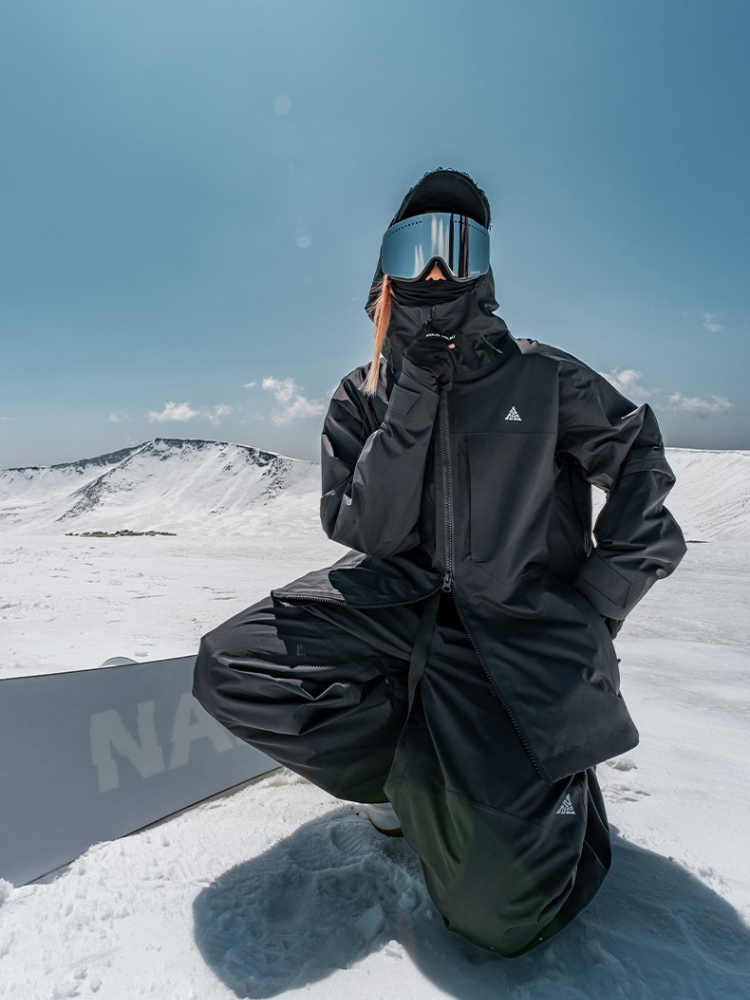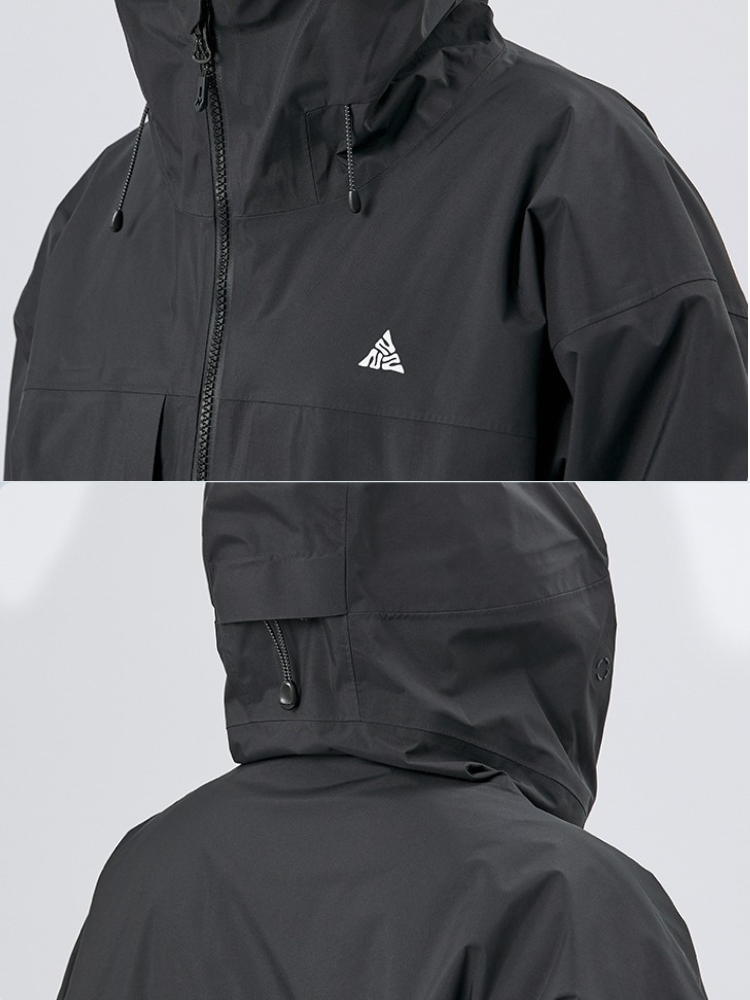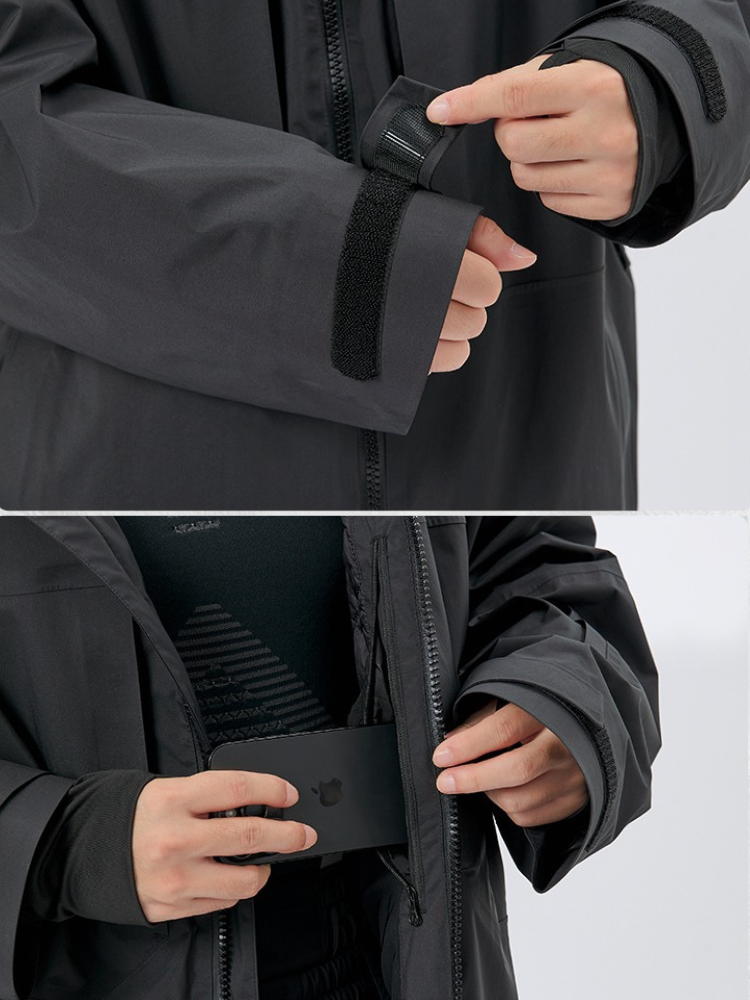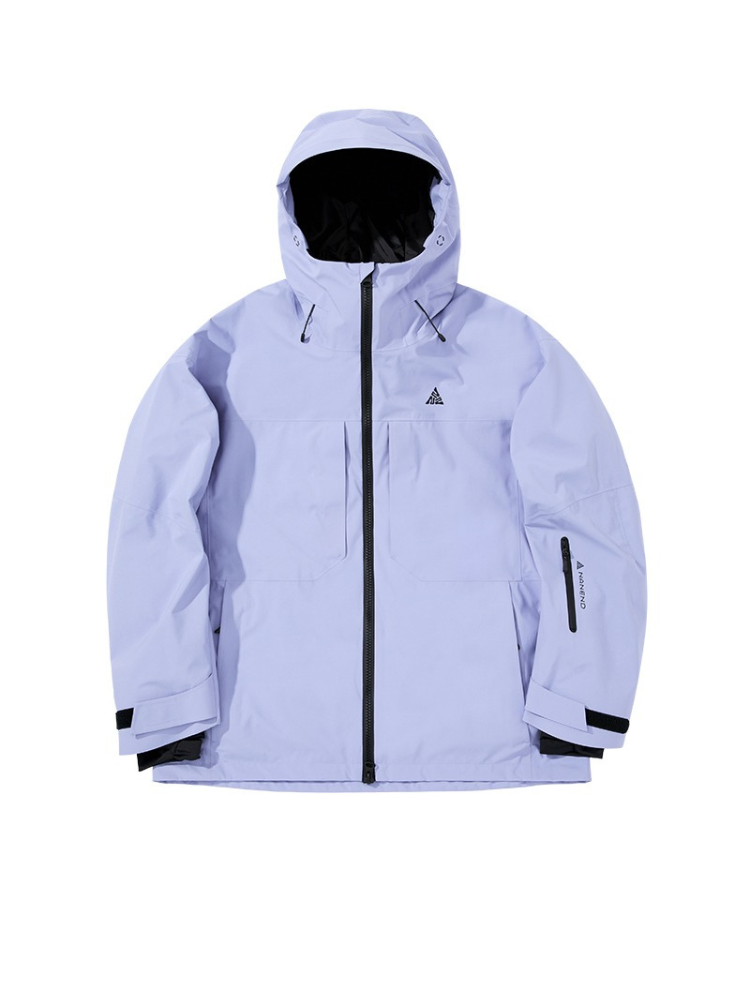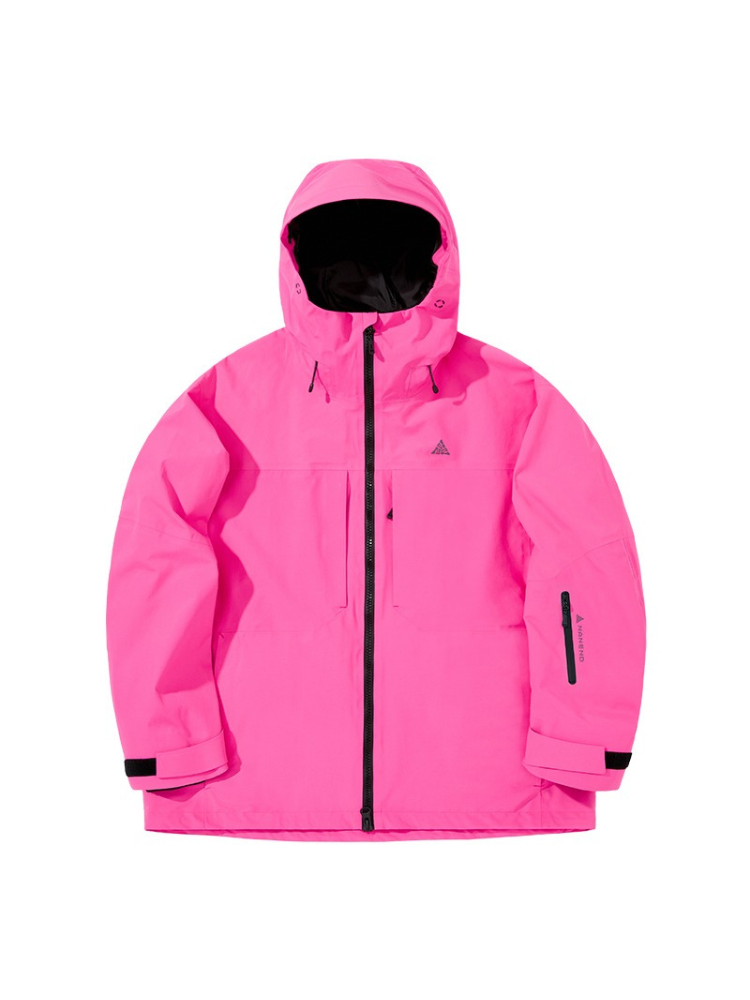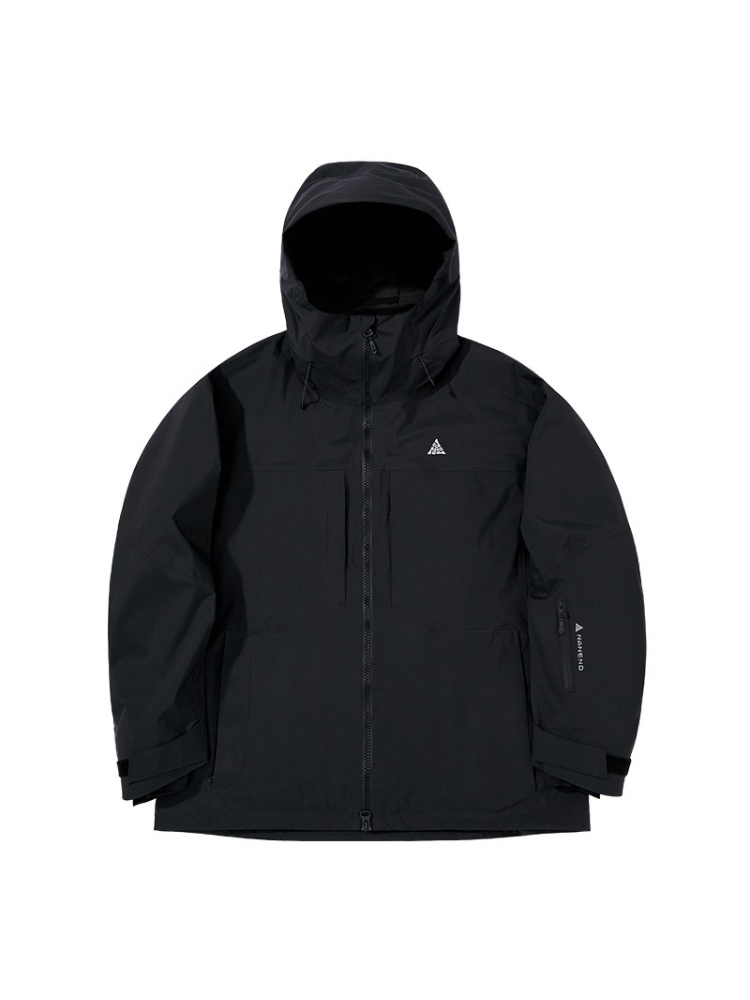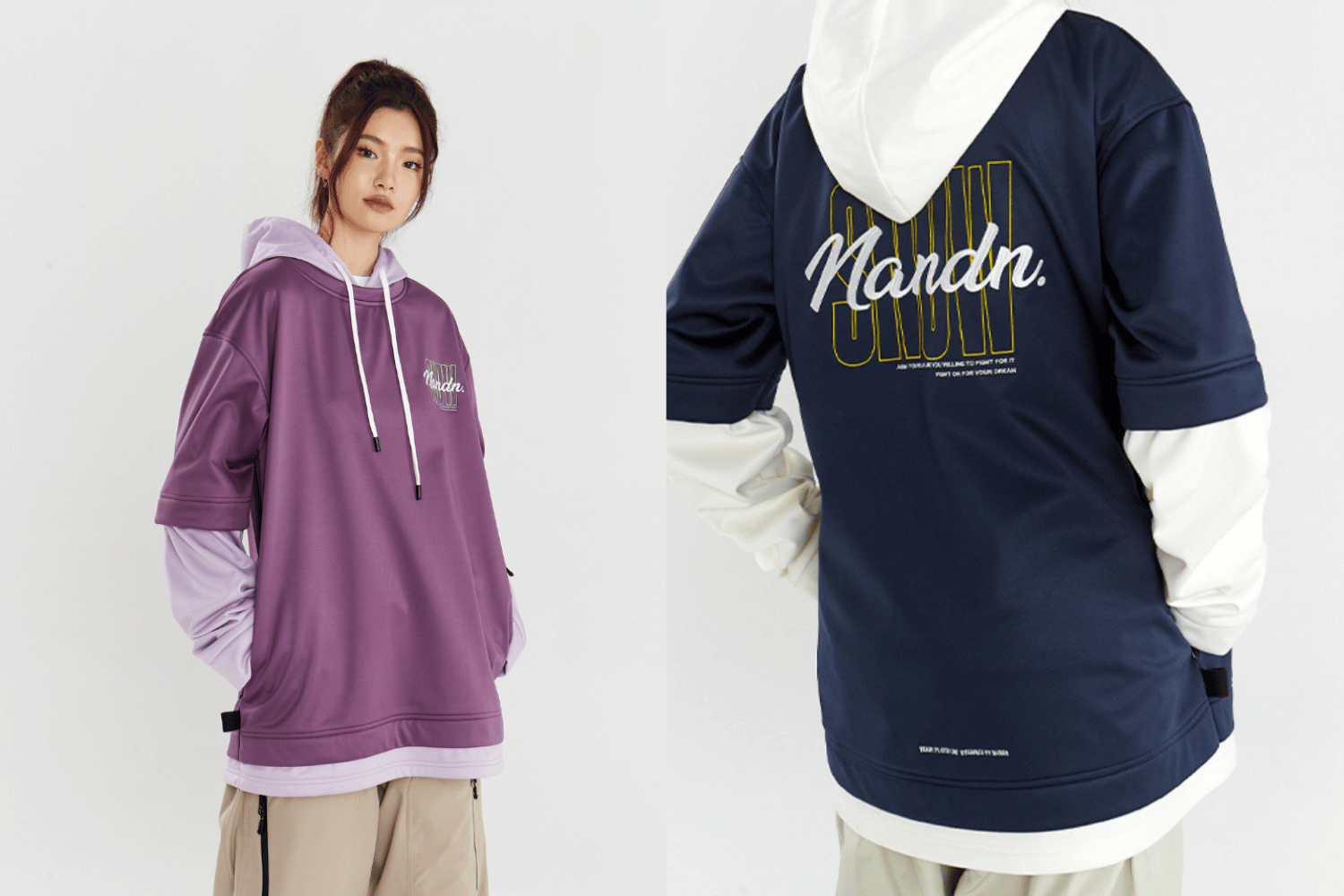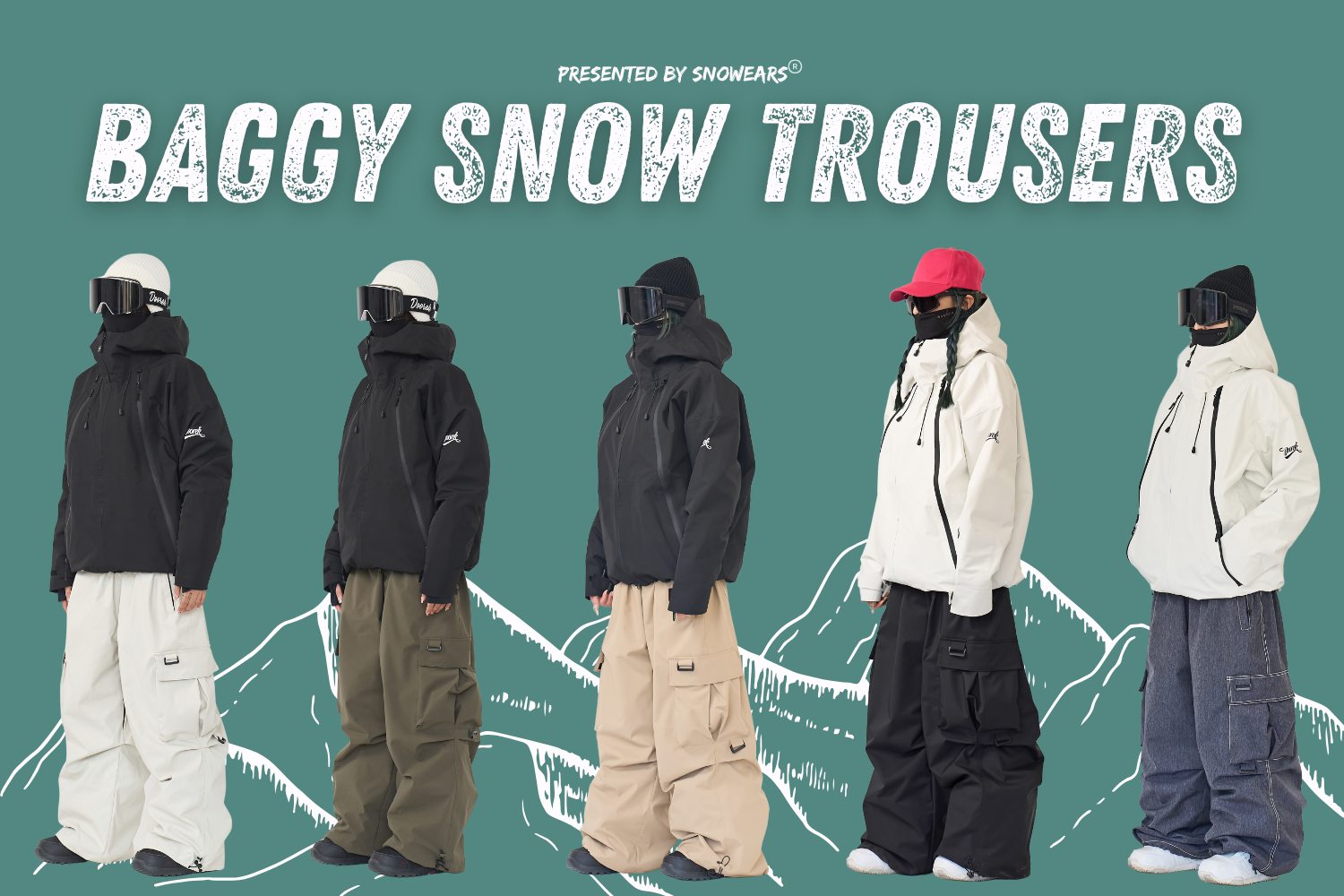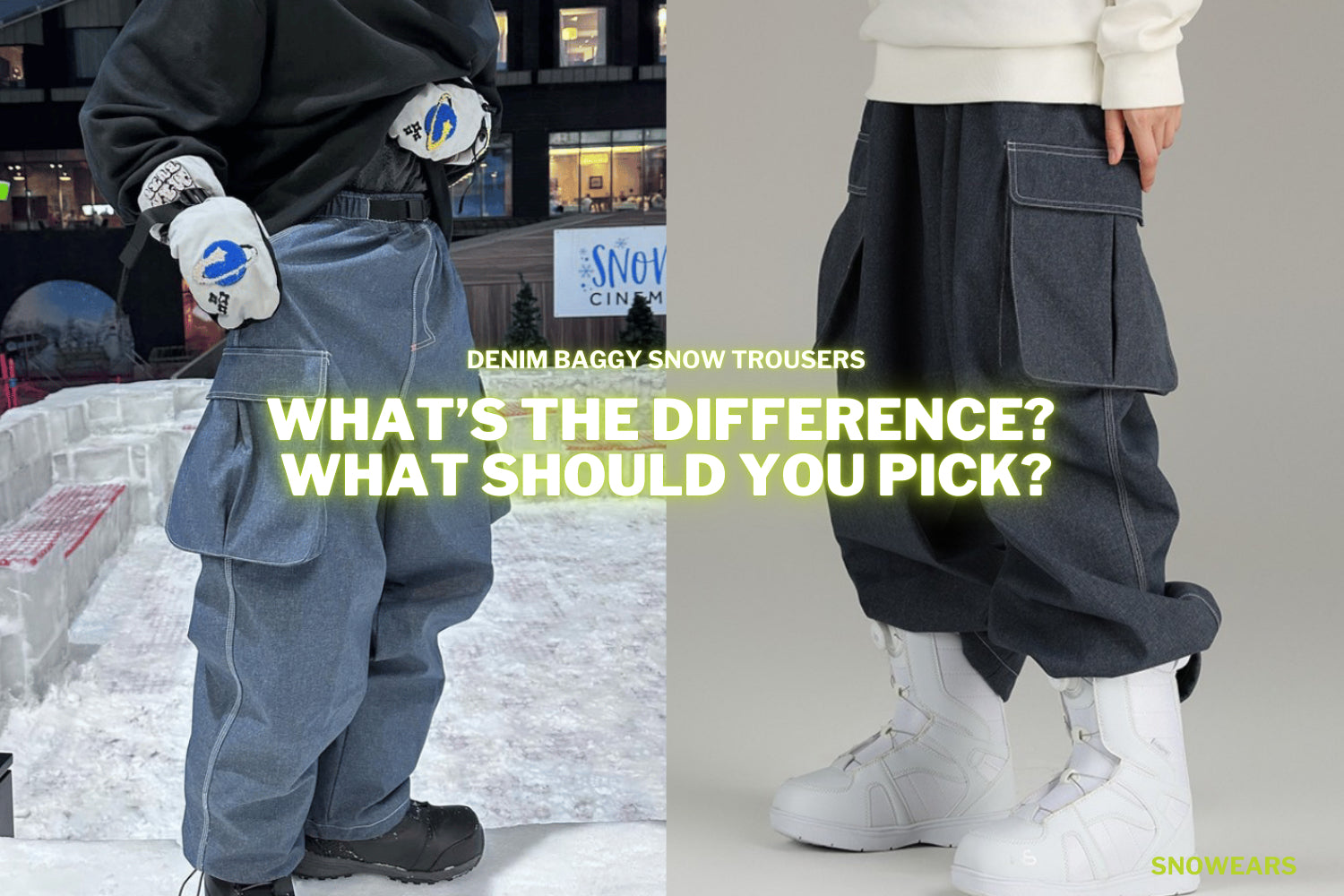Best Insulated Ski Jackets 2025: Top Picks for Warmth, Comfort & Performance
Cecilia Wong
August 20, 2025
Best Insulated Ski Jackets of 2025 | Snowears
Pre-intro
I tested 5 products and found the Doorek 3L Baggy Realm Down Ski Jacket to be the best insulated ski jacket
Intro
I’ve tested enough outerwear to separate hype from real performance. If I’m calling something one of the best ski jackets, it’s because it proved itself where warmth and comfort matter most.
My #1 pick is the Doorek 3L Baggy Realm Down Ski Jacket. It delivers reliable insulation without feeling bulky, tough shell protection, and a laid-back fit that works for long chairlift rides or quick park laps. It’s the rare insulated piece that feels at home in both deep winter storms and sunny spring sessions.
That said, the best men’s ski jackets and best women’s ski jackets aren’t always the same. Some skiers need heavy-duty warmth, while others look for the best budget ski jackets that still keep them dry. And if you’re chasing lightweight versatility, the best ski shell jackets—like the Winter Ticket Ski Jackets lineup—may be a smarter call.
This guide breaks down the winners across every category so you can find the best insulated ski jacket for your mountain days.
- Introduction
- Best Overall Insulated Ski Jackets
- Best Budget Insulated Ski Jackets
- Best Insulated Ski Jacket for Extreme Cold
- Best Resort Insulated Ski Jacket
- Best High-Performance Insulated Ski Jacket
- What To Consider When Buying Insulated Ski Jackets?
- Conclusion
Table of Content
#1 - Best Overall Insulated Ski Jackets
Doorek 3L Baggy Realm Down Ski Jacket
The Doorek 3L Baggy Realm Down Ski Jacket isn’t just about looks—it’s a heavyweight in performance too. Built with a waterproof 3-layer shell and down insulation, it keeps you dry through whiteout blizzards and warm on icy chairlifts. The oversized fit gives it freeride character while leaving room to layer. For resort riders and all-day storm chasers, it’s an impressive mix of function and flair.
Pros
- 3L waterproof shell + down insulation for top-tier storm protection
- Oversized baggy fit = mobility + park style
- Thoughtful pocket placement for on-the-go storage
- Adjustable hood that fits over helmets
Cons
- A bulkier build may feel heavy for long uphill tours
- A baggy cut won’t appeal to skiers who prefer trim fits
Detailed review
The Doorek 3L Baggy Realm Down Jacket was built for riders who treat storm days like a playground. The 3-layer shell fabric blocks snow and wind, while down insulation locks in warmth without feeling suffocating. Its baggy freeride fit makes it easy to move, layer, or just rock the park look. Pockets are smartly placed for gloves, passes, or snacks, and the oversized hood slides over a helmet with no fuss.
A storm-ready insulated shell that blends baggy freeride style with serious warmth. Best for riders who want protection and personality in one package.
Score: 4.7/5
It’s not the lightest option—backcountry purists may prefer slimmer shells—but that’s not the audience here. This jacket shines in lift-access powder laps, rail sessions, and long winter days when staying warm and dry is the only thing that matters.
#2 - Best Budget Insulated Ski Jackets
NIS Retro Shell Snow Jacket
The NIS Insulated Coach Jacket is built for riders who like their gear to work hard without looking technical. It has a water-resistant shell that handles snowy days, paired with synthetic insulation that keeps you warm on long chairlift rides. The minimalist coach jacket design stands out in a sea of bulky ski coats, making it as comfortable at après as it is in the park. For skiers who value versatility and clean style, it’s an easy win.
Pros
- Insulated build provides reliable warmth on cold resort days
- Water-resistant shell keeps snow and light moisture out
- Clean, casual design transitions seamlessly off the mountain
- Lightweight feel compared to heavier insulated ski jackets
Cons
- Not as protective as a 3L technical shell in extreme conditions
- Minimal features may feel too simple for gear-heavy riders
Detailed review
The NIS Insulated Coach Jacket takes a casual silhouette and equips it for the slopes. Its water-resistant shell sheds snow, while synthetic insulation holds in heat without weighing you down. The lightweight build and roomy cut make it easy to layer or move, and the coach jacket style means you’ll actually want to wear it beyond the resort.
A street-inspired insulated jacket that blends casual looks with mountain-ready warmth. Perfect for skiers and riders who want one jacket for lift laps and après.
Score: 4.6/5
That said, it’s not a technical backcountry piece—it lacks the full stormproofing of a 3-layer shell and doesn’t have the feature overload of high-end freeride jackets. But for resort days, rail sessions, and nights in town, it nails the balance of comfort, style, and function.
#3 - Best Insulated Ski Jacket for Extreme Cold
LITAN Gateway Shell Pullover Jacket
The NANDN 3L Ultimate Insulated Snow Jacket combines a 3-layer waterproof shell with premium insulation to handle snow, wind, and cold effortlessly. Stretch panels and adjustable features make it comfortable for layering and active skiing. It’s a top choice for women seeking performance and style in one jacket.
Pros
- 3L waterproof shell and premium insulation
- Insulated build keeps you warm without bulk
- Ergonomic cut allows easy layering and unrestricted mobility
- Multiple secure pockets for on-mountain storage
Cons
- Slightly heavier than minimalist jackets
- Bulk may feel overkill on sunny days
Detailed review
The NANDN 3L Ultimate Insulated Snow Jacket is built for serious skiers and riders who demand performance in harsh conditions. Its 3-layer waterproof fabric keeps moisture at bay even during all-day storm laps, while the insulated panels ensure you stay warm without feeling restricted or weighed down. The jacket’s tailored fit is technical but flattering, leaving room for layering without looking boxy.
Uncompromising warmth and weather protection in a sleek freeride package, built for riders who won’t settle for less.
Score: 4.6/5
Practicality hasn’t been overlooked either. Multiple pockets—including chest and side options—make it easy to stash goggles, snacks, or a phone without interfering with movement. The hood is helmet-compatible, and the cuffs and hem cinch down to seal out spindrift on blower days.
That said, if your priority is weight savings for backcountry touring, this jacket leans heavier than a minimalist shell. But for resort riders, freeride skiers, and anyone who values staying warm and dry through relentless conditions, this jacket is a standout. It combines premium design, reliable protection, and modern freeride style in one all-season workhorse.
#4 - Best Resort Insulated Ski Jacket
Alphelia Lifaloft Jacket
The Helly Hansen Alpha Lifaloft Jacket blends LIFALOFT insulation with HELLY TECH Professional fabric to deliver impressive warmth without unnecessary bulk. Built for all-day comfort at the resort, it balances protection, breathability, and mobility in a polished package. Its lighter construction makes it versatile, but those chasing long backcountry ascents may want more venting or a trimmer fit.

Pros
- Lightweight LIFALOFT insulation
- Waterproof, breathable HELLY TECH fabric
- Articulated sleeves and helmet-compatible hood
- Powder skirt and multiple storage pockets
Cons
- Less protection in severe storms
- Minimalist design may lack advanced technical features
Detailed review
Helly Hansen’s Alpha Lifaloft Jacket is engineered for skiers who want warmth, comfort, and clean design in one versatile layer. The lightweight LIFALOFT insulation punches above its weight, offering reliable warmth without the bulk of traditional down or synthetic fills. Paired with HELLY TECH Professional fabric, the jacket blocks out snow and wind while maintaining solid breathability for lift-access laps or short sidecountry hikes.
Lightweight warmth and reliable protection for resort skiers, though not the best pick for high-output touring.
Score: 3.9/5
The design focuses on ski-day practicality. A snap-away powder skirt, lift-pass pocket, and articulated arms keep you moving freely while staying protected in variable conditions. The detachable, helmet-compatible hood adds adaptability when the weather shifts. While it excels for resort skiing, the jacket’s limited venting and snug fit may not satisfy those tackling demanding uphill missions. Still, for skiers seeking a lightweight, insulated shell with refined resort-ready features, the Alpha Lifaloft—and the women’s Alphelia version—deliver standout performance.
#5 - Best High-Performance Insulated Ski Jacket
Khroma Diffract Insulated Ski Jacket
The Rab Khroma Diffract Insulated Ski Jacket is purpose-built for powder hunters who want insulation without compromising weatherproofing. Featuring waterproof Proflex fabric and strategically mapped PrimaLoft Silver insulation, it locks in heat where you need it most while still allowing airflow during high-output laps. Its robust build makes it a trustworthy choice in tough alpine conditions, though it’s not the lightest option for extended uphill pushes.

Pros
- Waterproof Proflex fabric
- Targeted PrimaLoft Silver insulation
- Helmet-compatible hood and wind collar
- Pit zips and removable powder skirt
- Multiple functional pockets
Cons
- Heavier than minimalist shells
- Bulk may restrict long uphill touring
Detailed review
Rab’s Khroma Diffract Insulated Ski Jacket is engineered for skiers who want maximum protection when chasing powder stashes and navigating storm days. Its Proflex fabric creates a waterproof yet stretchy barrier, keeping snow and wind locked out while maintaining flexibility for aggressive skiing. PrimaLoft Silver insulation is carefully zoned to boost warmth in critical areas, reducing unnecessary bulk in spots where mobility matters most.
Reliable storm protection and targeted warmth for deep snow missions, but heavier than ideal for long climbs.
Score: 3.9/5
Ventilation and protection are both well-considered. Two-way pit zips dump heat quickly during climbs, while the removable stretch powder skirt and helmet-compatible hood with wind collar seal out spindrift on blustery descents. Storage is equally refined, with multiple pockets that remain accessible even with a pack strapped on. The jacket’s weight and bulk, however, make it less appealing for big touring days where ounces matter. For riders focused on resort powder laps and storm-chasing missions, the Khroma Diffract delivers dependable warmth and weatherproofing in a rugged, high-performance build.
What To Consider When Buying Insulated Ski Jackets?
Picking the right insulated ski jacket can feel tricky. Jackets come in all shapes, weights, and with a variety of insulation types and features. While everyone’s favorite brand or style might look great on paper, knowing what to watch for before you buy can save frustration on the slopes.
Do you need something super warm for frigid mornings, or something breathable for high-intensity laps? Should you go for down, synthetic, or a mix? And what about the little details—helmet-compatible hoods, pit zips, powder skirts, or the right pockets for your lift pass and snacks?
Before you start scrolling through options, it helps to understand the core factors that actually make a difference in comfort, performance, and versatility. Below, we’ve broken down the main points to keep in mind so your next insulated jacket is a perfect fit for your skiing style—and your days on the mountain.
Use: Resort or Backcountry?
Resort and backcountry ski jackets are built with different priorities. Backcountry models often lean on tougher shells to handle scrapes from rocks and trees.

Resort jackets, meanwhile, focus on convenience, adding more pockets and zippers to stash passes, snacks, or gloves—features that make long lift days smoother.
Shell Layers: 2L vs 3L
Three-layer shells deliver maximum defense—waterproof, windproof, and highly breathable. While 3L construction outlasts and outperforms in rugged conditions, both 2L and 3L options shield effectively from snow, wind, and wet weather when you’re carving turns or chasing powder.

Insulation
Because skiing happens in frigid environments, insulation is critical for comfort. Some jackets feature synthetic fill, others natural down, and a few use hybrid blends.
Down remains the gold standard for lightweight warmth, often outpacing synthetics in pure heat retention. But it comes at a premium cost and loses insulating power once soaked.

Synthetic options like PrimaLoft are engineered to replicate down’s loft while maintaining performance in damp conditions. They’re more affordable, easier to care for, and still trap warmth when wet. Hybrids combine both, offering the natural warmth of down with the wet-weather reliability of synthetics.
Warmth
Insulated jackets naturally deliver more warmth, making them an obvious choice when your local resort is known for frigid conditions. Still, the decision isn’t always so straightforward. Think about how much time you spend standing still—teaching kids, waiting in long lift lines, or riding slow chairs. In these situations, the extra insulation is invaluable (there’s a reason so many ski instructors wear them). Personal tendencies matter too. If you’re the type who wears a down jacket indoors, an insulated model is the smart call for staying comfortable.

For most skiers, warmth needs shift across the season. Early winter often feels brutal, but late-March laps can be downright balmy. If you’re someone who skis from November through April (or later), a shell jacket may be the more versatile investment. On warmer days, the ability to scale back layers—or leave a midlayer behind entirely—adds comfort without compromise.
Waterproofing
Many ski jackets rely on robust waterproof shells to block out snow and sleet. GORE-TEX stands out as the benchmark, trusted for its blend of waterproof protection and breathability—crucial when skiing demands aerobic output. Other methods include Durable Water Repellent (DWR) coatings and proprietary waterproof fabrics designed to shed moisture.

A key tip: wash your GORE-TEX jacket when needed. Despite common myths, cleaning actually helps restore its performance, reviving water-beading and airflow rather than compromising the fabric’s long-term protection.
Breathability
When it comes to airflow, shells win by a landslide. Their thinner fabrics move heat and moisture far more efficiently than insulated models, making them the better option when you’re working hard. Price usually reflects performance. Softshells also appeal to backcountry riders, though their reduced weather resistance limits use in stormy conditions.

For resort skiing, breathability isn’t quite as critical. Many insulated jackets now feature pit zips or venting systems that let you dump heat on warmer days. Worn over a single baselayer, opening those vents can cool you rapidly, with nothing but thin fabric between skin and mountain air. That said, skiers pushing for all-day performance in variable terrain will see the greatest benefit from lightweight, three-layer shells. They combine waterproof protection with superior breathability, keeping you dry inside and out.
Fit
Comfort matters on the mountain, and ski jackets should move as naturally as you do. Because skiing involves constant motion, choosing a jacket with the right cut makes a big difference. Some designs lean relaxed for layering and freedom, while others contour closer to the body for a sleek, athletic profile.

Always check the product details to match your preference. Features like articulated tailoring, gusseted panels, and body-mapped insulation can enhance mobility and ensure warmth where you need it without restricting performance.
Weight
Weight may not be the first thing resort skiers think about, but a jacket that drags you down can sap energy fast. Shells clearly win here: without insulation and built from lighter fabrics, they weigh noticeably less than insulated or 3-in-1 designs. That said, carrying an extra few ounces isn’t a dealbreaker—most jackets remain comfortable for a full day on the slopes.

Typically, lower-priced jackets rely on heavier fabrics and sturdier shells, while lightweight hardshells shine for uphill efforts, backcountry touring, or long ski-to-hike missions. For skiers venturing off-piste or relying on human-powered ascents, streamlined designs offer minimal drag, full mobility, and the freedom to move fast without sacrificing weather protection.
Ventilation
Skiing puts your body through constant temperature swings: icy mornings waiting for the lift, heart-pumping descents, and warm afternoons cruising soft snow. A well-designed ski jacket balances this by offering adjustable airflow. That’s why many include large pit zips or mesh-lined vents that dump excess heat quickly without sacrificing protection.

Insulated models, however, naturally trap more warmth, making them harder to cool off once you’re overheated. Choosing the right ventilation system ensures comfort all day, whether you’re charging hard laps or easing into spring conditions.
Other Features
The right details can make long days on the mountain far more enjoyable. Ski-specific features often separate a good jacket from one that feels built just for you.
Helmet-Compatible Hood
A hood that fits cleanly over your helmet is essential. Poorly designed hoods can block vision, while the best rotate naturally with your head for unrestricted awareness. Look for a snug but adaptable fit tailored for helmet use.

Pockets
Storage matters when you’re lapping lifts or exploring off-piste. Resort skiers will appreciate RFID pass pockets for fast access through gates. Large interior or exterior compartments are ideal for stashing snacks, spare gloves, or even a trail map, keeping essentials secure but easy to reach.
Powder Skirt
Deep snow calls for a powder skirt. Whether removable or fixed, it seals out spindrift and prevents snow from creeping inside your layers. Without one, waist-deep runs can turn cold quickly, cutting your day short. For storm riders, it’s a must-have feature.
People Also Read
Conclusion
After testing and evaluating the top insulated ski jackets of 2025, our number one pick is the Doorek 3L Baggy Realm Down Ski Jacket. It strikes the perfect balance between warmth, weather protection, and mobility, making it ideal for both resort and backcountry days. The combination of premium down insulation and a durable 3-layer shell keeps you cozy in freezing conditions while shedding moisture and wind. Ski-specific features like the helmet-compatible hood, removable powder skirt, and well-placed pockets make it as functional as it is protective.
What sets the Doorek apart is its versatility. Whether you’re charging steep powder, navigating busy lift lines, or spending hours on the mountain in variable conditions, this jacket delivers consistent performance without compromise. Few jackets provide this level of warmth and adaptability while maintaining a comfortable, baggy fit that allows freedom of movement.
FAQs
Have Any Questions?
We are here to answer all of your queries



